

Baia de guanabara, Rio de Janeiro, Brasil. 2019-2023 Ação, residência e pesquisa.
In times of emergency, to dream, and promote dreaming, is surely the most politically charged act we can do.
Faced with the modern political project of controlling and numbing the bodies, which deprives them of their power to act Sensitive Territories | Guanabara Bay seeks ethical, aesthetic, and political unfoldings through the laboratory practice of research and creation in arts as a driving force in the weaving of imagination to social, political, individual, and collective empowerment of communities, artists, and scientists. Our actions become an invitation to think, feel, imagine, and dream, inscribing ourselves within our own temporality, as much as beyond it. They are stimuli to investigate and compose possible ways of inhabiting and making the world, of belonging and acting for the construction of a world more socially and environmentally fair. A mode of meeting the other, of re-sensitizing our bodies, activating them, launching them to displacement, to suspension, to porosity.
On one side, by provoking encounters and exchanges in search of new possibilities of relating, of coexistence, and of co-creation between us humans and the territories we inhabit, and between humans and non-humans. On the other side, it is also an exercise of the invention of other ethico-politically engaged ways of making art, of proposing participation, collaboration, and engagement through creation processes that take place as events in a continuum.
Guanabara Bay has become an artivist action by rethinking the political potential of art in its connections with the social and the environmental, especially for its ability to foster dreams and to act in the construction of other [yes] possible worlds.

image 1
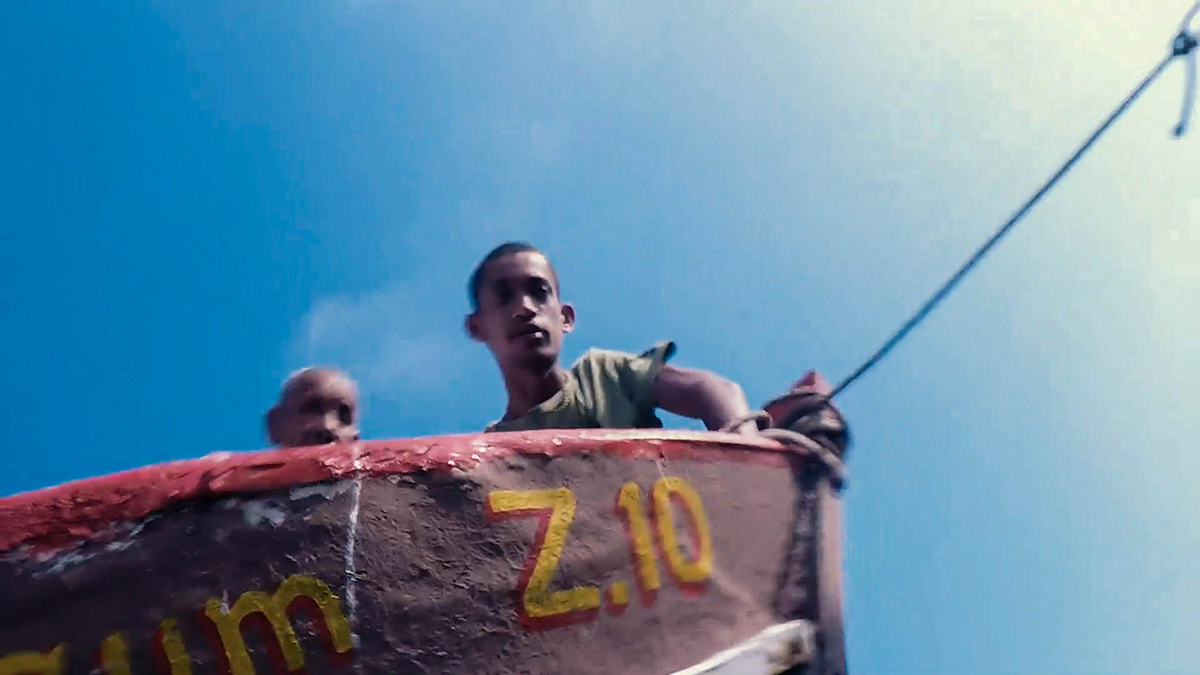
image 2
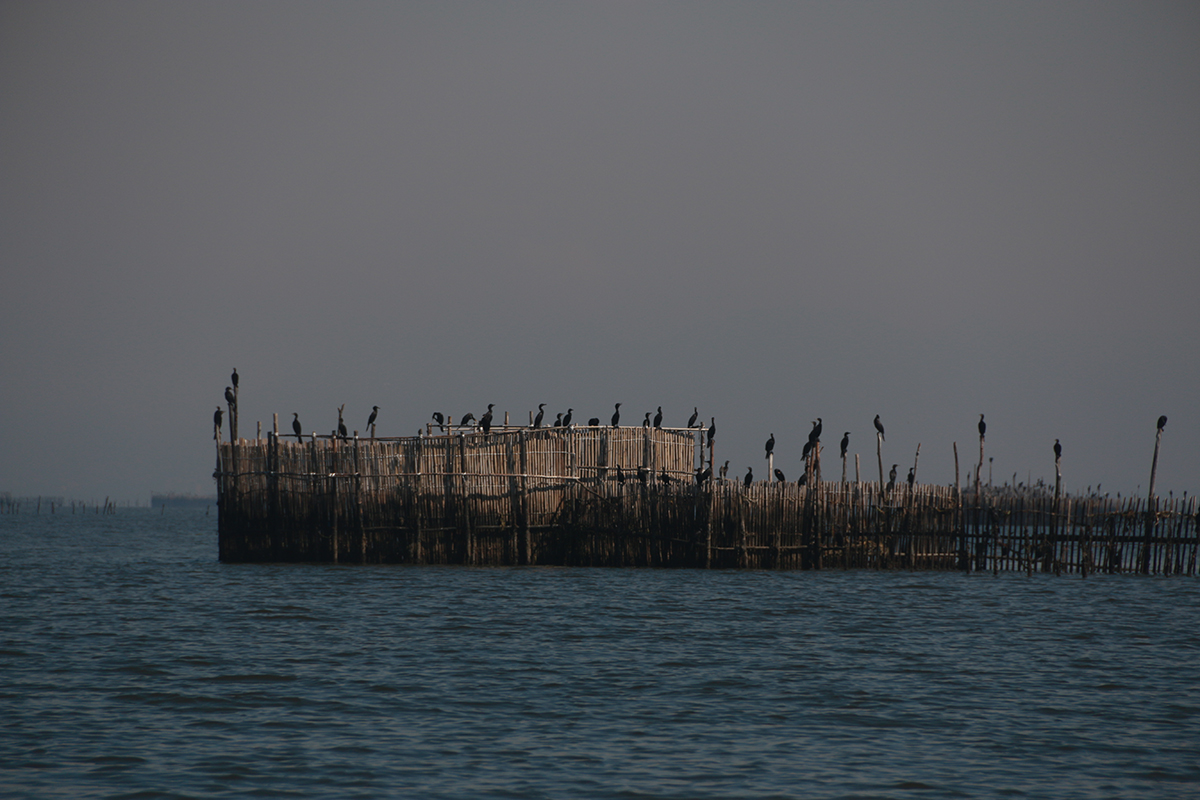
image 3
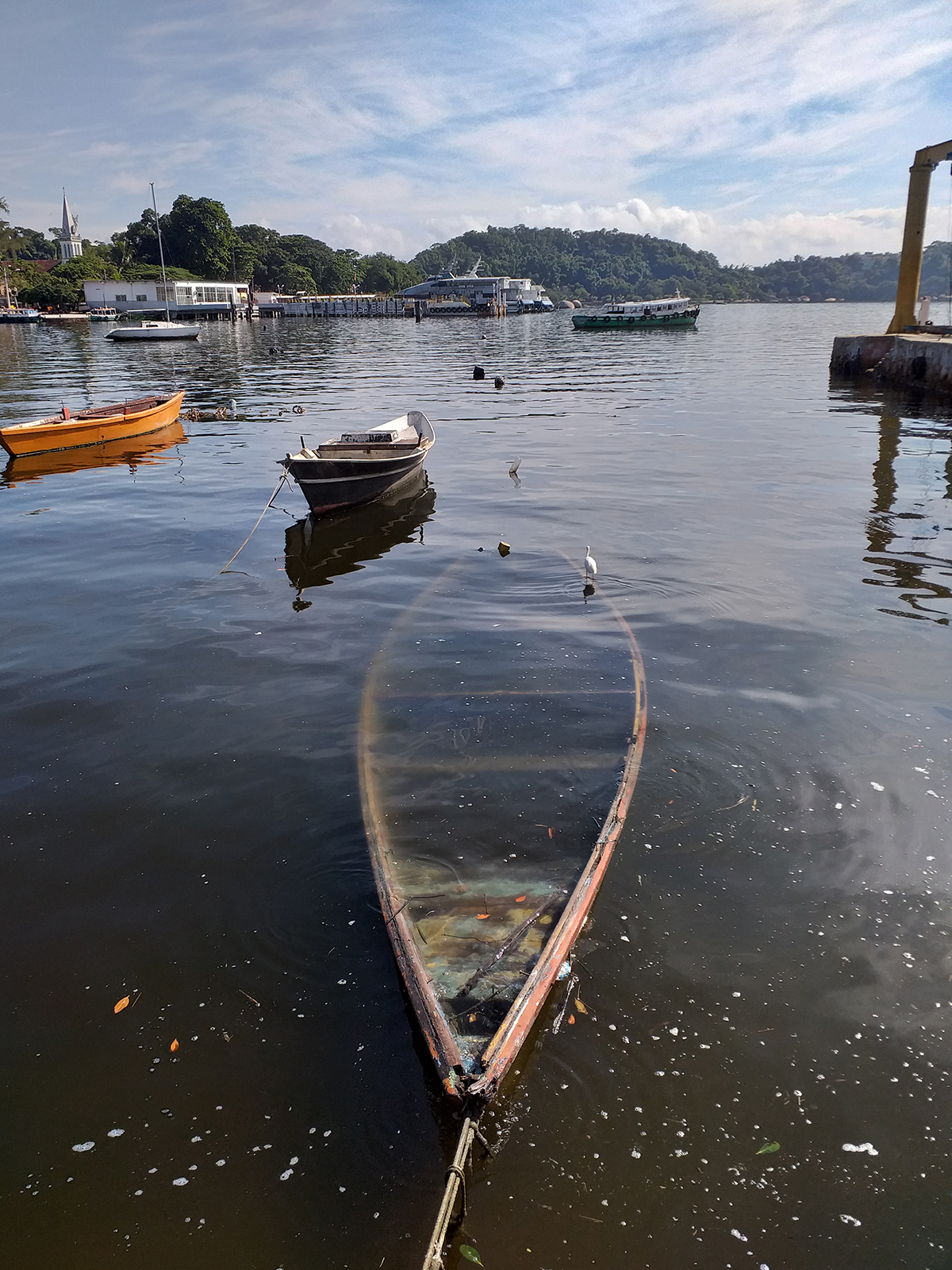
image 4
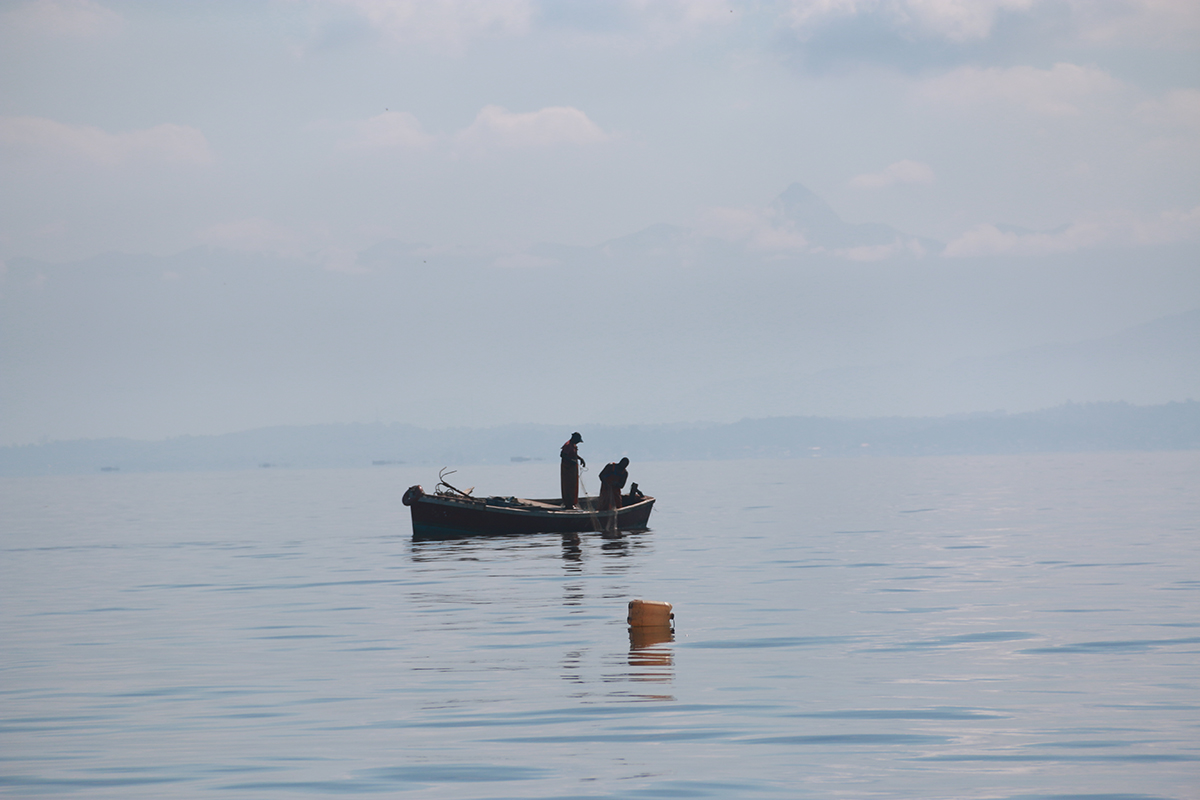
image 5

image 6
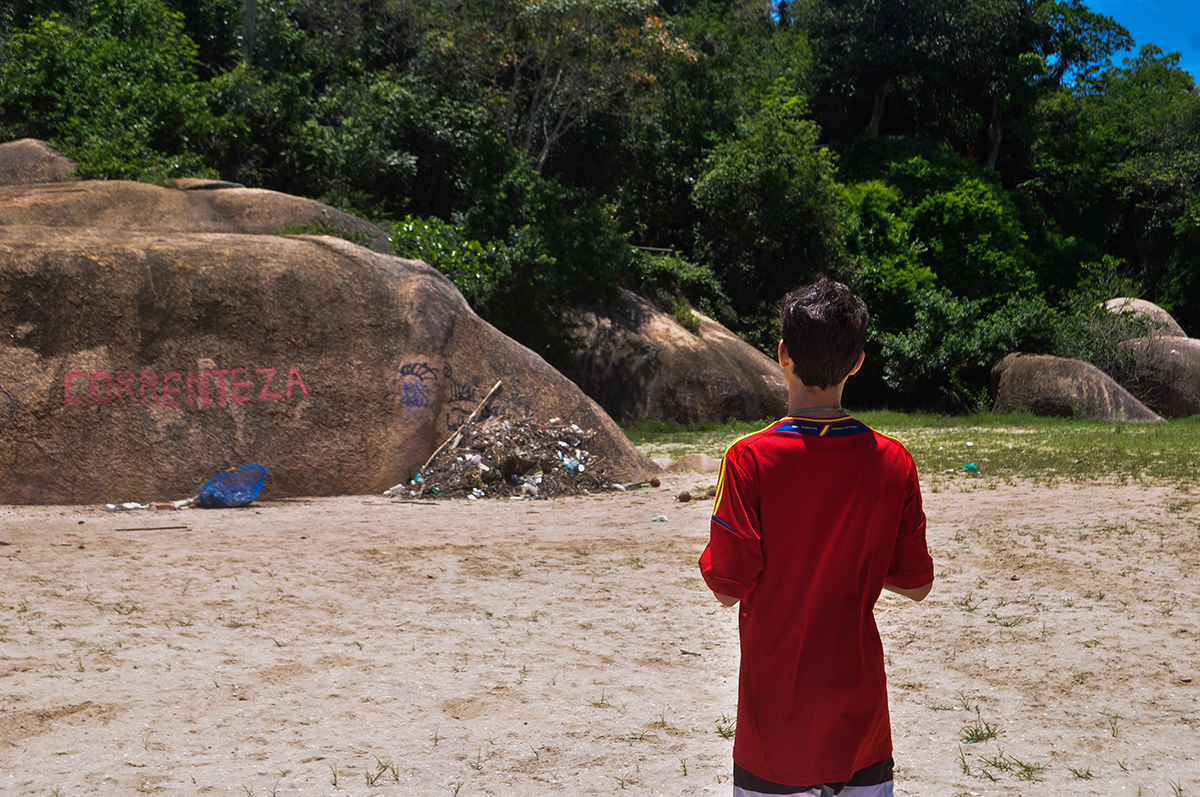
image 7
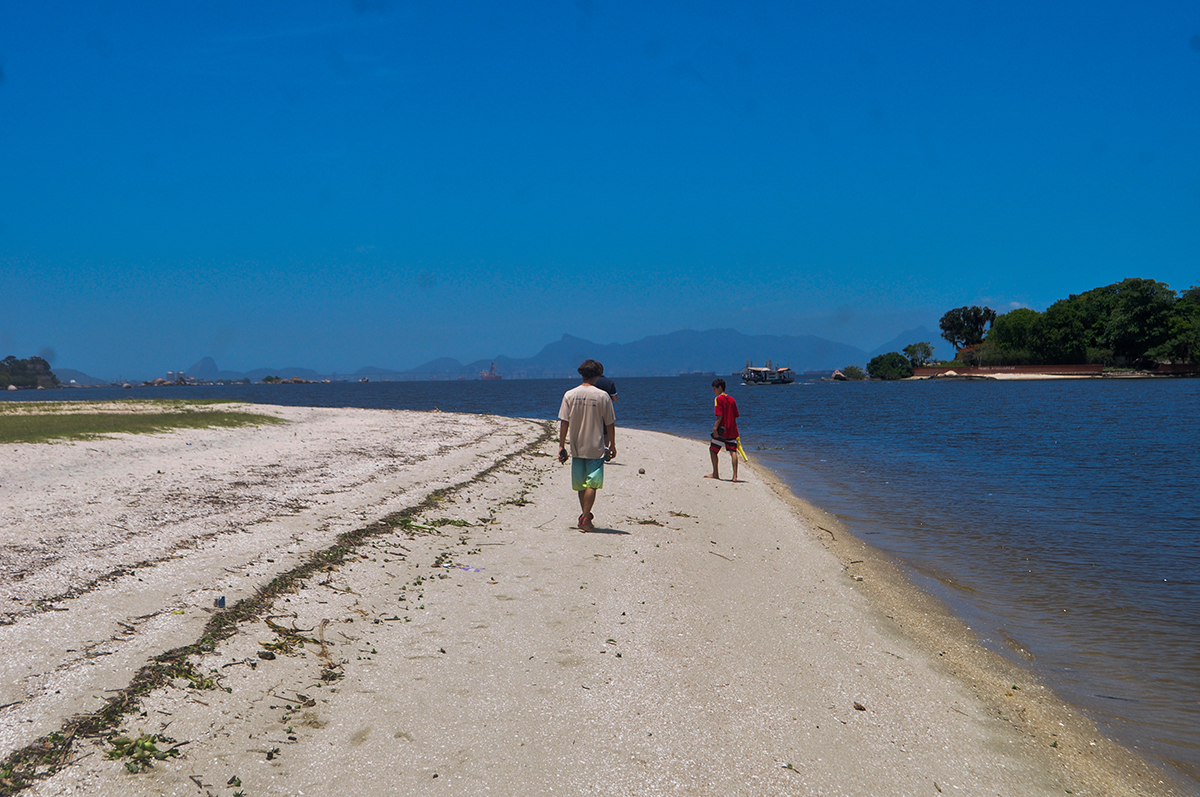
image 8
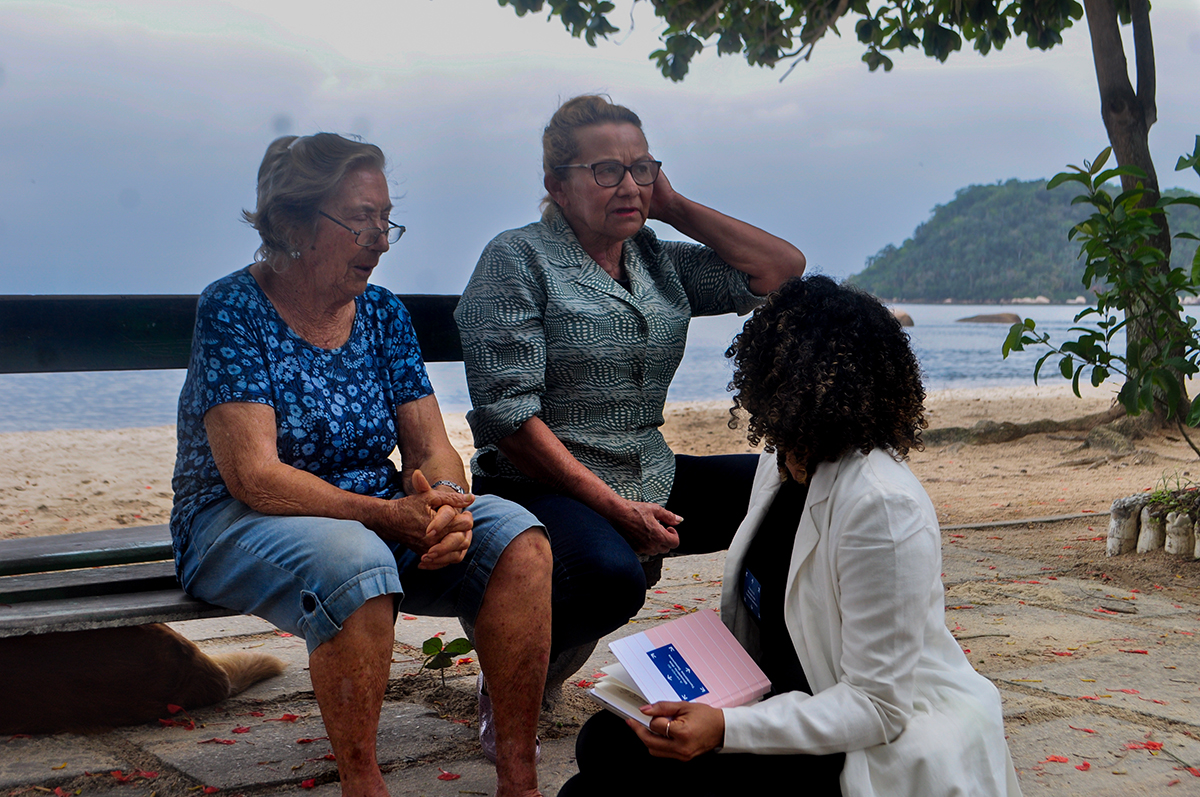
image 8
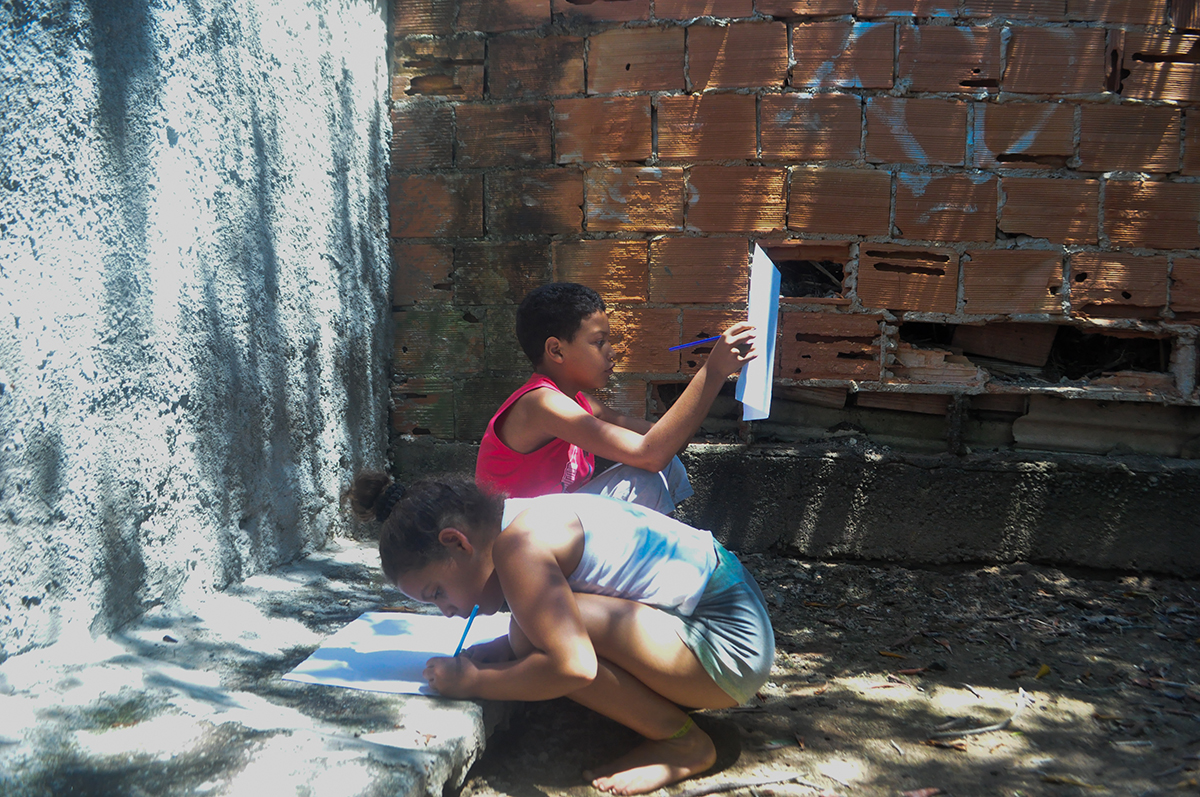
image 8
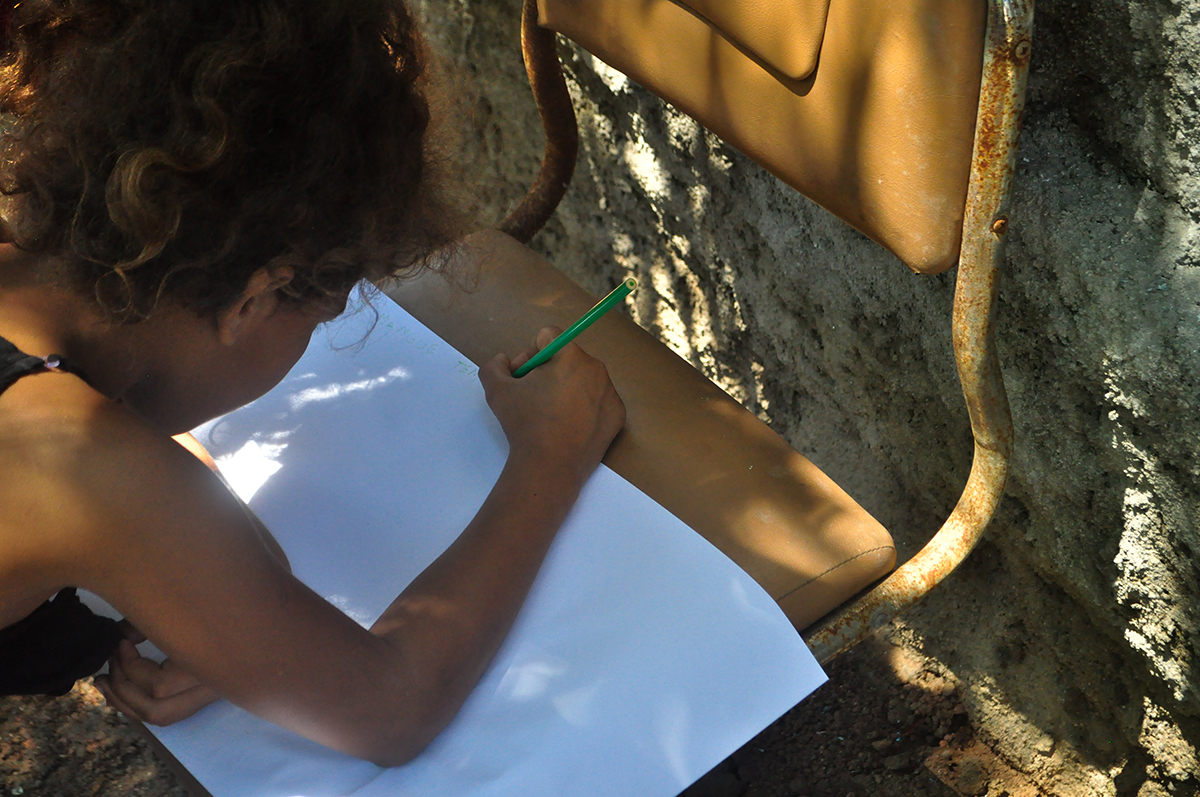
image 8
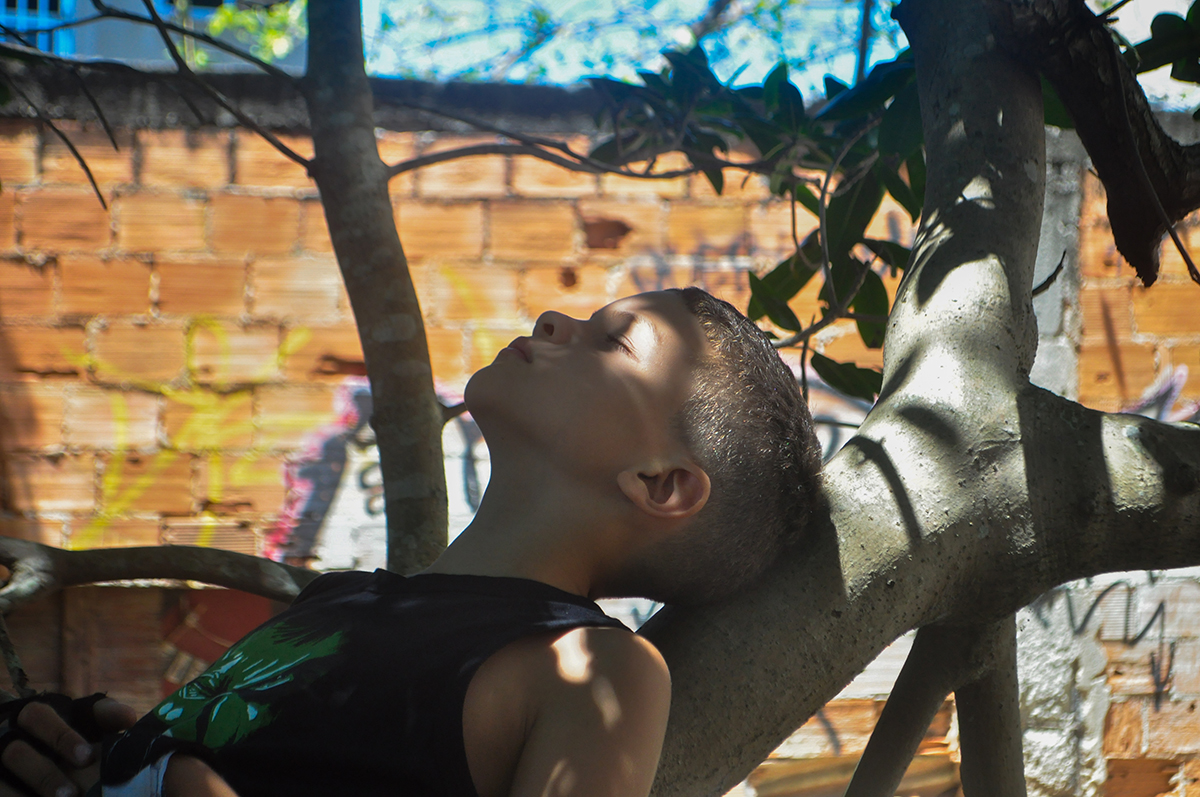
image 8
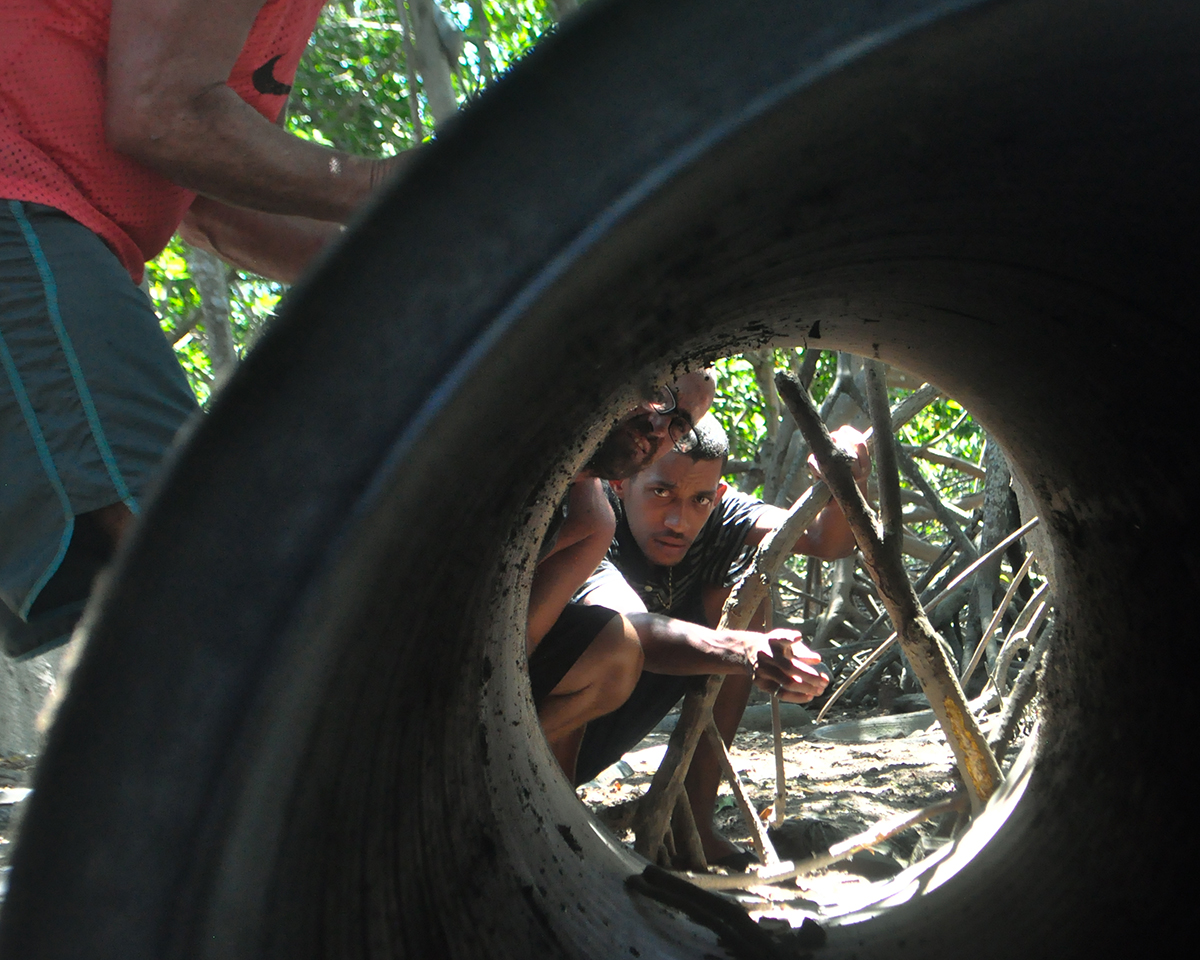
image 8
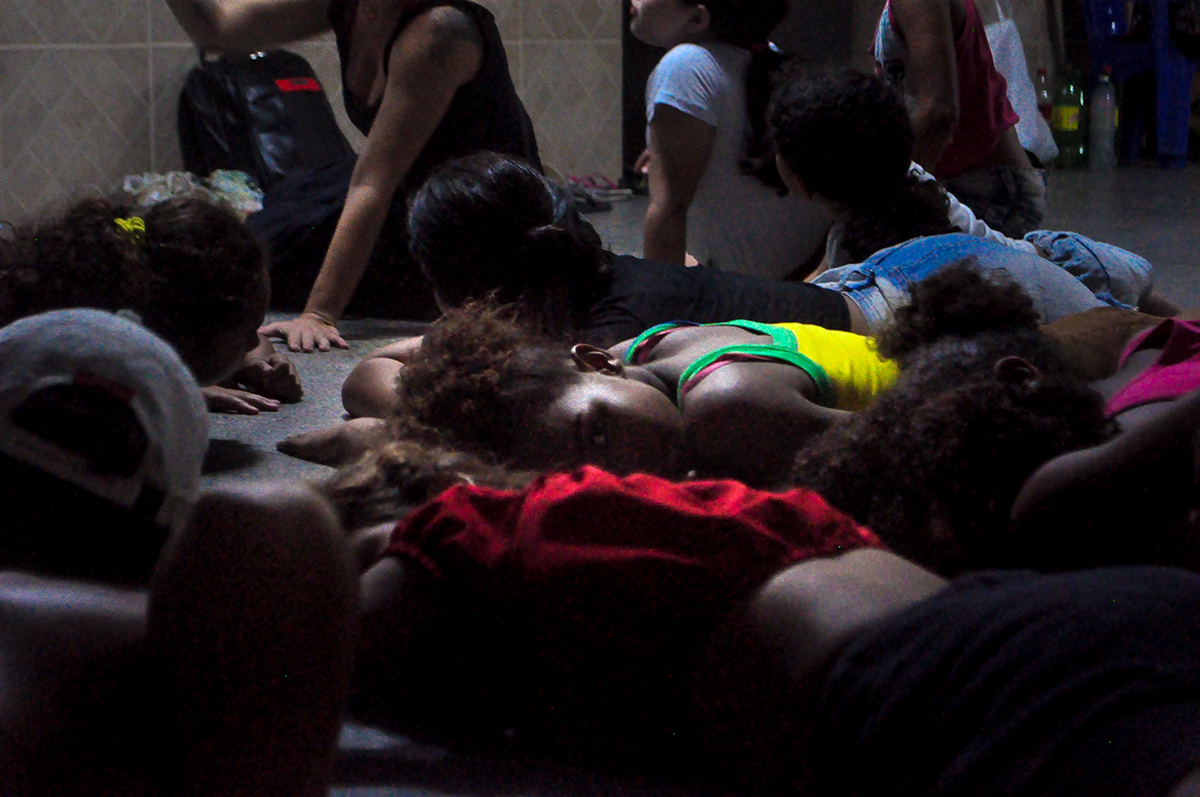
image 8

image 8

image 8
As a long-duration project, Guanabara Bay investigates the impact of climate change on contemporary livelihoods, especially in traditional communities, caiçaras, and quilombolas that live on the shores of Guanabara Bay. The research, initiated in 2016, the year of the Olympic Games in Rio de Janeiro city, targeted water pollution and floating trash as the central axis of the efforts. However, after receiving the Cultural and Artistic Response to Environmental Change award from the Prince Claus Fund and Goethe Institut in 2019, we conducted a deep dive into the Guanabara waters, coming across the ongoing destruction of a petropolitical project that threw us to the challenge of operating inside a "sacrifice zone" (Klein, 2015). Faced with this challenge, we initiated our actions and set up our Research and Creation Labs. Through a transdisciplinary project that brings together artists, scientists, environmentalists, activists, and local communities, our laboratories are research and creation actions guided by performative, immersive, and collaborative practices grounded in concepts such as emergence, processuality, and experience. Structured as artistic residencies, workshops, investigative and creative processes, urban interventions, performances, discussions, and sharing. Anchored in a performative methodology (Performance as Research – PaR, see Arlander, 2017; Hunter, 2009), the labs aim to produce kinds of embodied and situated knowledge. Moreover, they become a structure for the study, enhancement, and development of new concepts and methodologies, thereby configuring themselves as a fold.
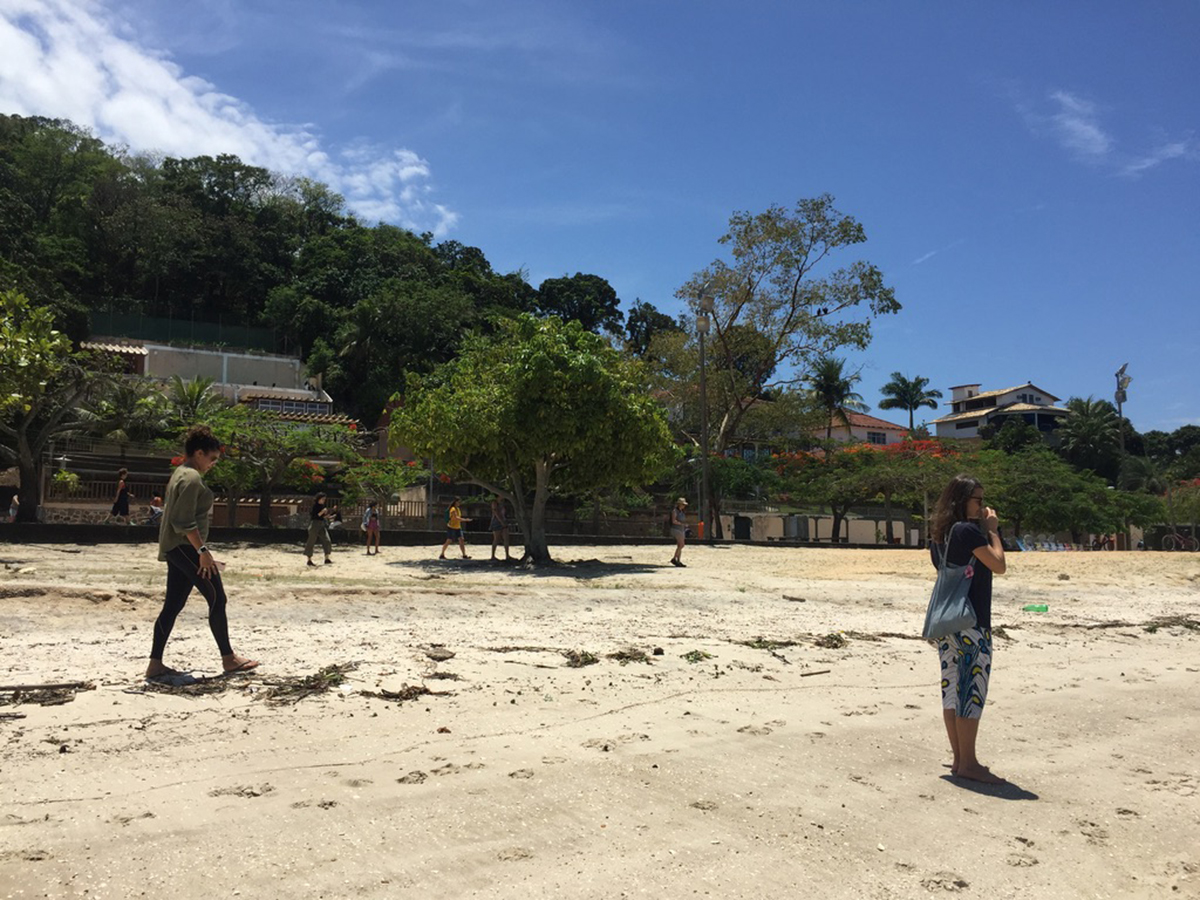
image 1
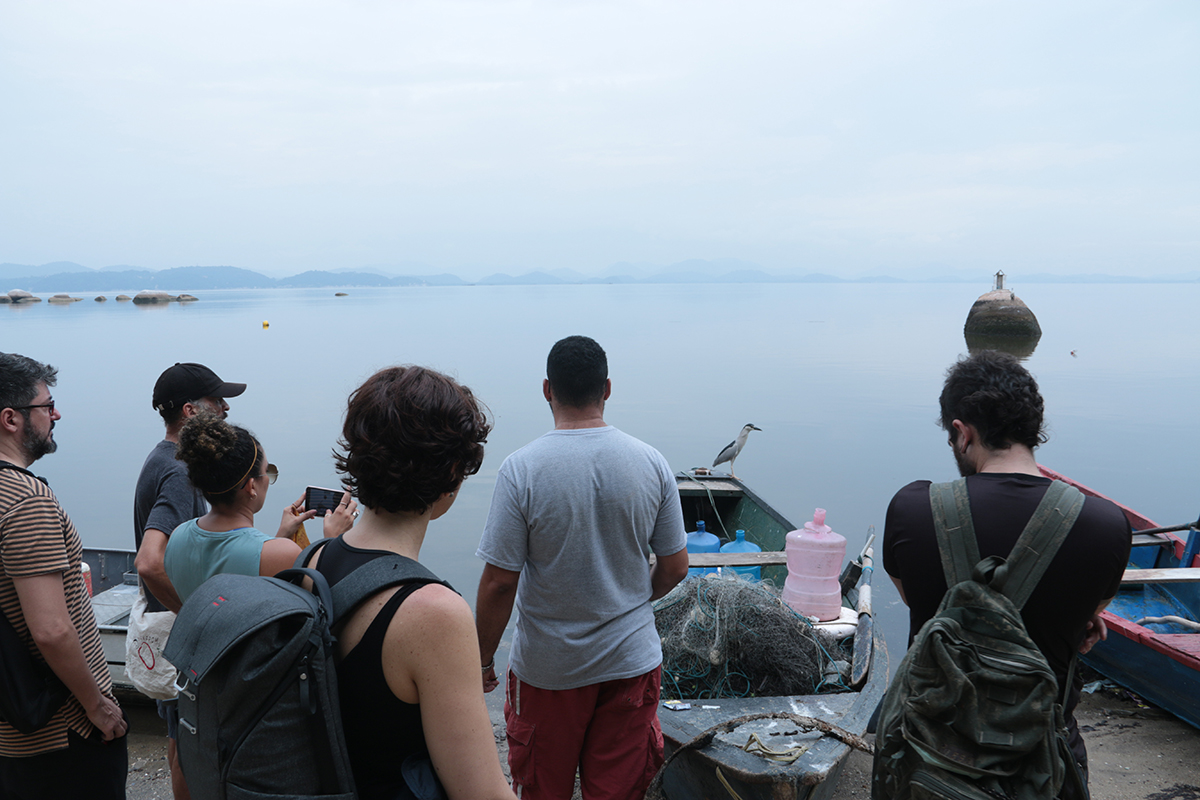
image 2
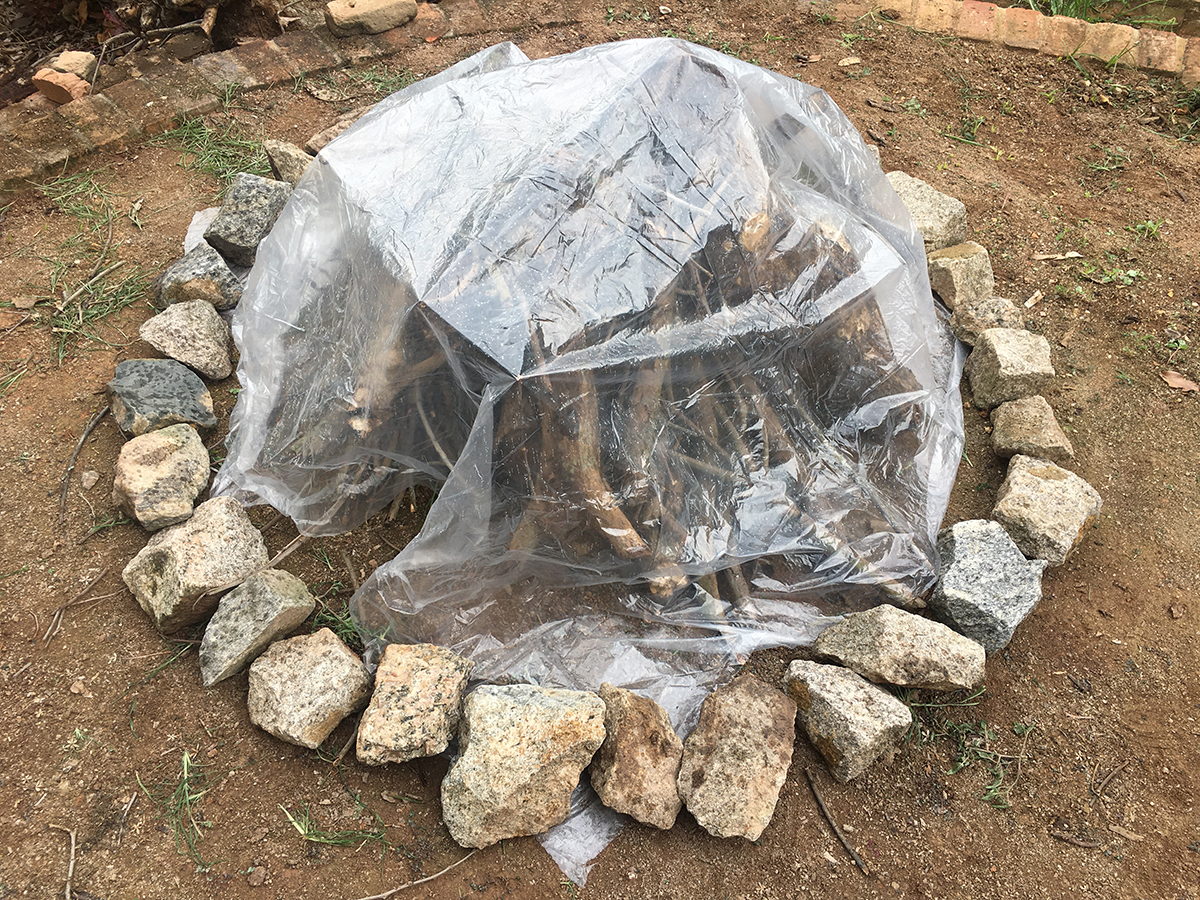
image 3

image 4

image 5
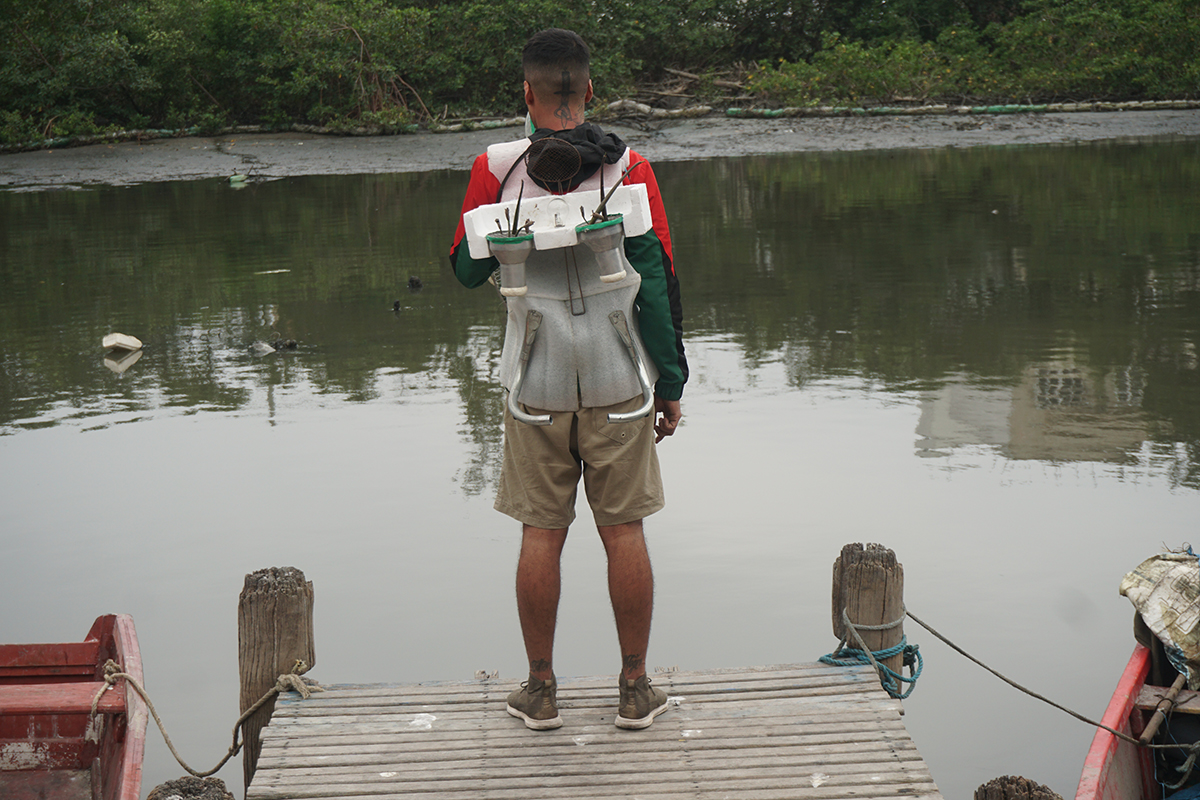
image 6
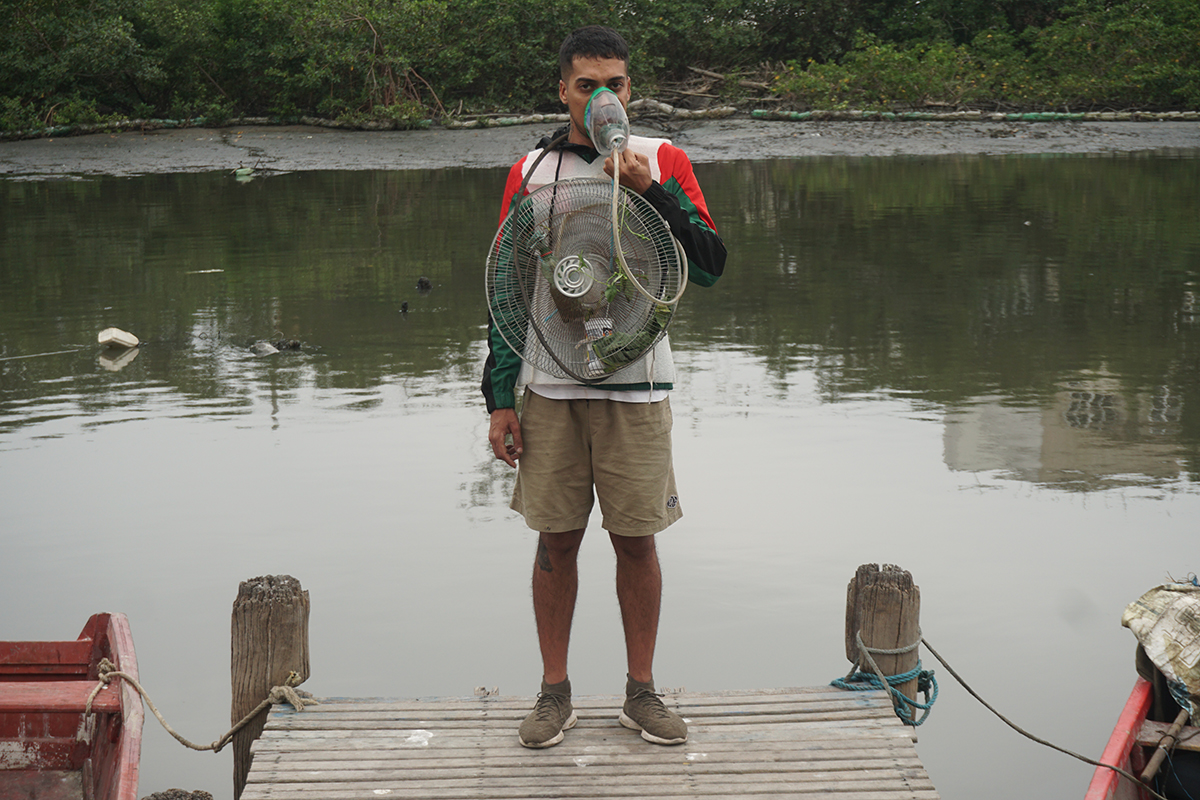
image 7
In Guanabara Bay, we conducted four laboratories from 2019 to 2020, each lasting from 5 to 10 days, involving a group of 12 artists and ten collaborators from two communities: Colônia Z-10 at Governador Island and Paquetá Island. During the three first labs, we lived with and in the insular territories. At the fourth laboratory, we artists and collaborators coexisted for five days inside an art gallery located in the South region of Rio de Janeiro city. We closed this stage of the project with an exhibition and seminar open to the public.
Still in 2020, as part of a new performative mapping, we conducted an immersive work at the mangrove area of the Guapimirim Environmental Protection Area (APA de Guapimirim - ICMBio) located in the northeastern portion of the bay, the well-known Guanabara recess.
With our activities interrupted by the COVID-19 pandemic, we resumed our labs in 2021 and continued the work with the communities with new projects.
Lab 1 - Performative Mapping
With the aim of conducting a performative mapping, that is, a mapping made through our moving bodies imbricated in a specific territory, we inhabited different locations in Guanabara Bay for ten days. At this first stage of the project, we weave dialogues with local communities, authors, and artists and, above all, we saw the emergence of issues we had never imagined before.
Going through Guanabara Bay in all its extensions, on a boat, with local fishermen presented us with the dimensions of the problems that rely literally on the depths of these waters. By inhabiting some of its areas - Paquetá Island, Colônia Z-10 in Governador Island, Niterói Beaches, Guapimirim Mangrove - we experienced the power of the waters, landfills, silting, pollution, negligence, hopelessness, as well as the strength and caring of local communities, their dreams, hopes, and lots of life: turtles, fishes, porpoises, and fishermen. Lives and stories of people, marine fauna, and flora who persist and resist, inhabiting and caring for this territory.
A National symbol and World Heritage Site | UN 2012, Guanabara Bay receives 18 thousand liters of untreated domestic sewage per second, 90 tons of floating waste daily, an unaccounted amount of liters of chemical sewage released by industries, and the also-unaccounted liters of petroleum and oil spilled daily by the petroleum business activities. Oil pipelines, major oil companies, platforms, islands sheltering petroleum bases, and tanker ships converted for extraction take up this Petropolitical landscape.
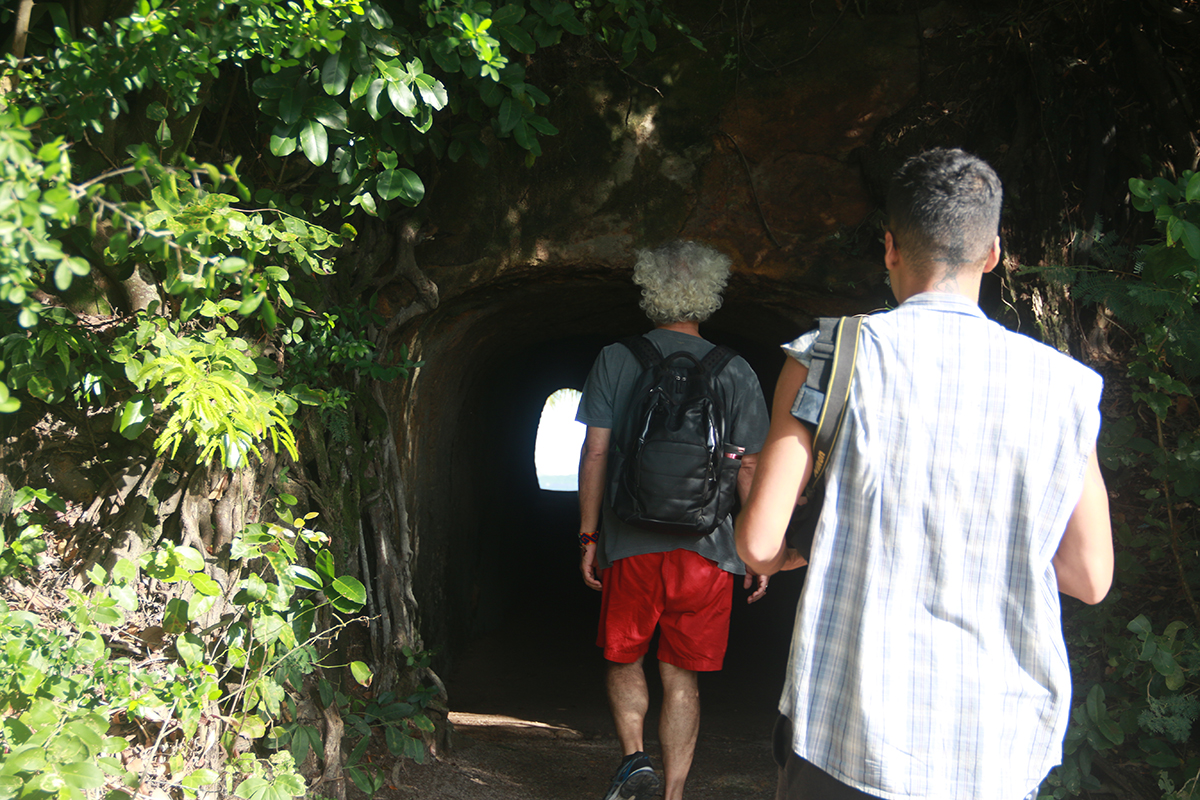
image 1
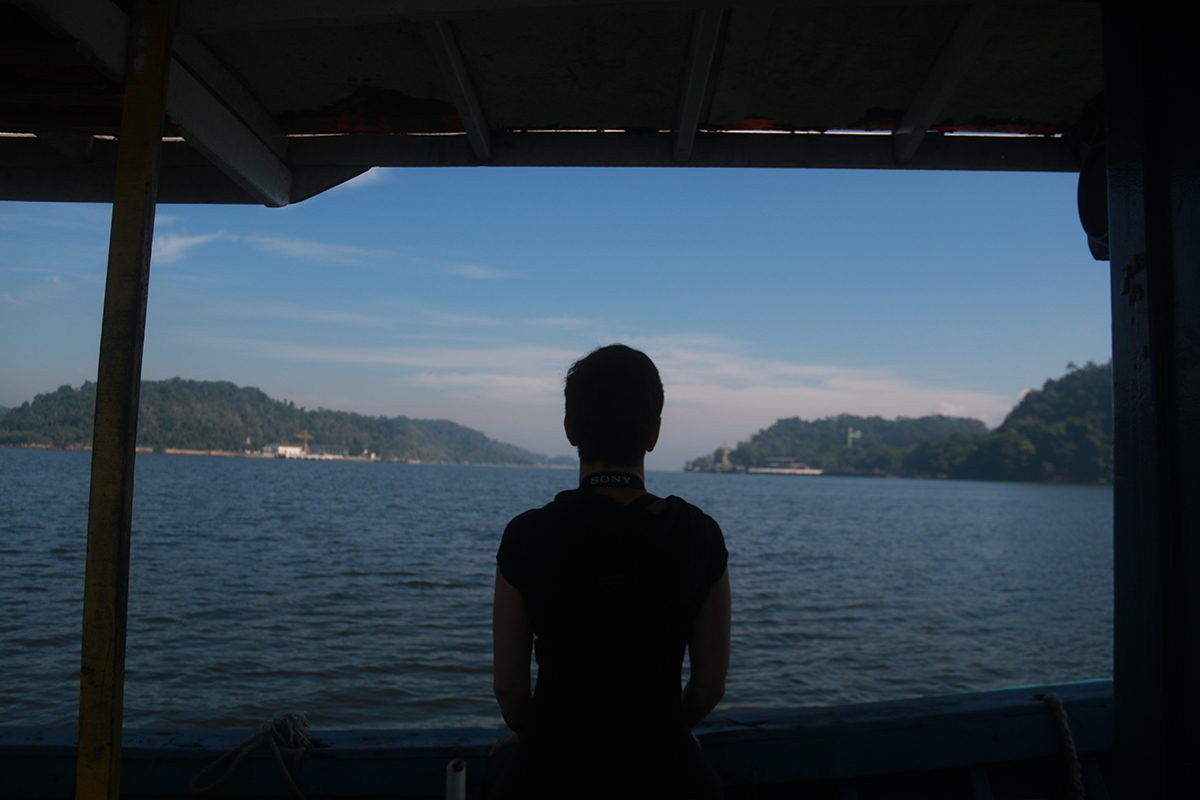
image 1

image 1
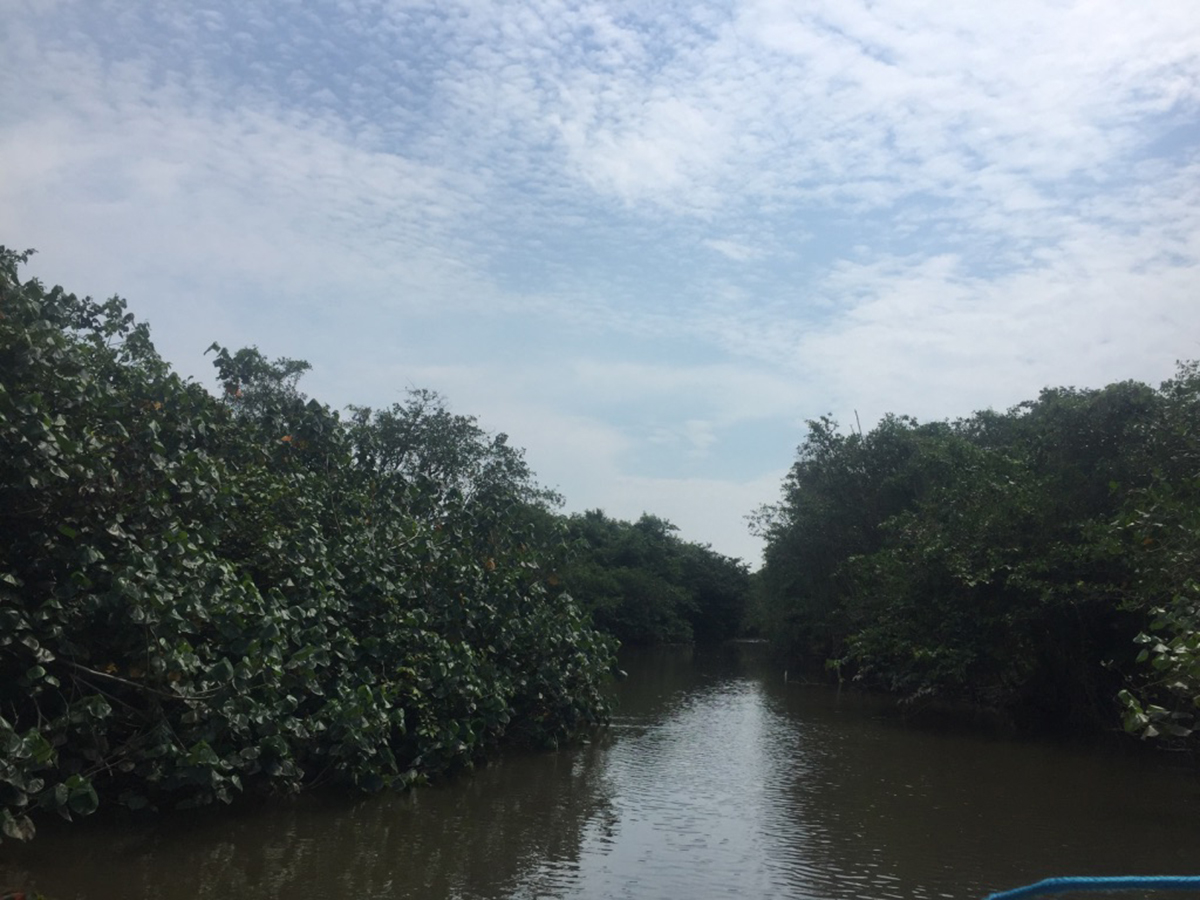
image 1

image 1

image 1
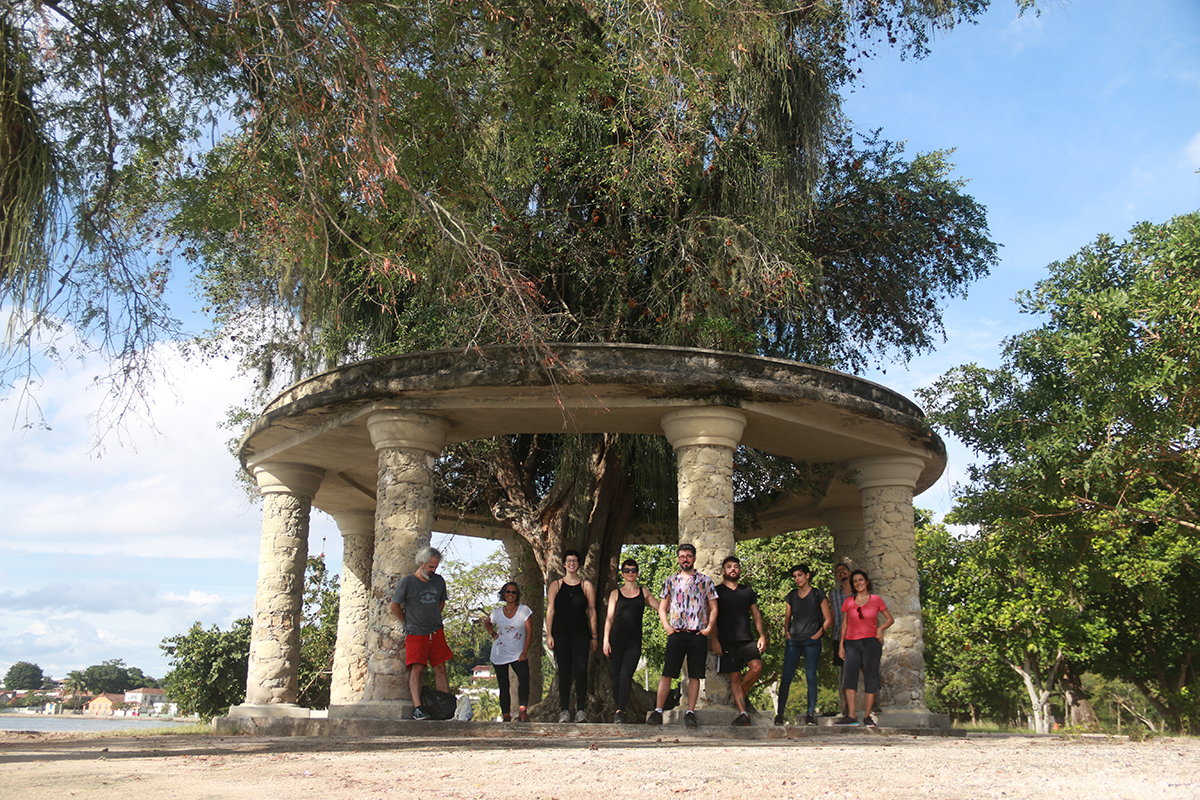
image 1
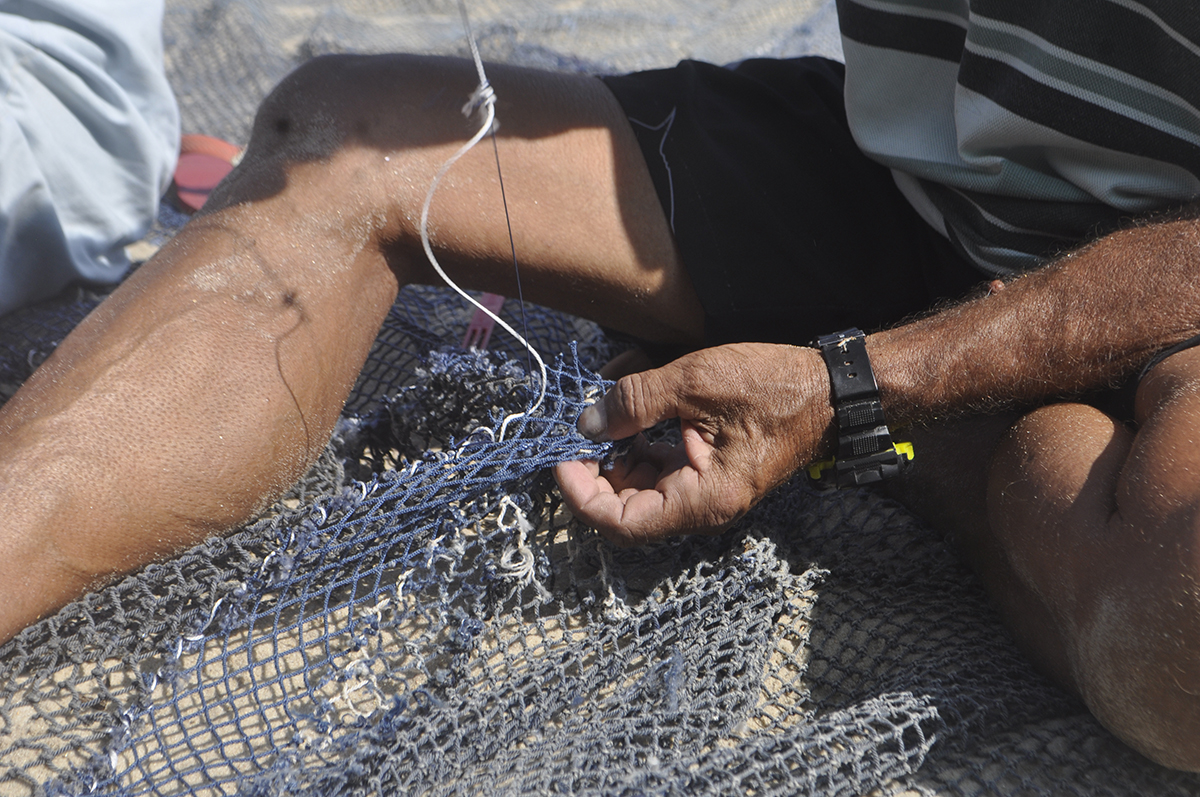
image 1

image 1
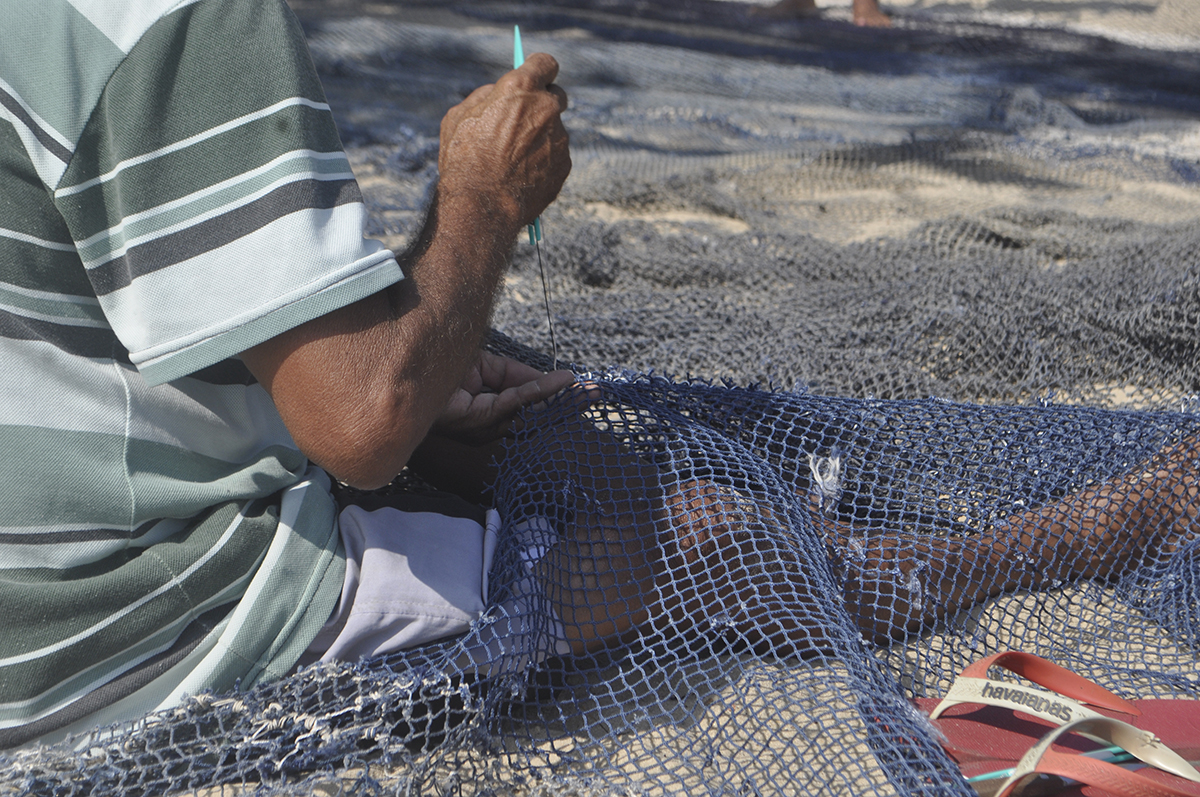
image 1
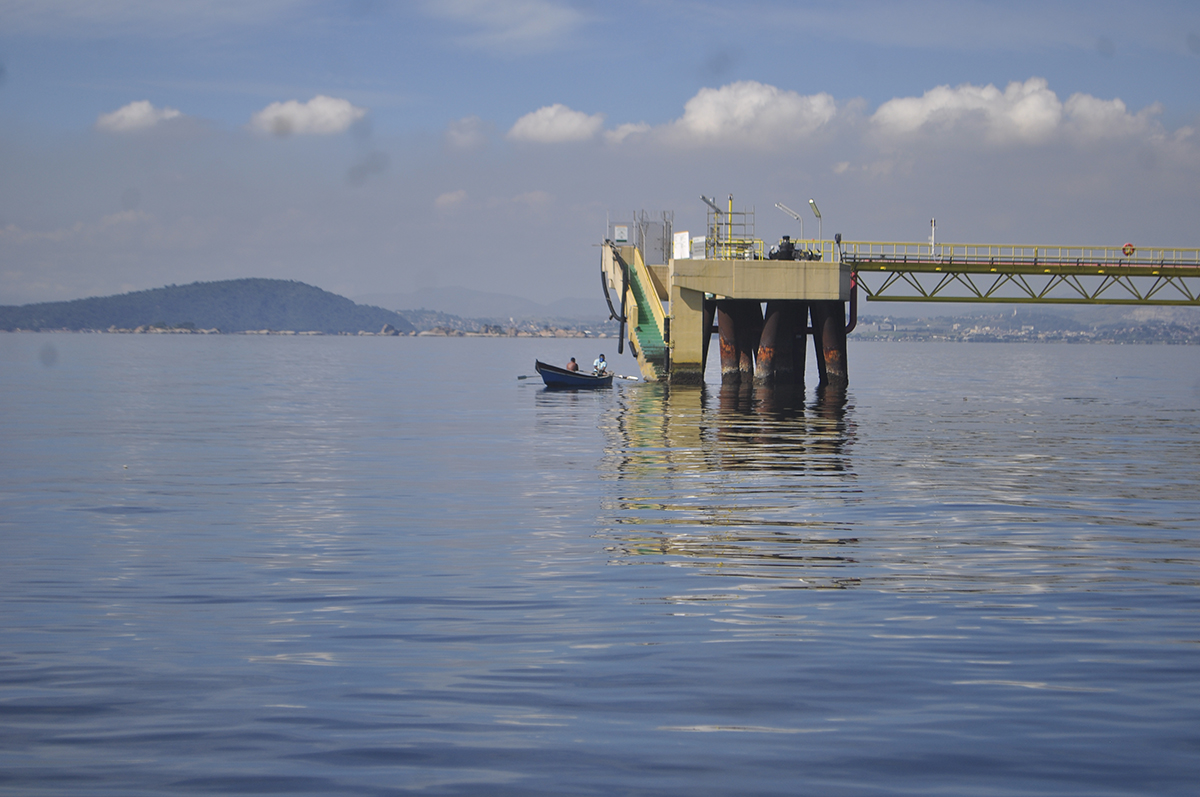
image 1
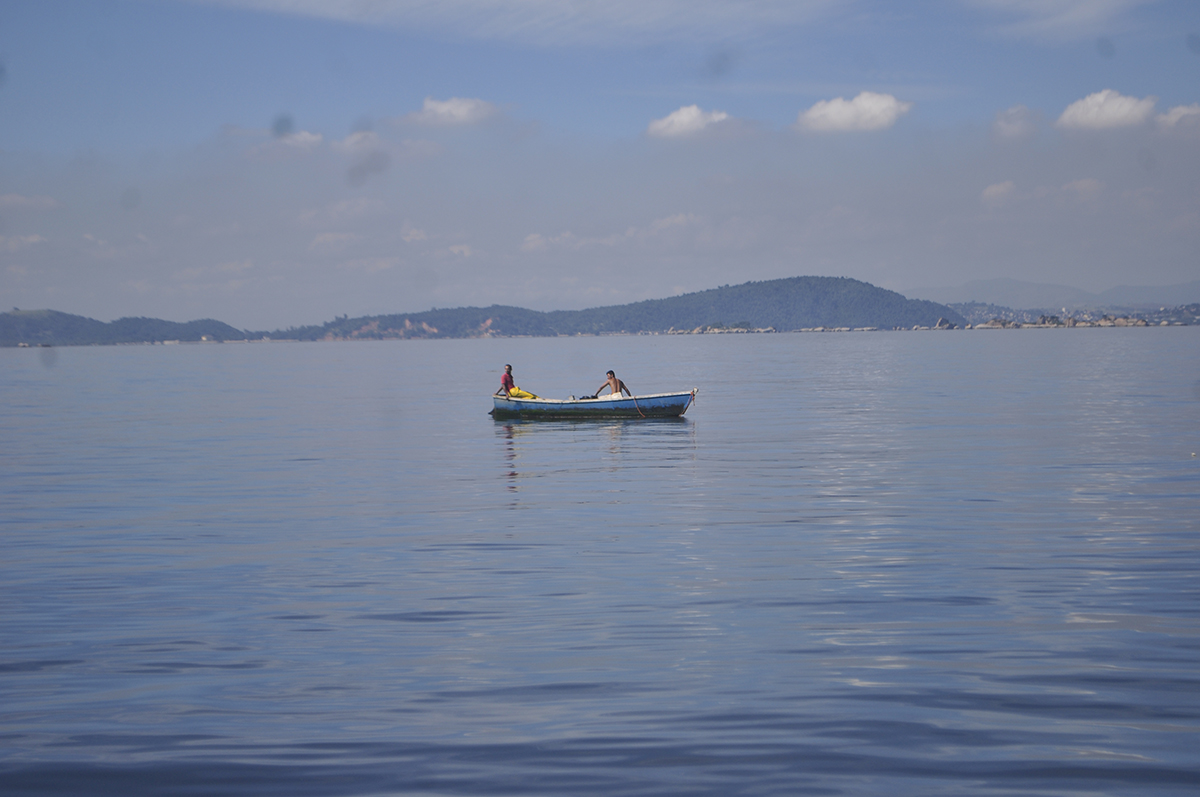
image 1
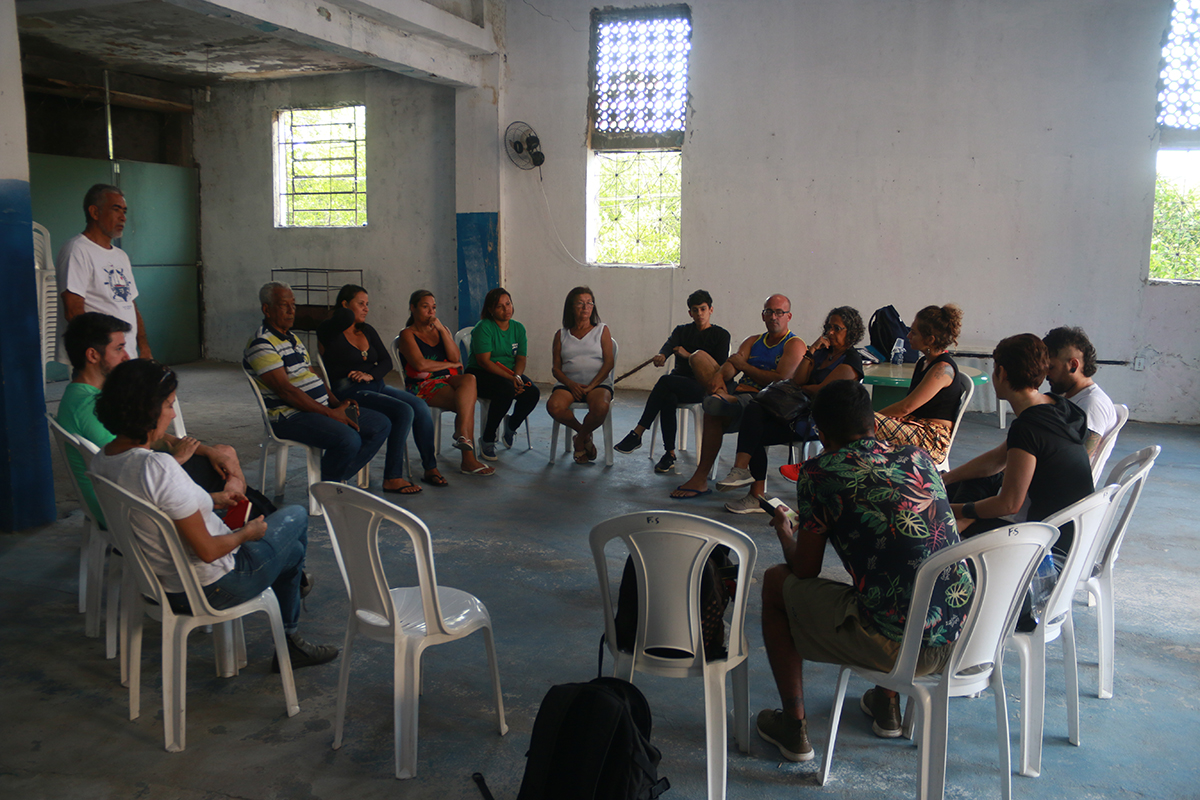
image 1

image 1
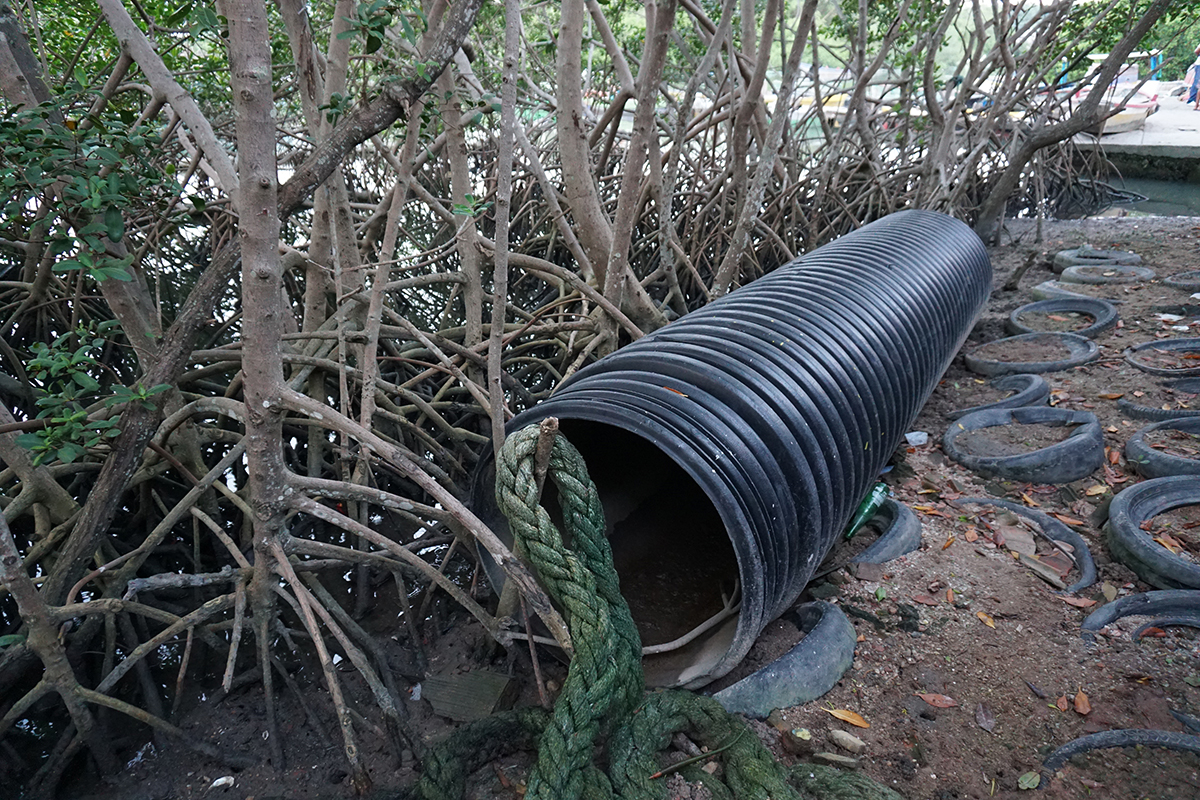
image 1
Guanabara Bay is on my daily horizon. Looking over it combines a feeling of distancing with a sense of belonging. I don't remember diving in its waters there is no such desire and never was, perhaps due to the perception that the use of those waters wasn't noble. What draws my attention is its presence in the background of every route taken by those who circulate over its surroundings, whether in Paquetá, in Colônia Z-10, in Niterói, or in the city of Rio. There is no way to overlook the agony of its dark waters, of doubtful futures. At every landing on its beaches, we perceive a story, its islands full of glorious pasts. The scenery of the bay impacts from every possible angle, either by the exuberant beauty of the bay that is almost a sea or by the portrayal of the cruel negligence to the living nature that still resists there, despite human exploration. In this turbulence of ideas and pure astonishment, we insert ourselves into this landscape, we are part of this nature, and there is urgency in becoming aware of this connection. Patrícia Freire (guest artist)
Being a Carioca, born and raised in Rio de Janeiro, Guanabara Bay has always inhabited my imagination, from the stage of European invasions to becoming the postcard of Rio's South Zone. However, my relationship is distant, I usually see it when on board of one of the countless airplanes crossing around daily - from above, I appreciate its "decaying beauty," its monumental grandeur, from above I see the marks of "progress," the oil from ships that carry containers from all over the world, the imposing Rio-Niterói Bridge, the cable car that goes up and down daily crowded with gringos dazzled by Brazilian exoticism. I knew it from above and from "my side of the Bay" only, my imagination was transformed by Professor Walmeri's invitation from the first day of residence when we saw turtles swimming in that muddy fetid water. I was astonished and surprised that there could be life there, it took me a long time to process that the little ones that emerged from the water mirror were not PET bottles. Patrícia Freire (guest artist)
Some scientists, as well as some artists, have claimed in recent years that water can hold memory, that water remembers. The extent of the memories that the waters of Guanabara Bay can hold is beyond the scope of the human mind. Participating in a brief artist residency in this territory involved the effort of addressing the impossibility of grasping this past memory and speculating around the memories we are producing for these waters today. Bathed by more than a hundred islands, do these waters know which of them will disappear in the near future due to climate change? Do they know how long they will remain as an "explosive belt," replete with pipelines and fuel storage tanks? For how many years will it coexist with the fossils of our petropolitics? Ruy Cesar Campos (guest artist)

image 1

image 1

image 1
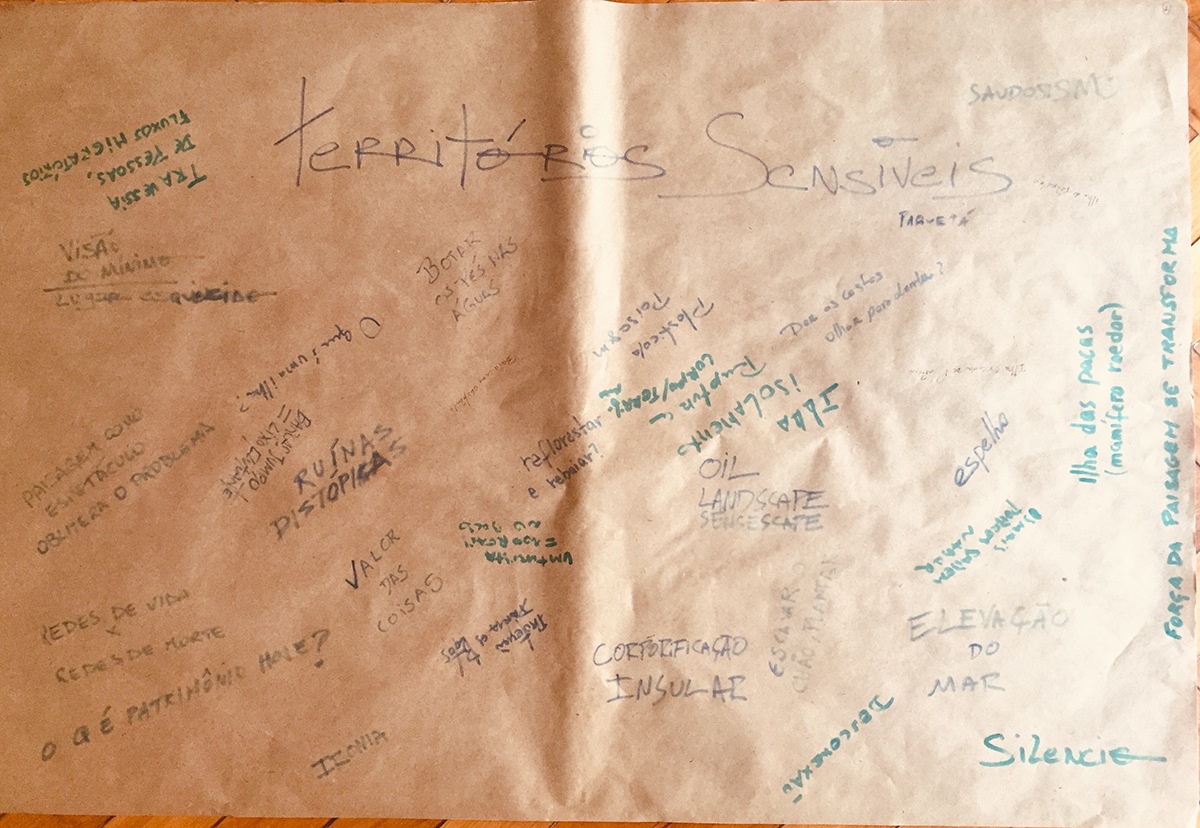
image 1
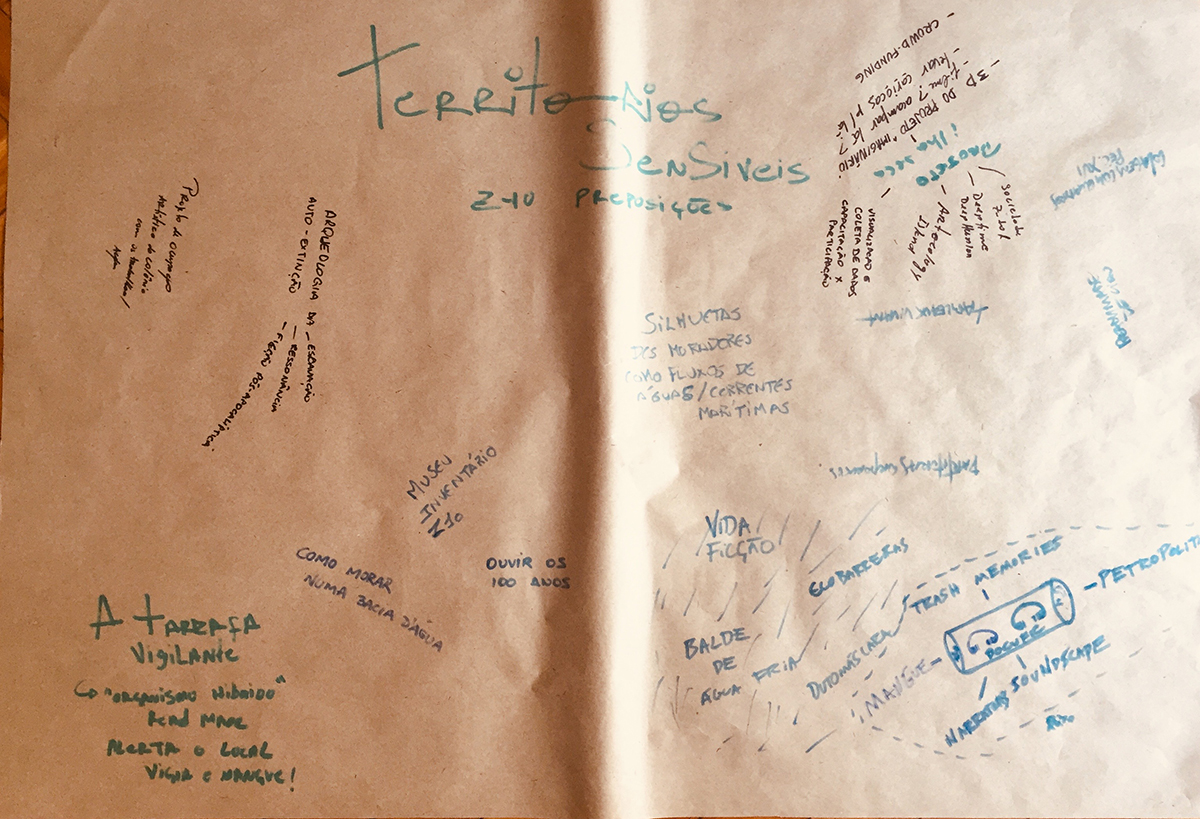
image 1

image 1
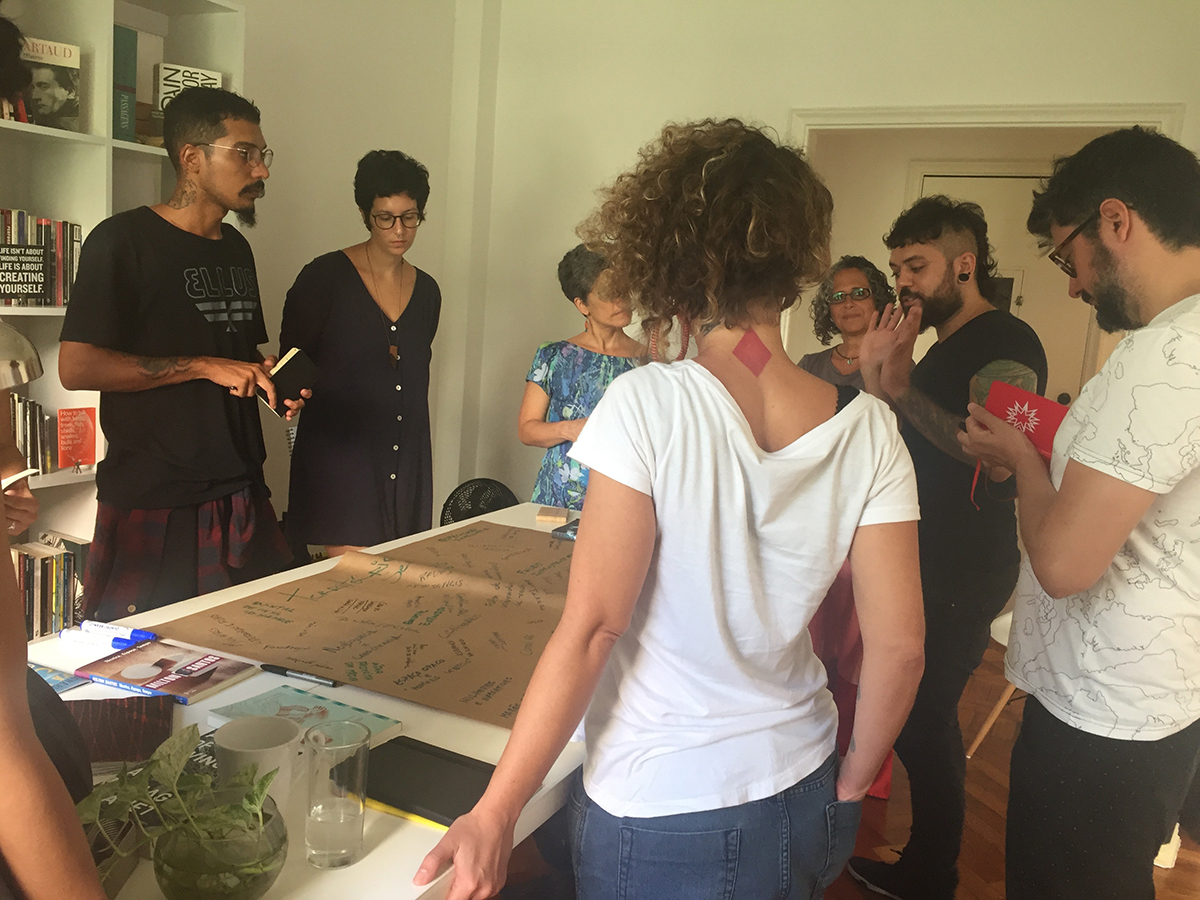
image 1
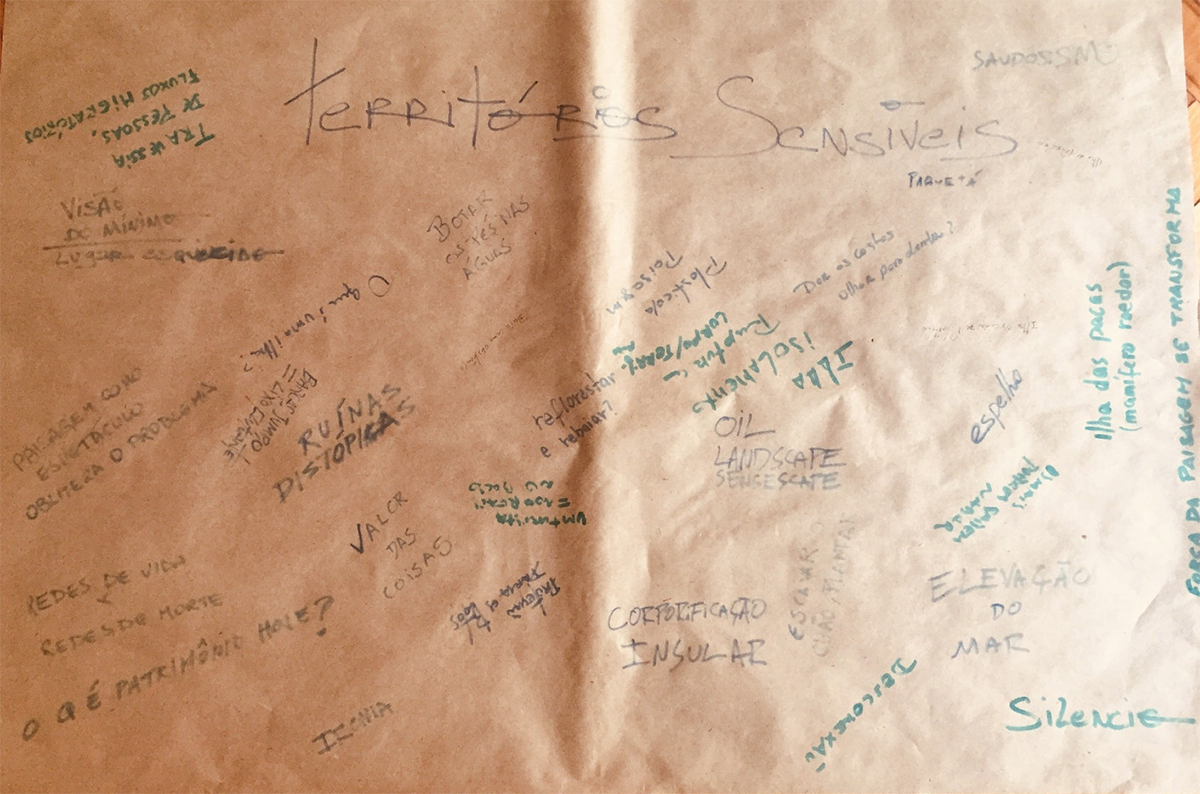
image 1
Lab 2 – Colônia Z-10 in Governador Island | RJ - October, 2019
Located on the banks of the Jequiá River, at the meeting point between the Jequiá mangrove vegetation and the Guanabara Bay, is the first registered fishing colony in Brazil, Colônia Z-10, founded on November 17, 1920. Having its lands ceded by the Brazilian Navy to the fishermen's families, the community has undergone a process of slumification over the years and, today, has more than 5 thousand residents, of whom only about 400 live off fishing. In addition to the typical problems of slumification processes - disorderly construction, lack of sanitary and urban infrastructure, state abandonment - the centenary Colônia Z-10 is completely suffocated and exposed to Jequiá River and Guanabara Bay water pollution. The mangrove area, or what is left of it, suffers from the discharge of raw sewage from the community houses added to a daily intake of tons of solid waste as much as the impact of constant spills of petroleum and its by-products in Guanabara Bay's waters. The intense smell coming from the mangrove, present in the daily routine of this community, as well as the impact of pollution on the health of the locals, become unnoticeable to these bodies asphyxiated by necropolitics (Mbembe: 2020). But the colony resists! As an act of resilience, young fishermen, younger villagers, children, and local inhabitants of different ages joined our actions. Along the ten days of Sensitive Territories Lab activities, we counted on the collaboration of the young fishermen Tiago Caiçara, Luiz Antônio Franco (Pãozinho), Gabrielly Travasso, Giovani Armane, and João Victor Abreu. We also counted on the support of the entire community, especially the oldest fishermen still active, Mr. Geraldo and Mr. Pedro. Participating as resident artists were Ruy Cezar Campos, Patrícia Freire, Mari Moura, Sofia Mussolin, Marcela Cavalini, Alessandro Paiva, and Walmeri Ribeiro. Those were days of knowledge sharing, multiple learnings, conversations, experiences, immersions, experimentations, and many acts in the exercise of thinking together about how to survive in the ruins of the Anthropocene. Days of much resilience, imagination, and shared dreams!

image 1

image 1
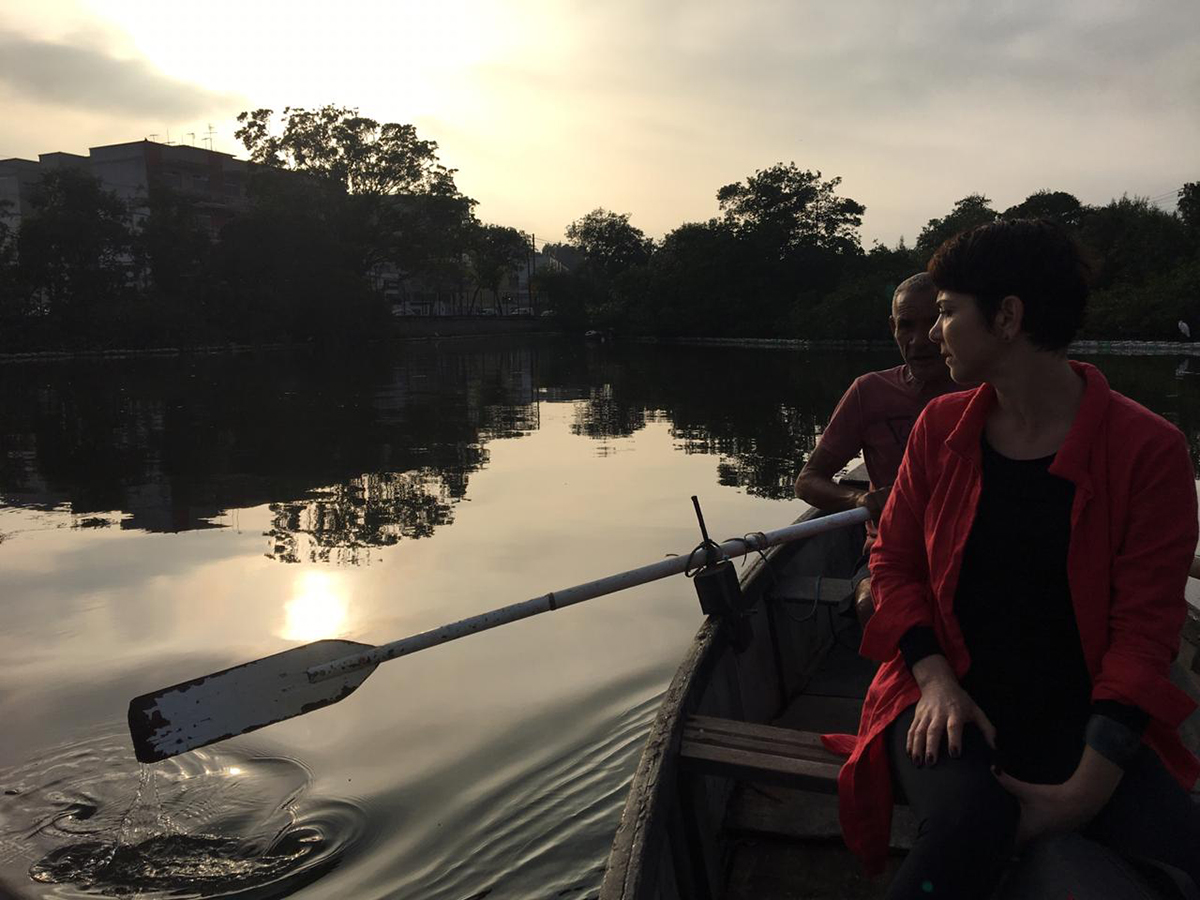
image 1
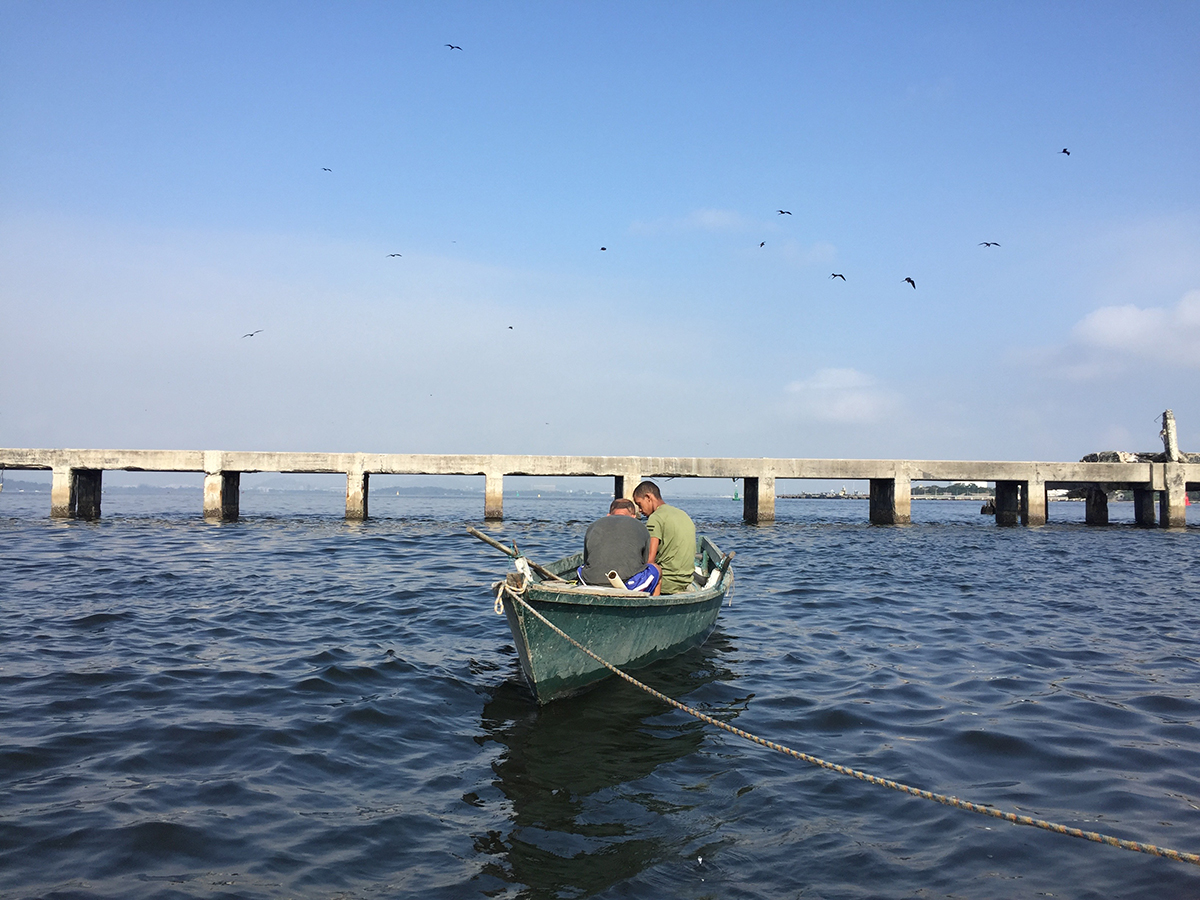
image 1
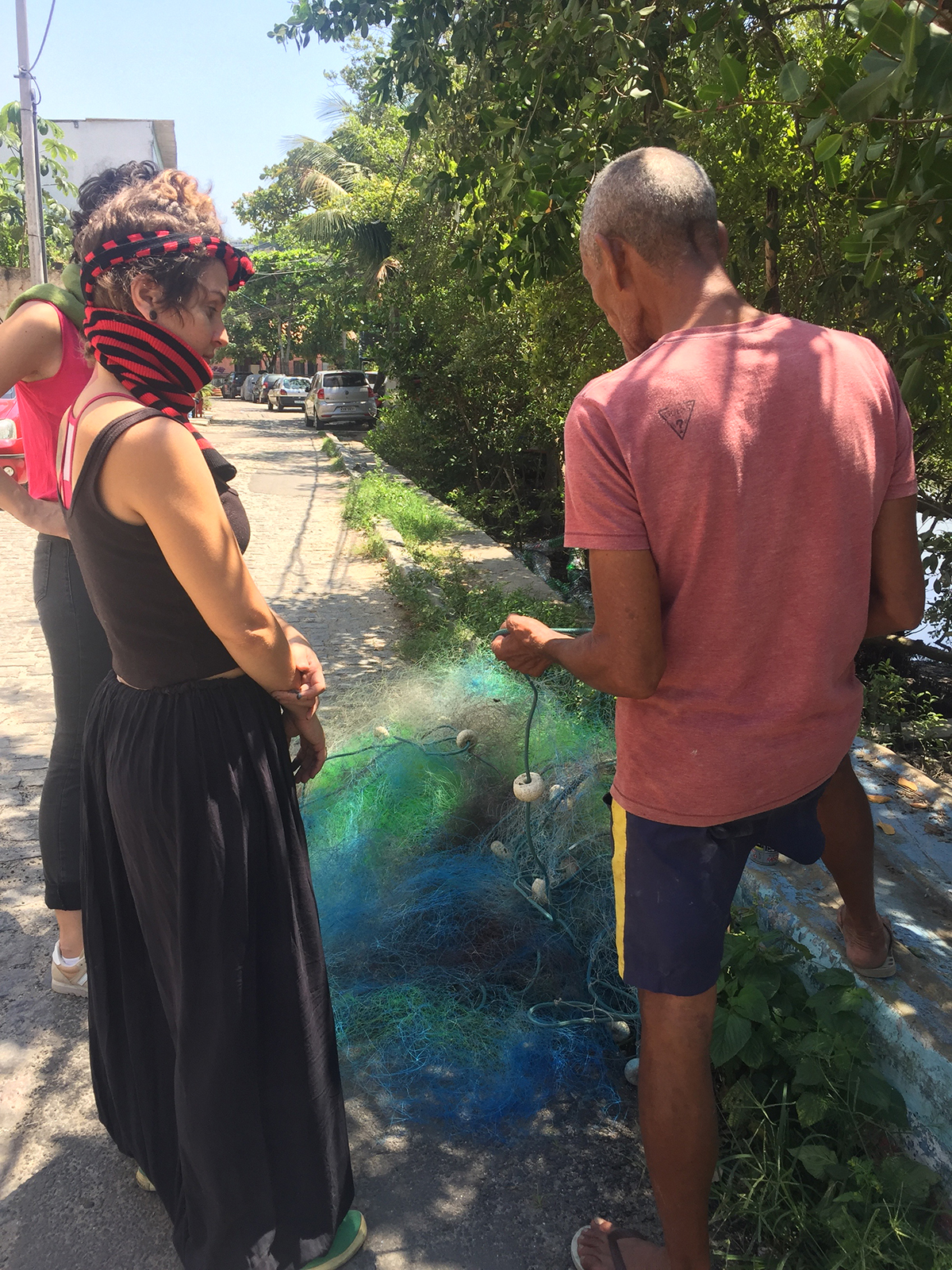
image 1

image 1
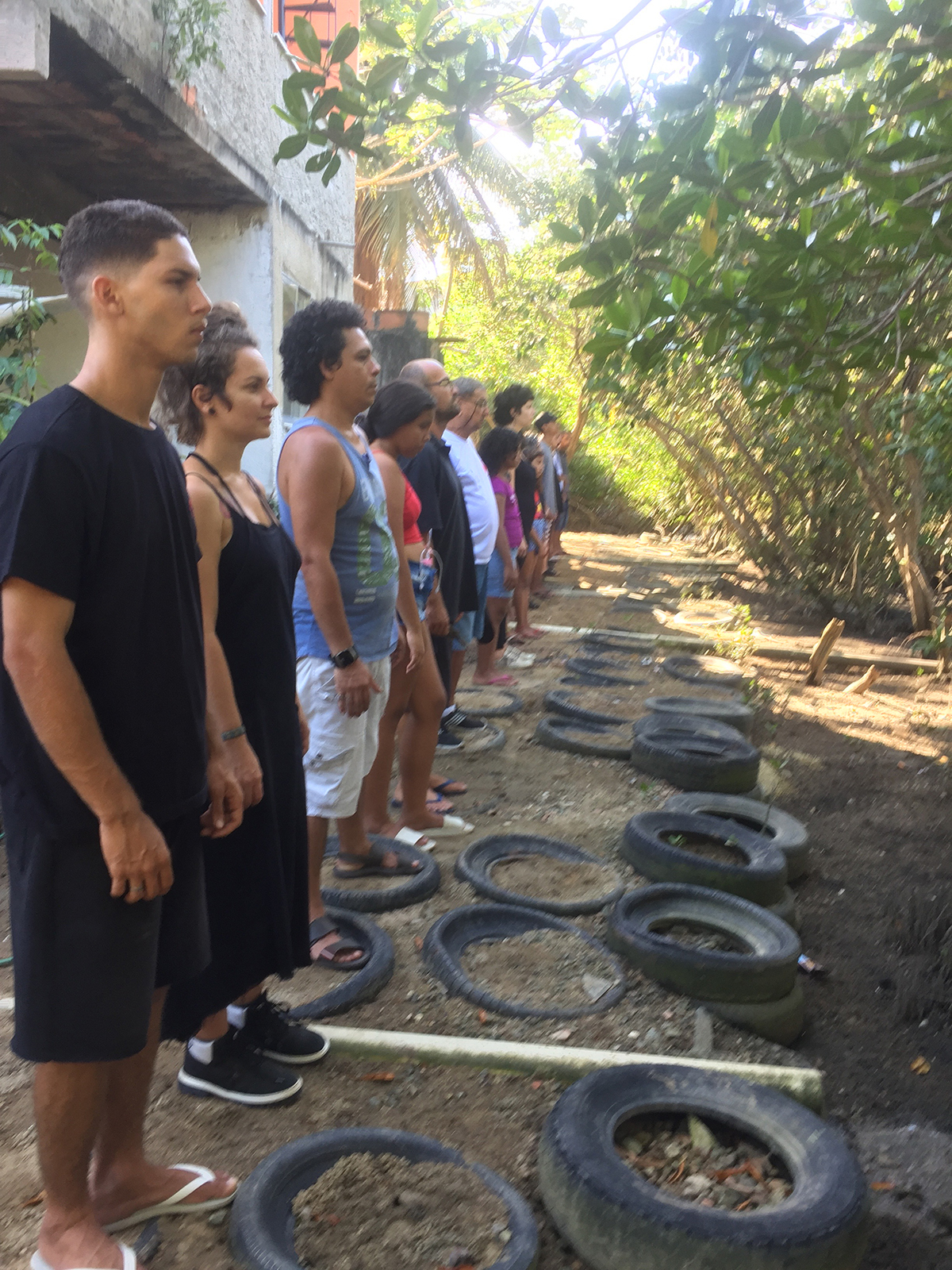
image 1
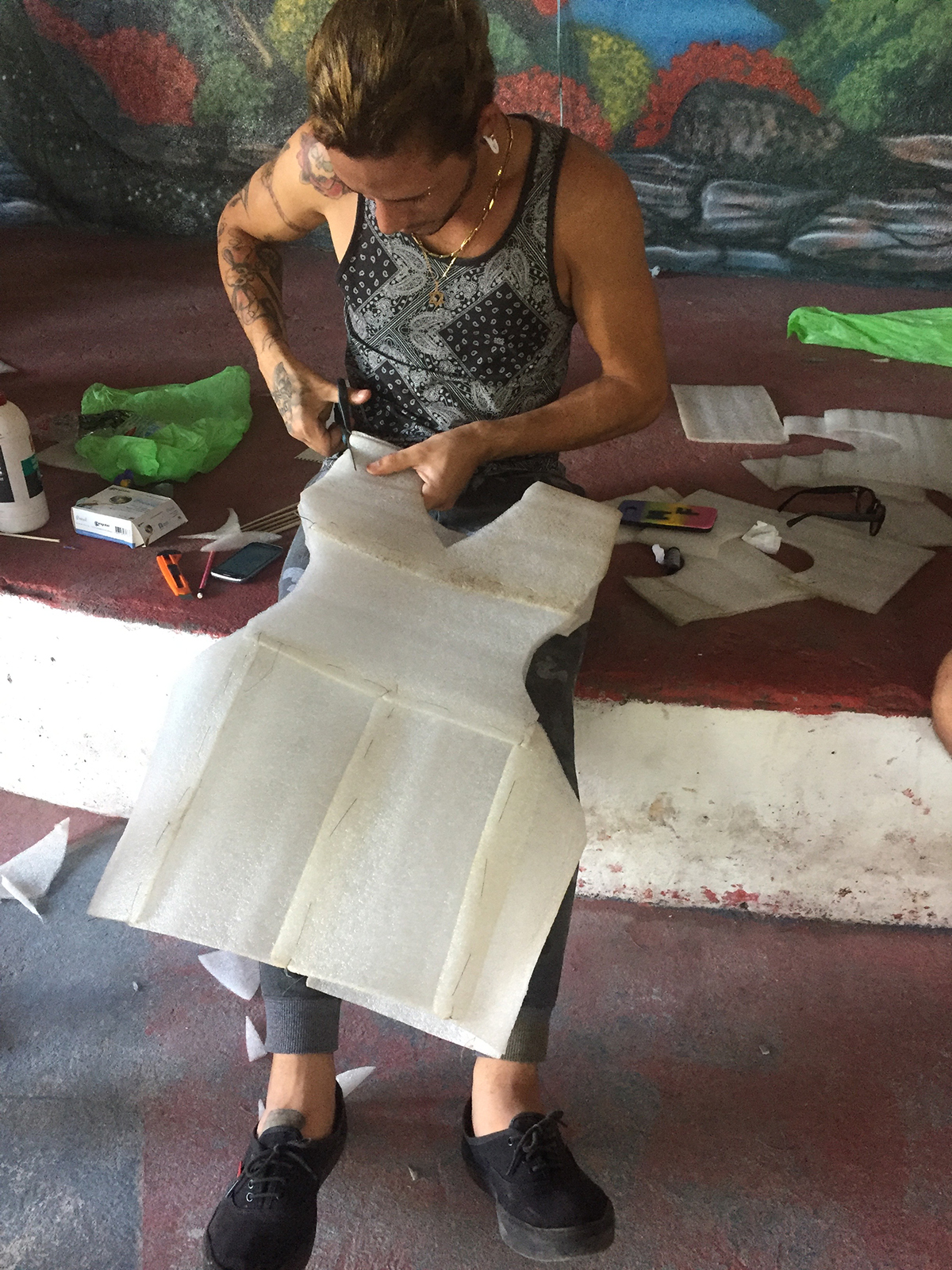
image 1

image 1
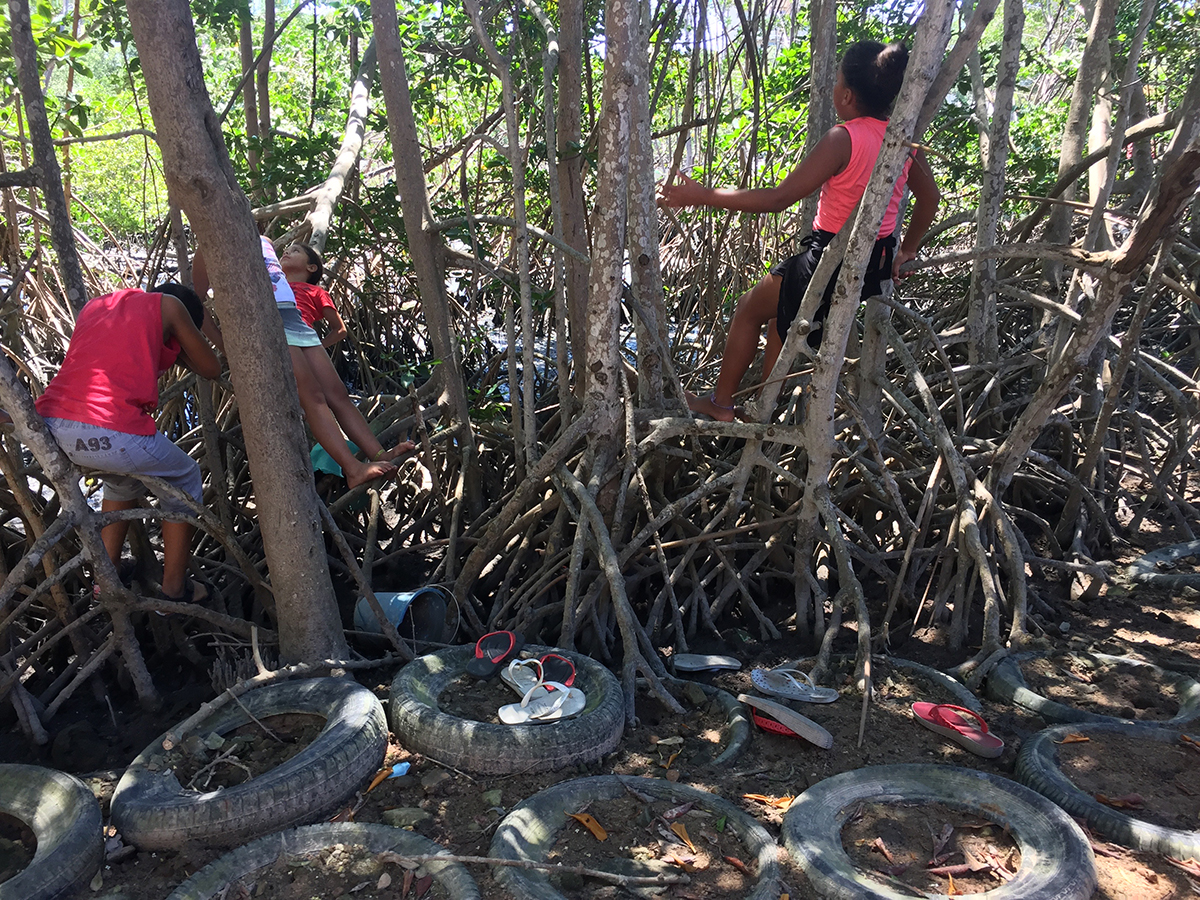
image 1

image 1
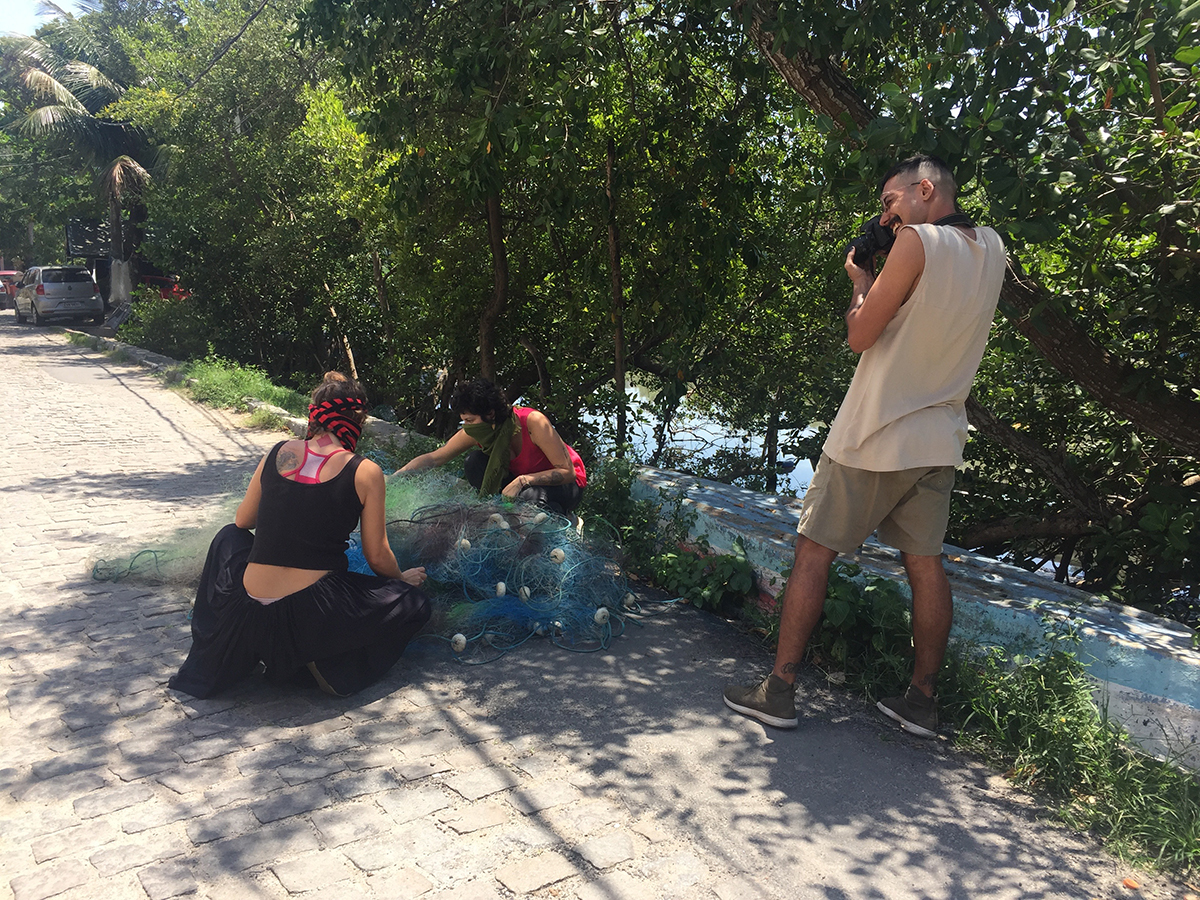
image 1
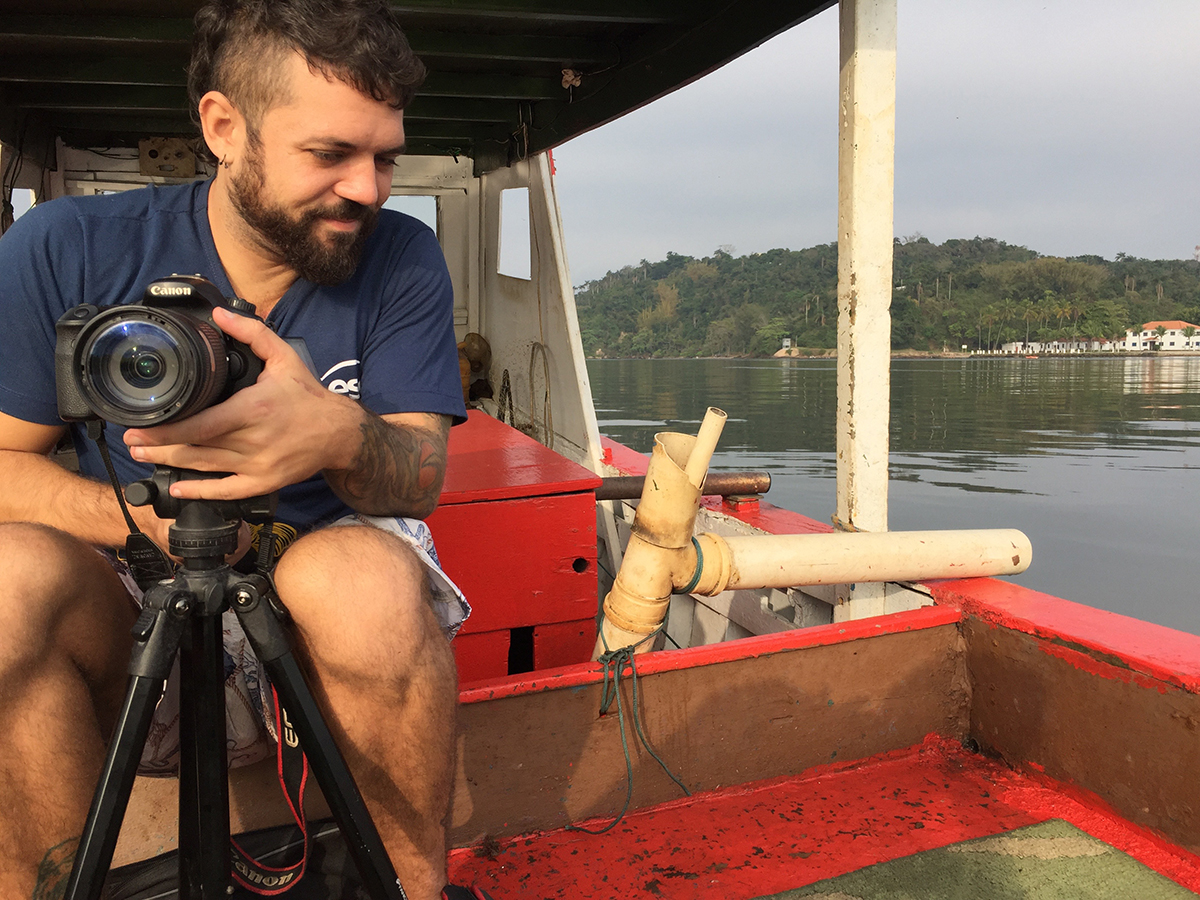
image 1
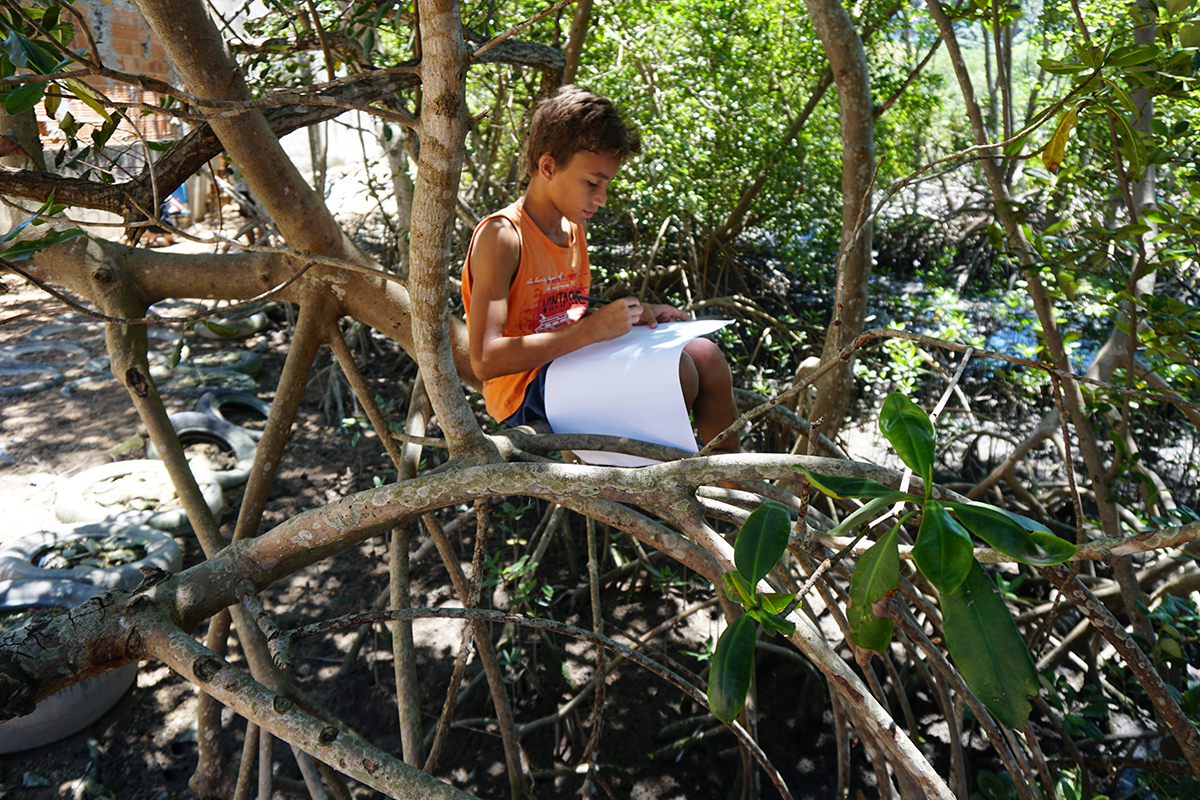
image 1
“What can we learn from the Mangrove to live (not just survive) in/from ruins of the Anthropocene?" Walmeri Ribeiro
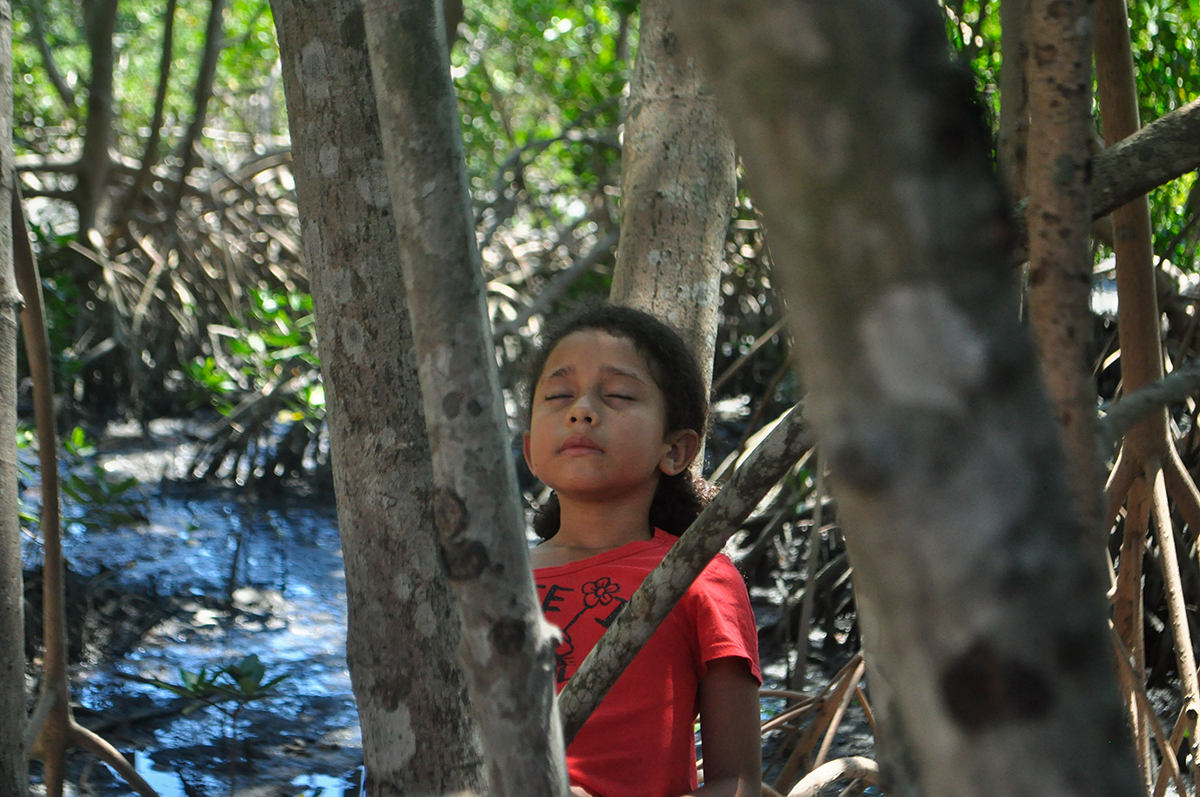
image 1
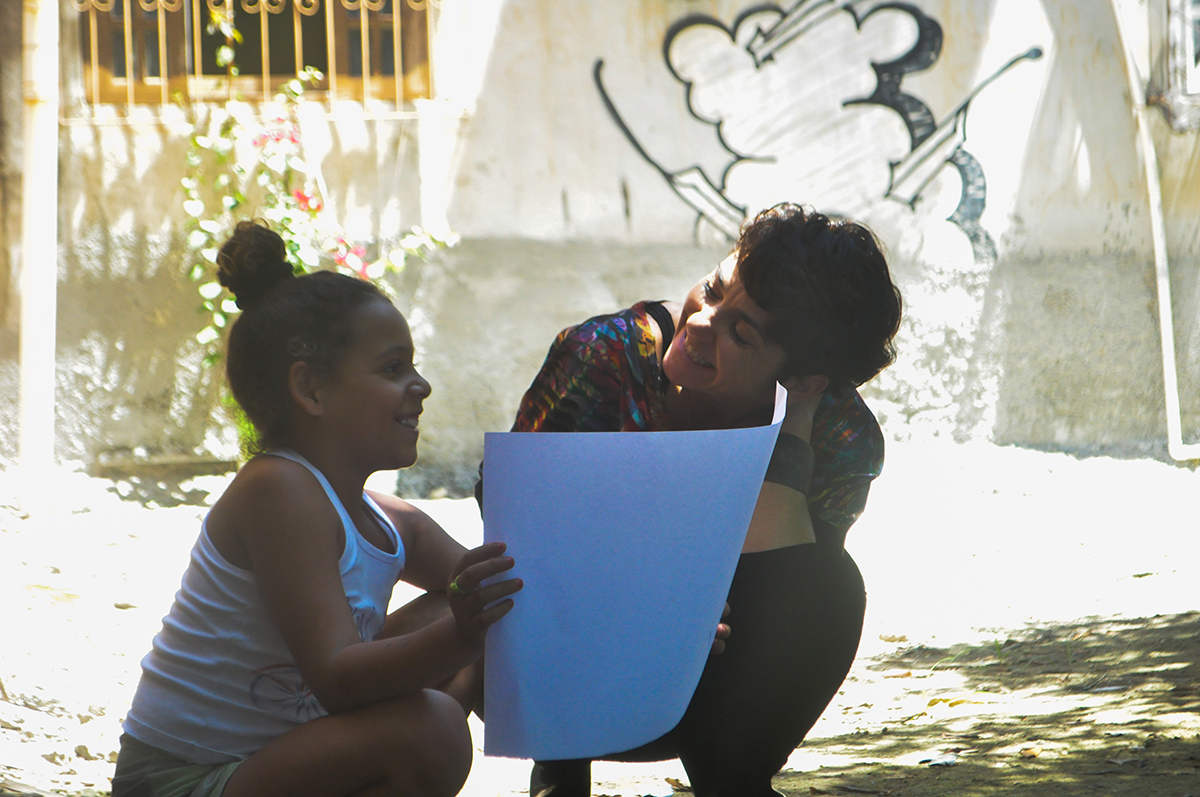
image 1

image 1

image 1
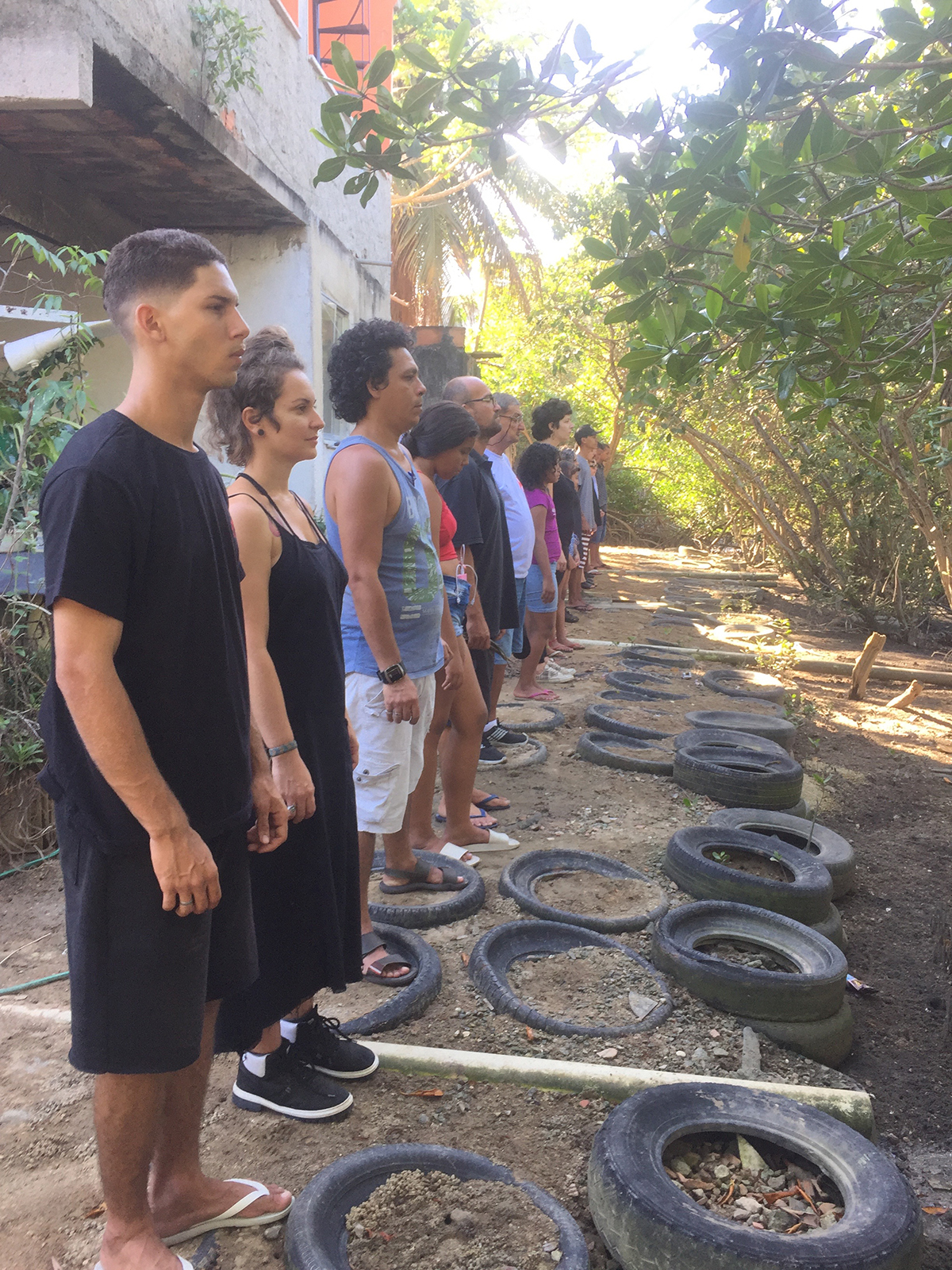
image 1
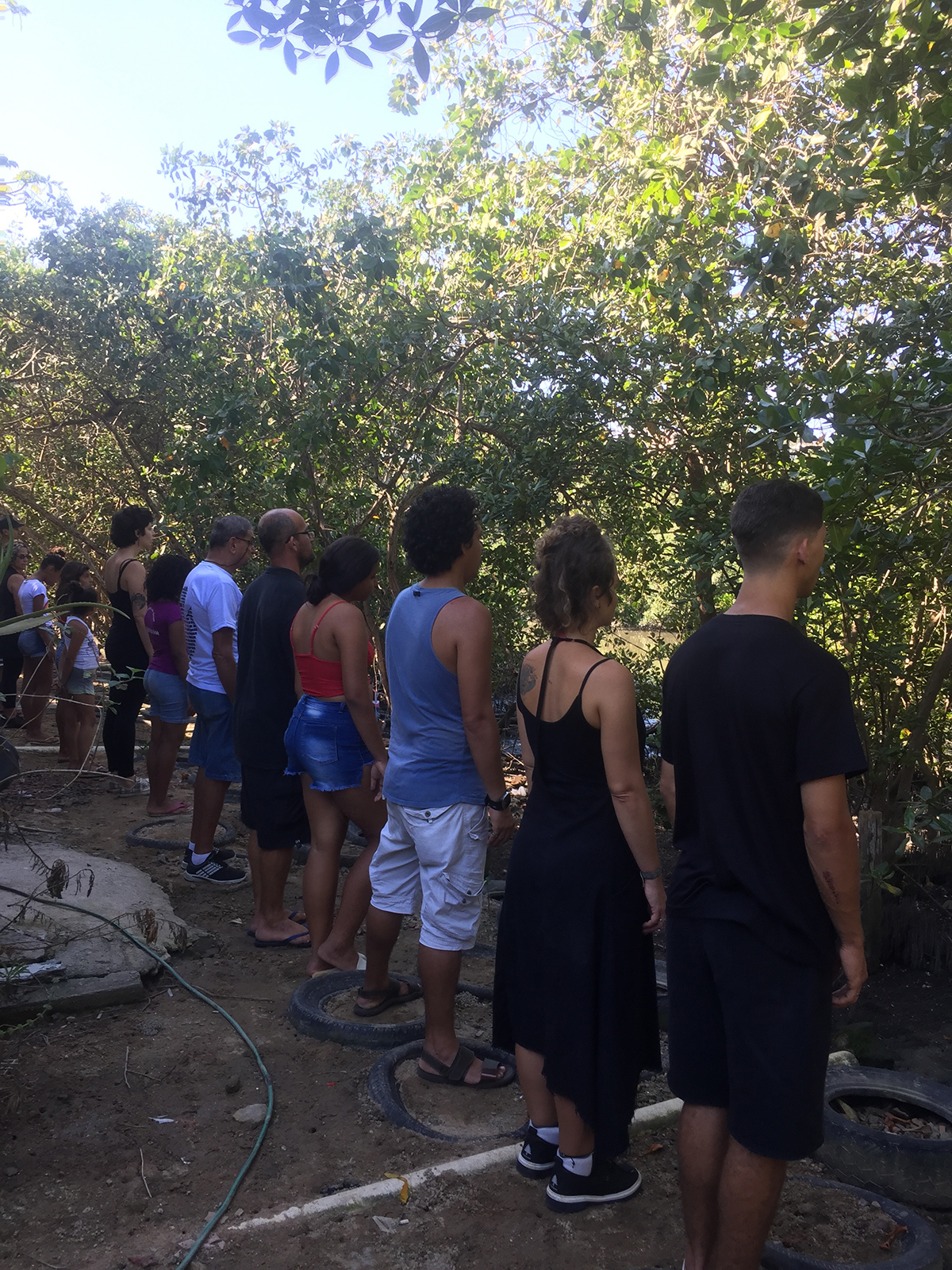
image 1
The unawareness among some of the colony's residents - especially those who don't live on fishing - about the existence and value of the mangrove system for environmental stability compelled me to propose a Mangrove Experience. After all, what can we learn from the mangrove to live in and from ruins of the Anthropocene? At first, I realized an action with local children, inviting them to an experience in the mangrove. To breathe, meditate, feel, listen, and dream. How can we breathe with the mangrove? What does it offer us? From the active meditation and sensorial experience, we saw the emergence of surprises, dreams, and learnings transformed into drawings and phrases. The discovery of the mangrove as part of a body home. The discovery of the mangroves' movement, the sounds, and the intensity of these flying roots. In a second moment, I invited the people who live in the houses bordering the mangrove, the project's collaborators, and the resident artists to participate in a performative action next to the mangrove and the walls/borders that suffocate it. The simple gesture of standing upright, breathing with your eyes fixed on one spot of the mangrove. Staying. Turning right. Maintaining your breathing and its rhythm. Looking at a fixed spot on the wall. Staying. Turning left. Looking again at the mangrove. The simple gesture of standing upright, breathing with your eyes fixed on one spot of the mangrove. Staying. Turning right. Maintaining your breathing and its rhythm. Looking at a fixed spot on the wall. Staying. Turning left. Looking again at the mangrove. From this performative experience, we unfolded not only breathing as a political gesture but also a learning process capable of impelling us to rethink our small gestures and habits. Breaking with our ways of living and inhabiting the world, leading to changes, however small, and the conviction that we need to become mangroves, with all their strength, flexibility, porosity, and capability to create and reinvent lives. It's from simply being, feeling, looking, smelling, and breathing together that what we call Experience can emerge, taking our human-bodies to suspension and coexistence with non-human-bodies. This process-body, situated in a specific territory, is capable of pointing out to us matters, intersections, and embodied knowledge. An extraterritoriality experience.
Duto - Ruy Cezar Campos
When visiting the colony, we stumbled upon a black duct entangled in the mangrove's roots, measuring 5 to 6 meters long, which became the foundation of my proposition. One of our collaborators, Tiago Caiçara, explained us that it had floated across Guanabara Bay, passing through the tidal ebb directly to the estuary of Jequiá River, where it caused damage to some small boats. Caiçara got the other fishermen to help him drag it out of the water and lay it on the ground near the mangrove roots. He used a small part of the duct to build flowerbeds in the village's main square. The remaining portion became a video installation that brings the sounds of the mangrove together with a collage of different images and moments of perceptive engagement with the memory of the village. Luiz Antônio, one of the few young fishermen whom the elders respect, participated in a performative walk and a sound recording session through the mangrove during the lab. That session was a way to formulate the questions to be made during interviews with the more traditional fishermen, Mr. Geraldo and Mr. Zuca. With this we evoked, provoked, and brought together scattered intergenerational stories and memories of this place as we remembered the time when it got swamped by an Iraqi ship's oil spill in 1975. They also shared with us that in 2000 a pipeline rupture caused a dramatic oil spill on the bay. One month later (and after the end of our lab), triggered by another oil spill, the fishermen went on television to demand the authorities' attention to the health of the Guanabara waters.

Sorceress - Marcela Cavalini e Sofia Mussolin
The action Sorceress was carried out in partnership between artists Marcela Cavallini and Sofia Mussolin and the residents of Colônia Z-10 at Governador Island, departing from the coexistence during Sensitive Territories art residency. The proposal to inhabit and learn from the environment and to investigate where and how the lives of its residents unfold led us to two ways of groping: on corporal workshops conducted by Marcela and through walks for audiovisual registration conducted by Sofia, accompanied by Thiago. The image and materiality of "becoming in the net" guided the relational experience during the body-environment workshop (open to the public) and the wanderer's hearing of the stories of what being a fisherman in that territory means. Colônia Z-10 grounds countless coexistences as an ambient that provides a source of food and subsistence, at the same time, it adds its share to the increasing pollution of the mangrove and the waters of Guanabara. The name Sorceress arose from its relation to a type of fishnet used by the fishermen of the region (made of three entangled nets that carry everything), as well as to summon the image of a mythical serpent that figures in this material landscape, for the mystical feminine power that it evokes, and to invoke the imagetic as a possible strategy to highlight the real situation. We were inspired by a conversation with Mr. Geraldo, the oldest fisherman in the region, who told us about this net for catching, above all, "those noble fish, like Robalo and Linguado that have their own houses and live at the bottom of the mangrove." We activated our bodies in different ways, collected nets, braided the plastic bottles collected in the community, and embodied this sign of the colony as a way to denounce the urgent condition we live in. In performance, we emerged from a boat, in the middle of the mangrove, together with other residents. All entangled by the scale-net, we started a performance-walk across the colony, chanting warning words about the state of degradation of that environment.
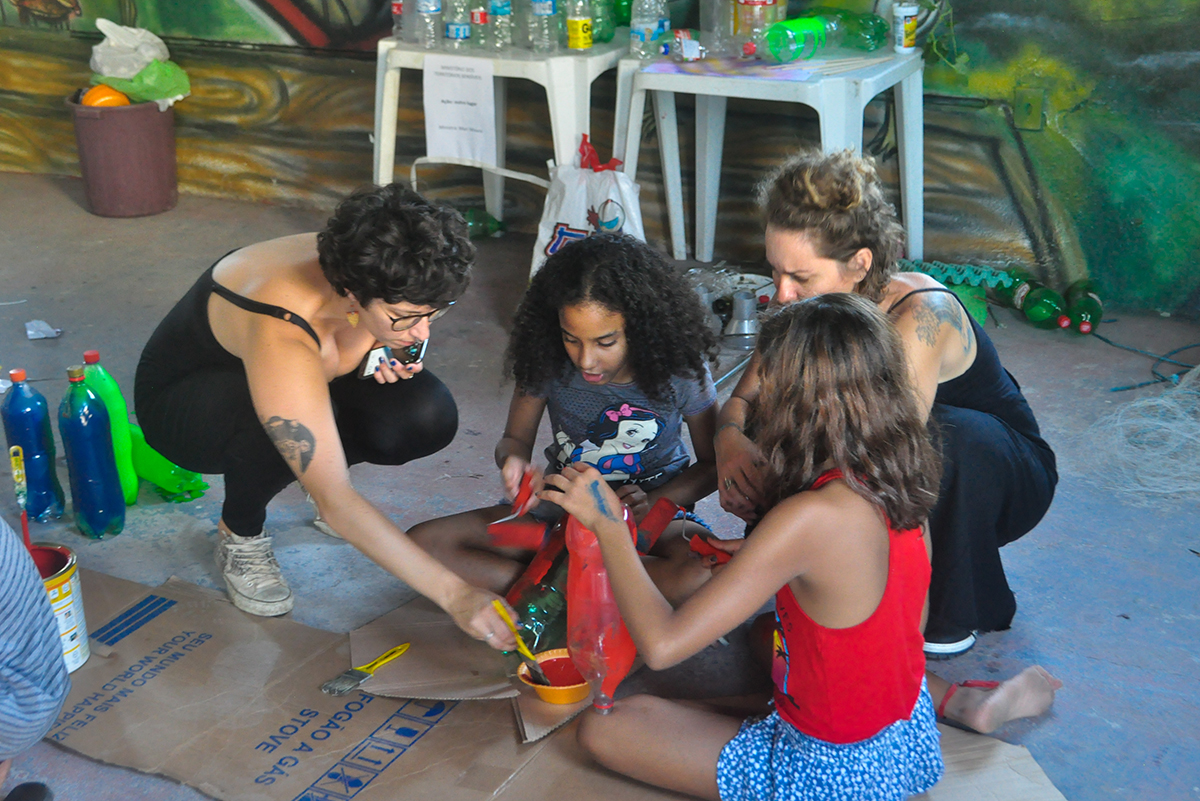
image 1
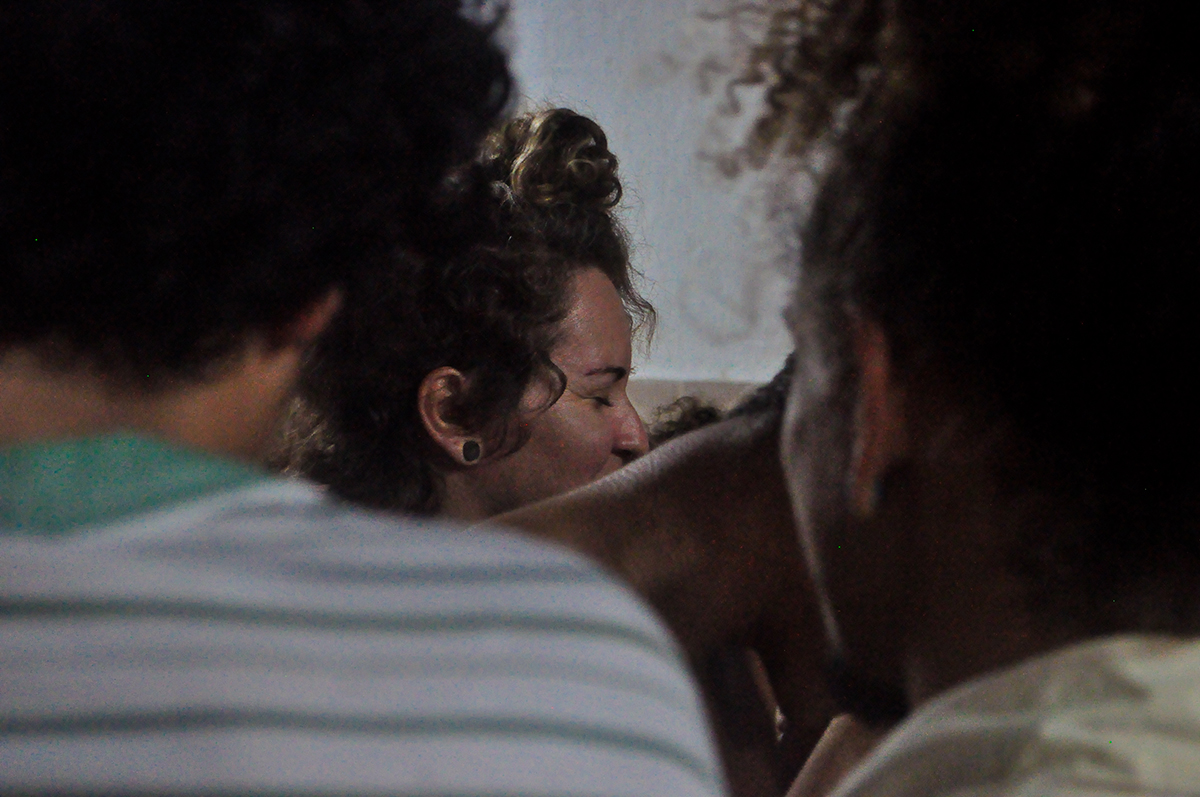
image 1
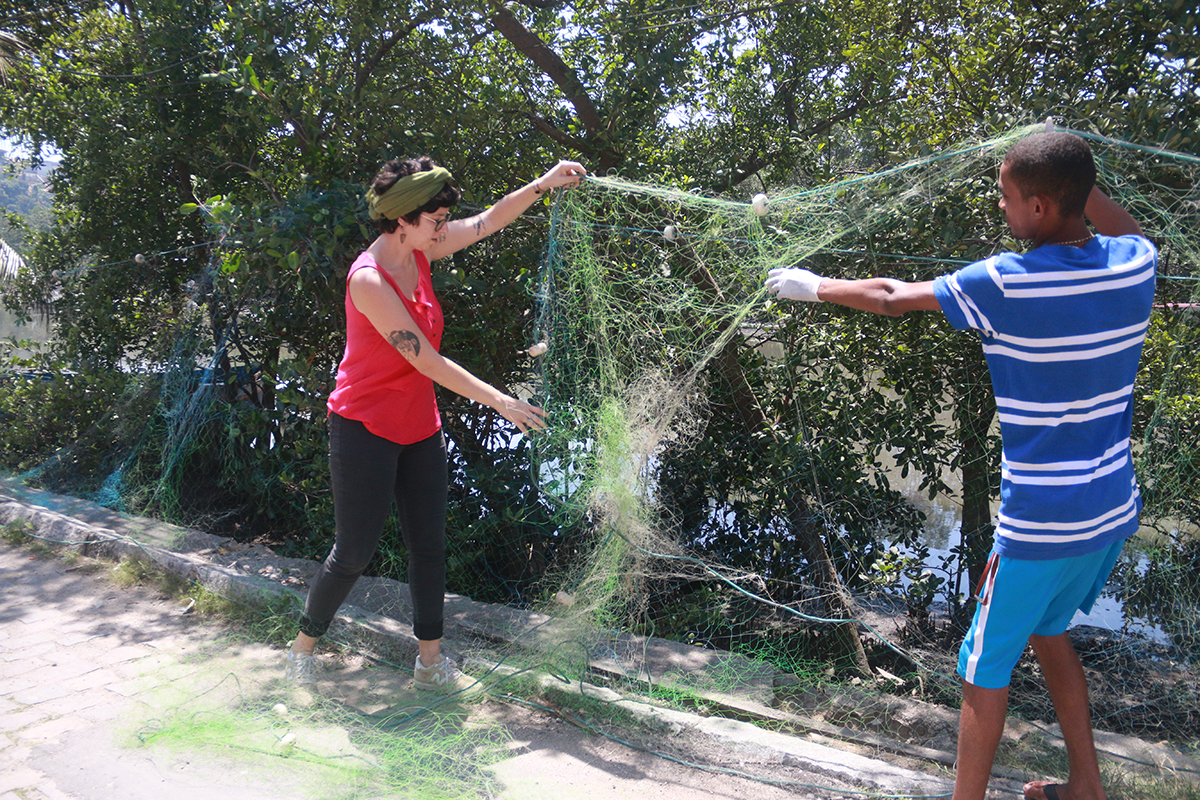
image 1

image 1
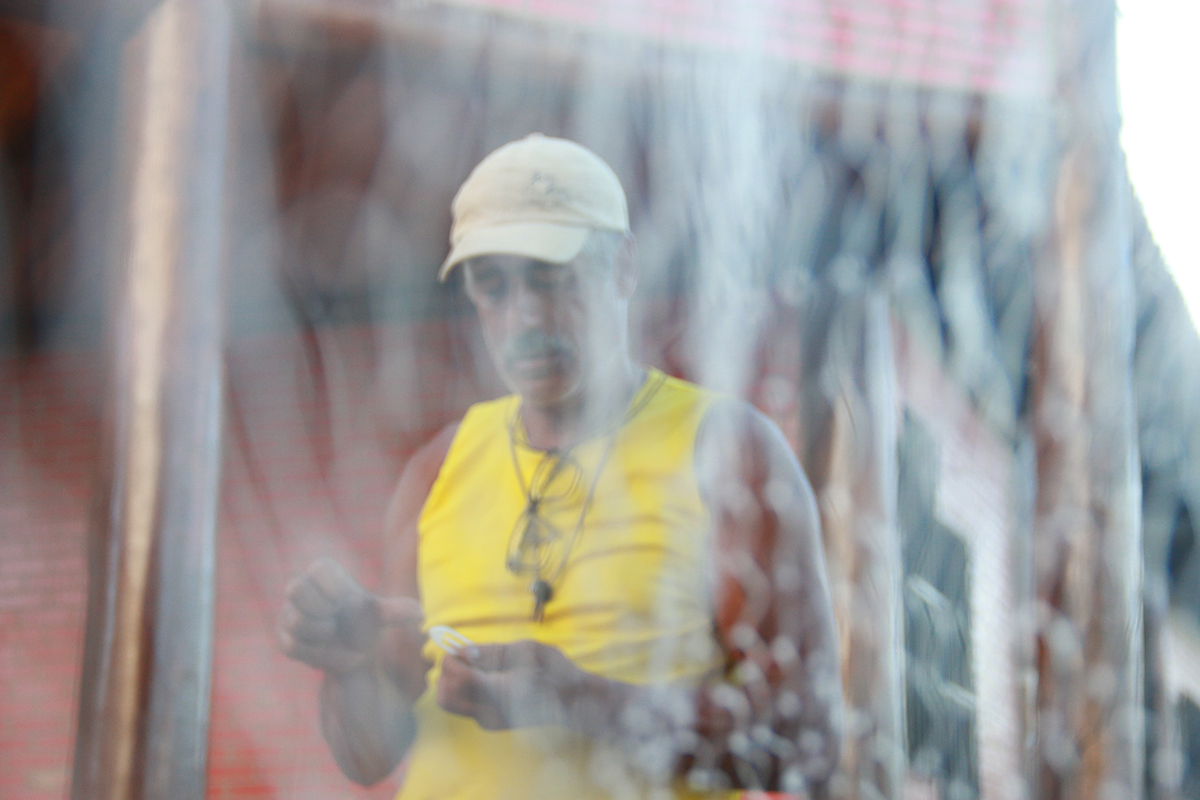
image 1

image 1
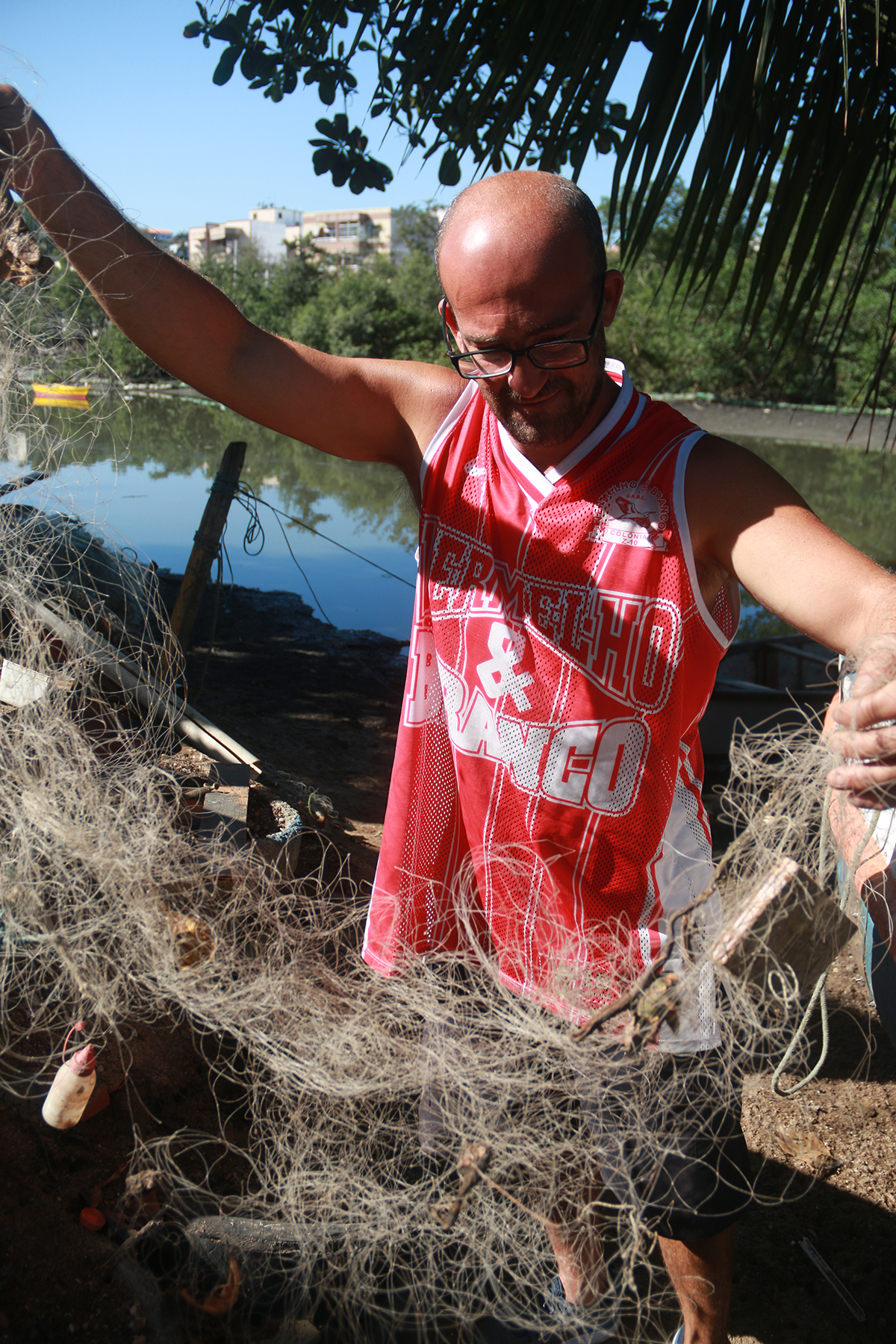
image 1
Activist Memories - Alessandro Paiva
How to approach and propose, through writing and activist design, reflections and collective actions regarding the environmental problems that permeate the daily lives of fishermen and residents of Colônia Z-10? The movement, mechanics, and corporeality created in the graphic writing processes led us to construct this "how" by activating memories and guiding the course of our actions. After I met with young residents during our immersive lab at the colony, the proposal of a graphic workshop became a means of exchanging and relating between the bodies that live in that territory (experiencing firsthand the problems found there) and my "strange" body that was arriving there. Throughout our meetings, we reflected on the colony's daily life and the inadequate waste disposal in the mangrove. Using the activist design practice, we built a sort of human graphic workshop, working together on the elaboration and production of posters, from the mechanical process: cutting the letters, fitting them together, applying paint, and placing them to dry; to the activist practice of gluing them on the walls around the community, thus occupying public spaces and spreading our debates. Little by little, we were creating collective memories about the mangrove and occupying common-use places in the colony as the fishermen's ranch, the colony's headquarters, and the leisure spaces - all connected by garbage! All the common locations in the community received our posters that, once glued, only the action of time or humans would be able to remove them. A temporal paradox concerning our actions and their implications in the world.
image 1
image 1
image 1
image 1
image 1
image 1
image 1
image 1
image 1
Dreamscapes - Patrícia Freire
Dreamscapes is a collaborative action involving the projection of dreams, the creation of organic paints - with materials collected at Colônia Z-10, and painting. For five days, a group of young residents of the community and I would gather at the headquarters of the colony's fishermen's association for a painting workshop, there, we talked about dreams, landscapes, daily life, and the future together. Our conversations would take, or not, shapes, tones, and movements. Dreamscapes was a proposal to imagine the future together, starting with an exercise of being in the present, in plenitude.
image 1
image 1
image 1
image 1
image 1
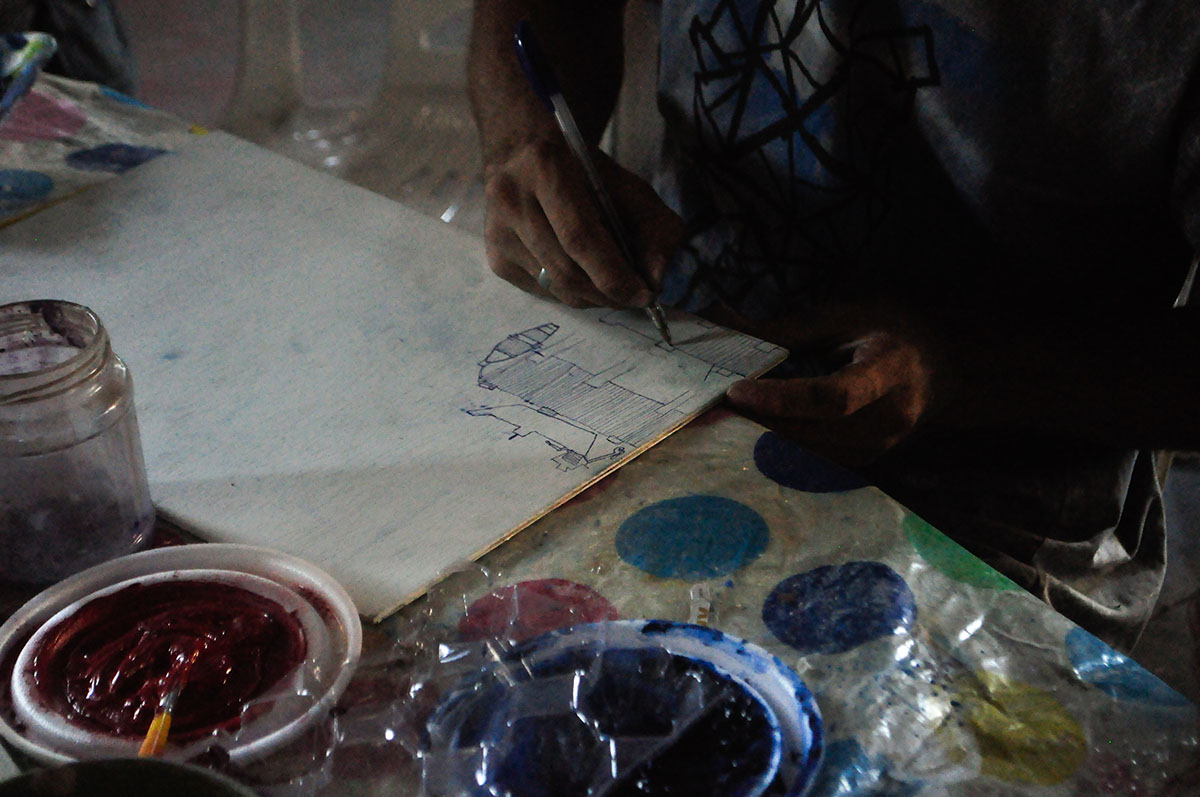
image 1

image 1
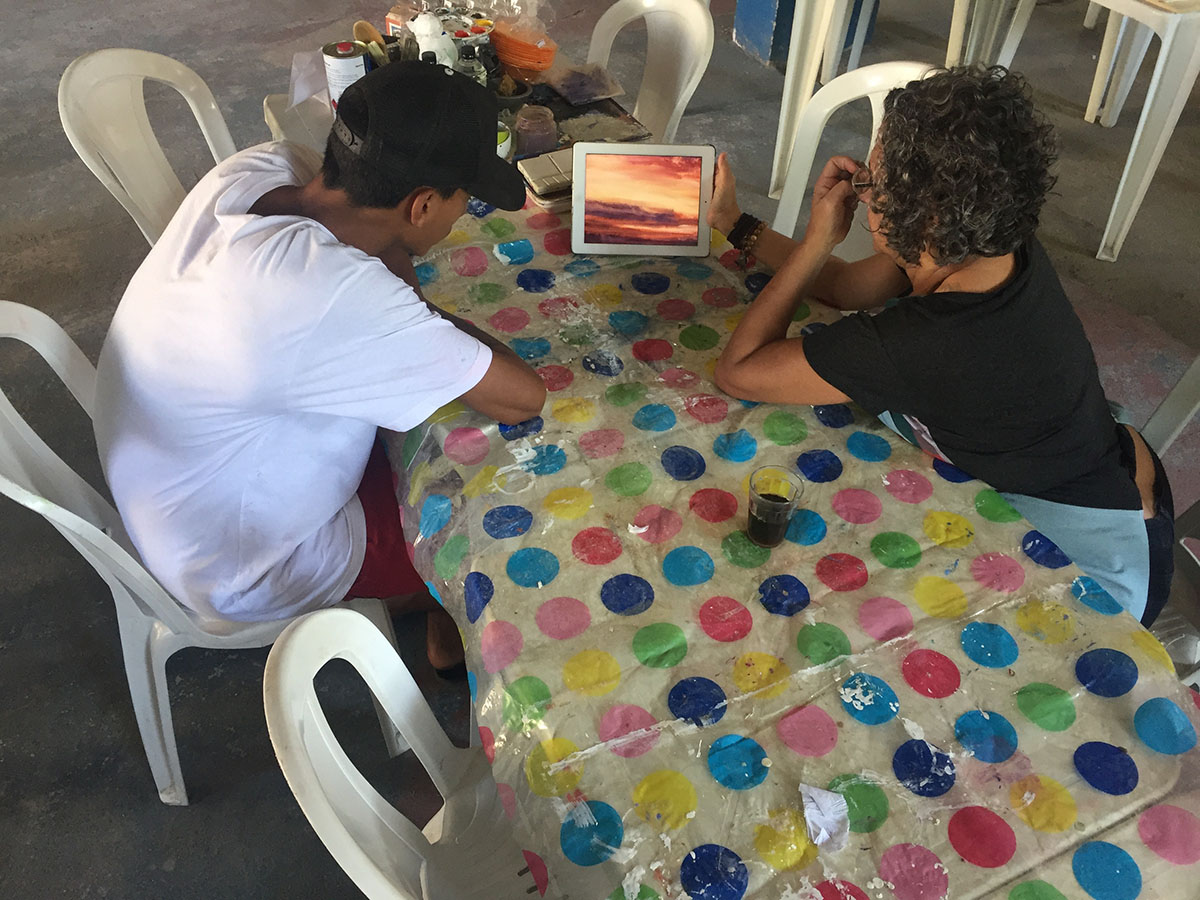
image 1
AnOther Place - Mari Moura
The performative action AnOther Place, conceived by artist Mari Moura, consisted in the Creation of the Ministry of Sensitive Territories. Living times of an authoritarian government with the creation and closing of several ministries in Brazil, the self-named Minister of Sensitive Territories, Mari Moura, talked to residents, regulars, and passersby of Colônia Z-10 via live streaming on Instagram from her office in Brasília - DF, about what they imagined for the constitution of another place to live. With a notepad in hand, the Minister wrote down the clues left for constructing this "Other Place" yet to be created. Using telematics as a means of co-creation, coexistence, and expansion of dialogues, AnOther Place seeks to broaden the notion of territory by breaking through geographical and sensitive boundaries.

Lab 3 – Paquetá Island | RJ
Located in the middle of Guanabara Bay, the bucolic and historic Paquetá Island, as the only populated island with no land access, keeps alive a specific way of life called by the people who live there as Ilhéu-being. Paquetá also has a fishing history, but the island is better known for its nickname, "Lovers' Island." In the past, it was known for its paradisiacal beaches, it is known that the King of Portugal used to spend his vacations there, and it has also been the setting of a famous soap opera, A Moreninha, screened in the 1970s. However, today Paquetá has problems similar to those of Colônia Z-10, which can be shortly described as moving between a distant past and a near future, between local traditions and environmental crisis, and/or between the survival and the construction of new ways of living. What is it to be an Ilhéu today? What is it like to live right in the middle of a destroyed and polluted landscape? Why and how do the Ilhéus keep alive their sense of belonging? These questions moved our encounters with Ilhéus Alessandra Gomes (student and photographer), Danyelle Mayor (biologist), Emanuel Barbosa (activist and musician), Januário, and Francisco Campos (students). The coexistence and inhabiting of that island led us to create new approaches to connect, feel and perceive the problems and new modes of engaging, together, forming a single body with all its complexity, we began to listen, feel and tune in to this sensitive territory called Paquetá. In this laboratory participated the artists: Nathalie Fari, Guto Nóbrega, Cesar Baio, Paola Barreto, Sofia Mussolin, Marcela Cavalini, Daniel Puig, Mari Moura, Patrícia Freire, and Walmeri Ribeiro. We also had the participation of artist Gabriela Bandeira (aGradim project) and philosopher and researcher on Anthropocene issues, Alyne Costa.

image 1
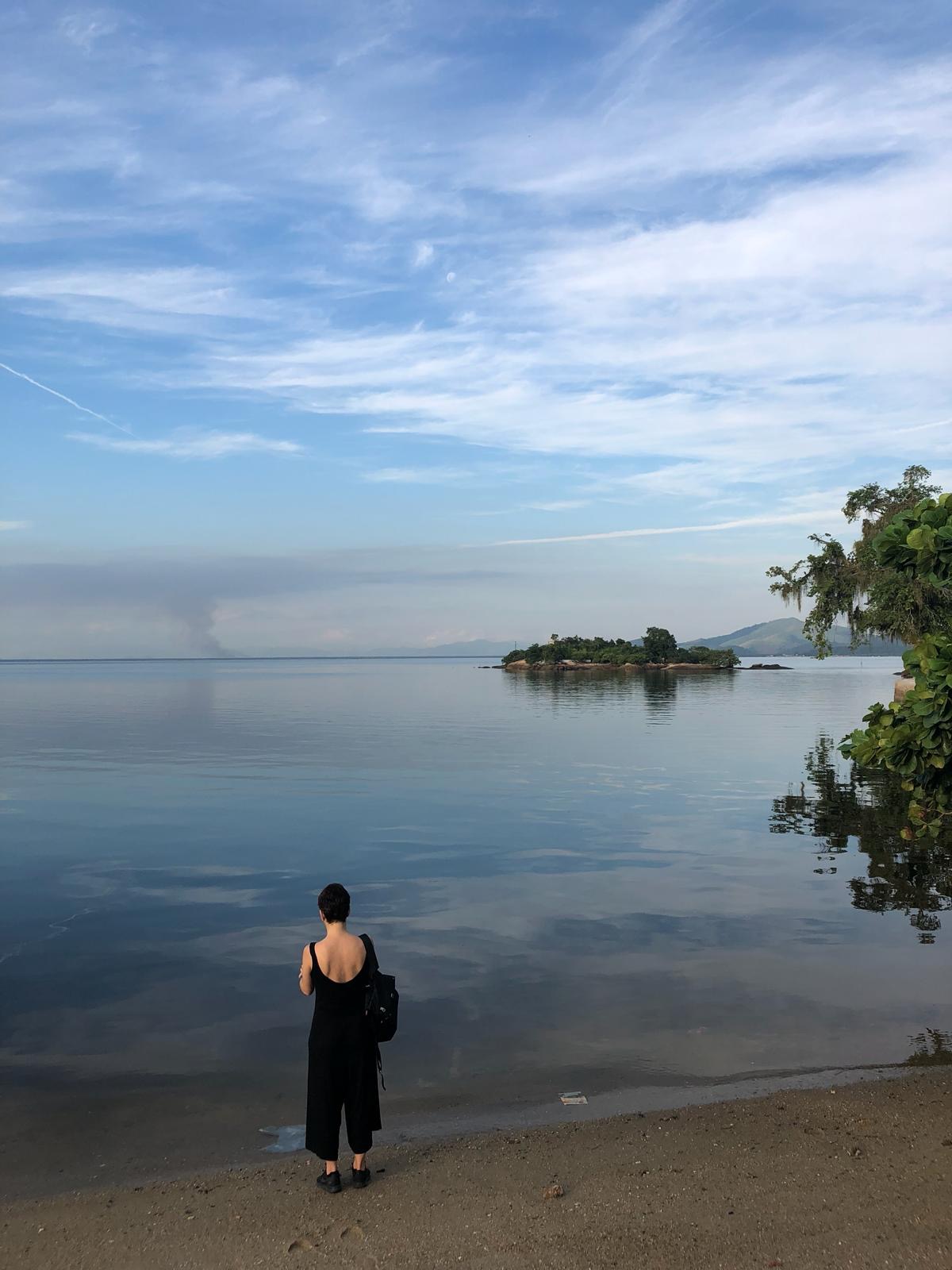
image 1

image 1
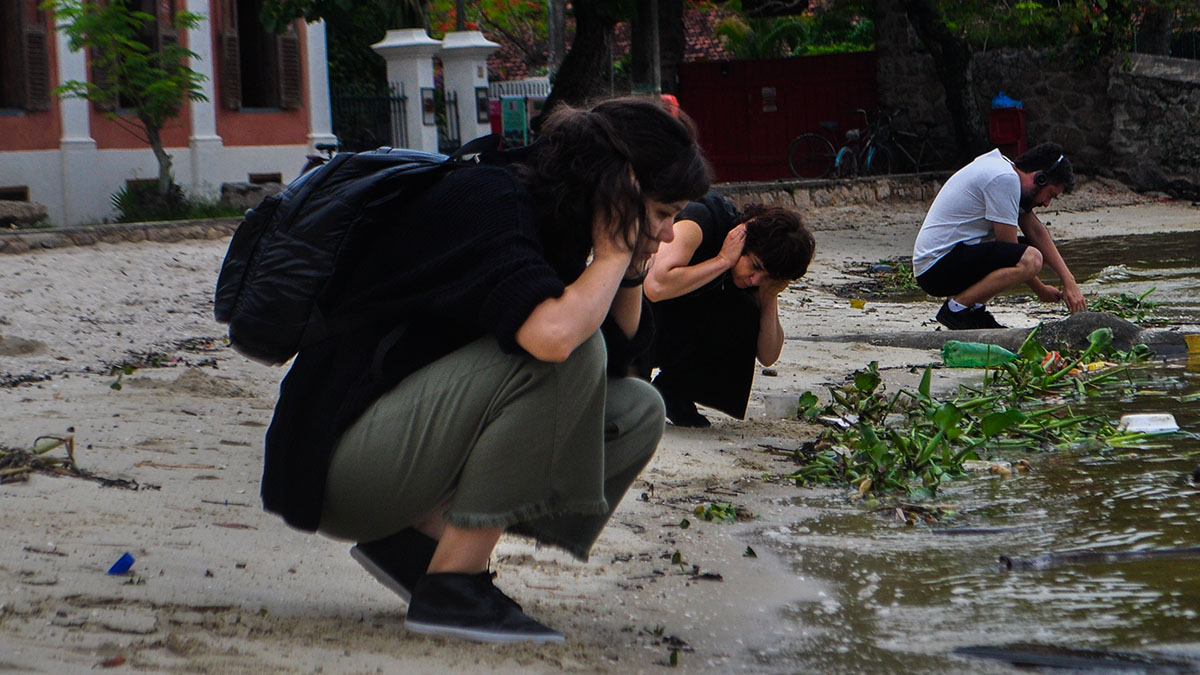
image 1
image 1
image 1
image 1
image 1
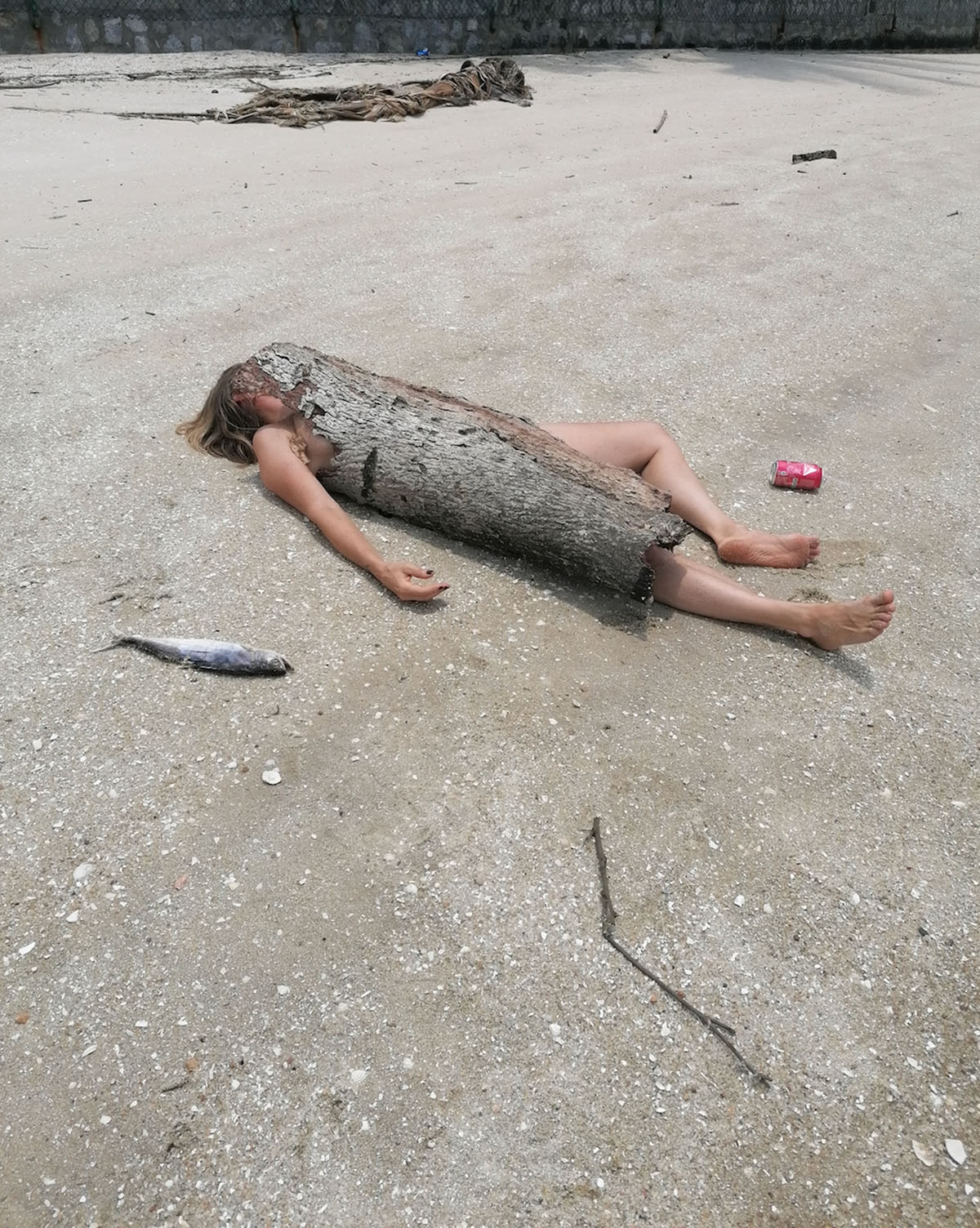
image 1

image 1

image 1
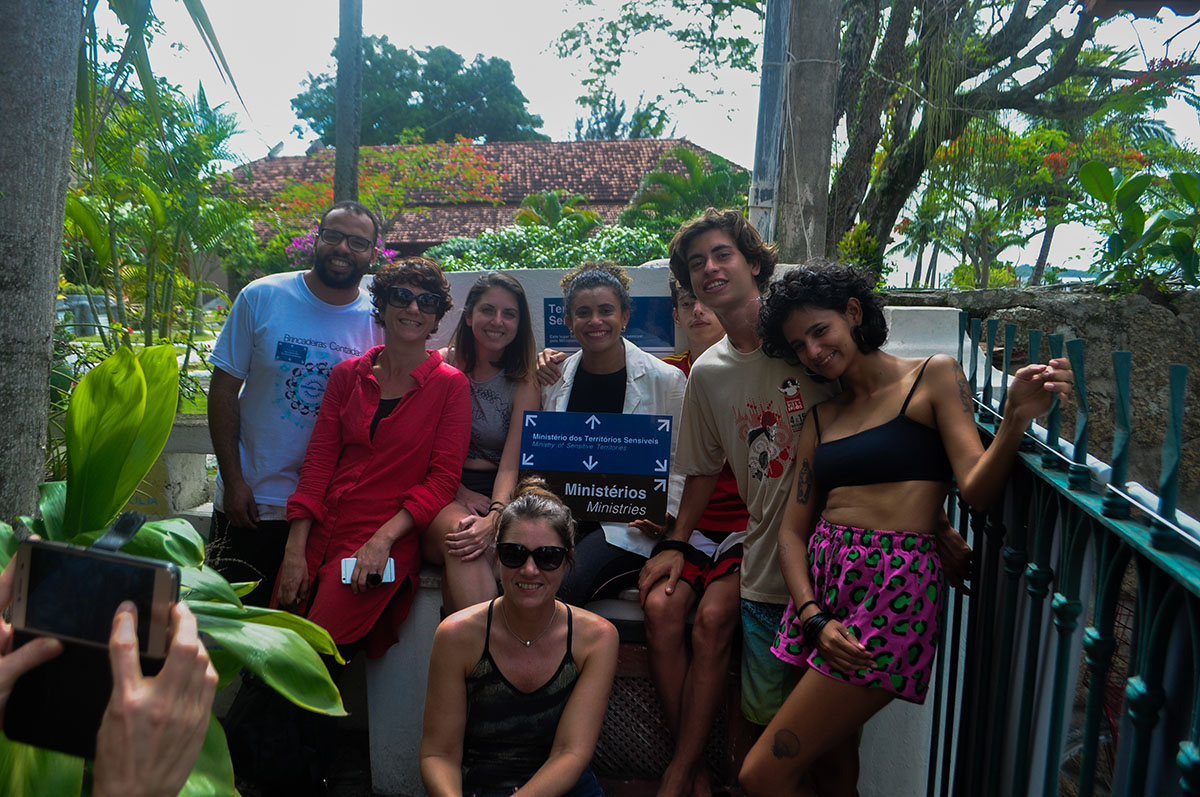
image 1

image 1
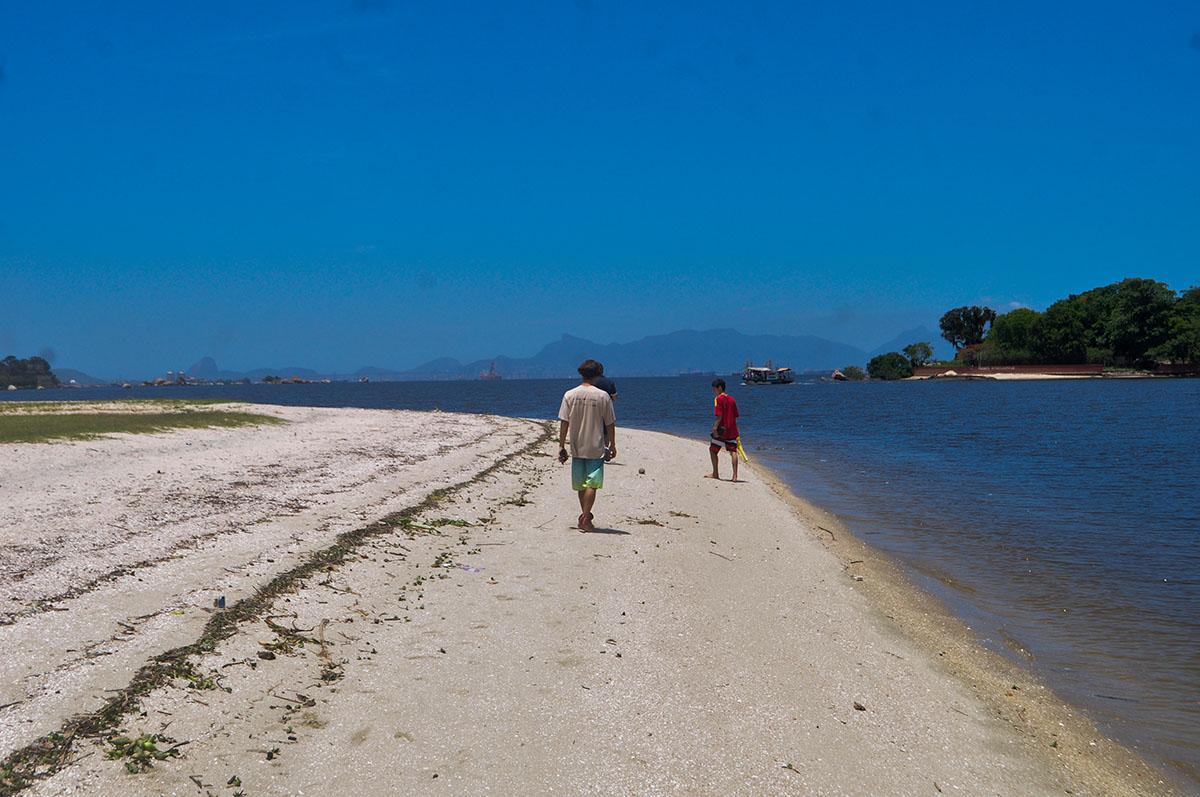
image 1
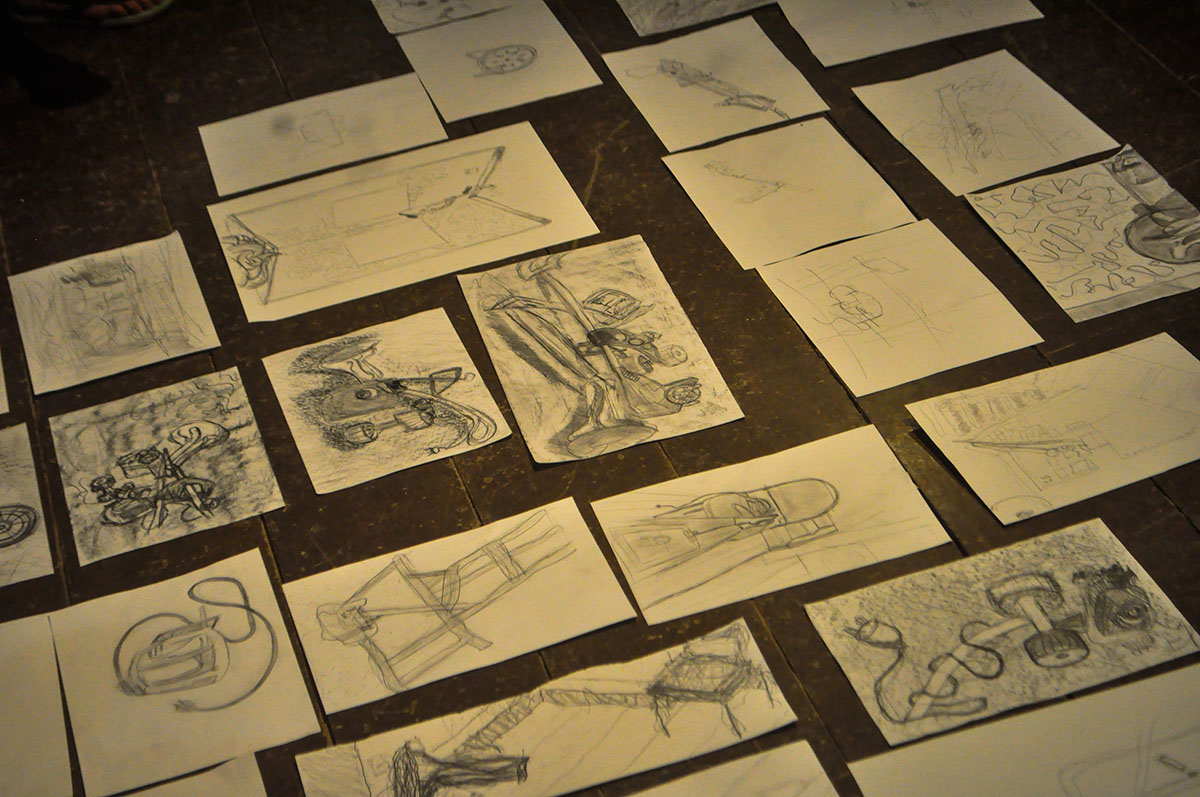
image 1

image 1
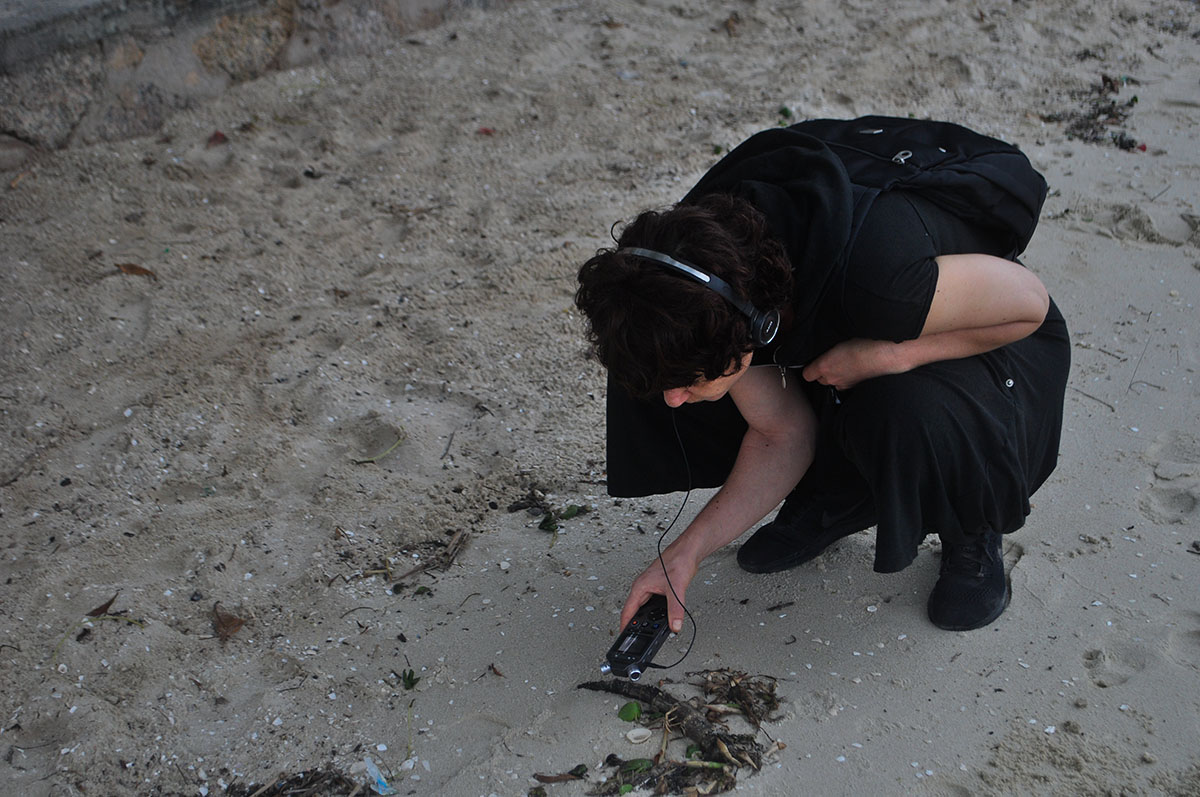
image 1

image 1
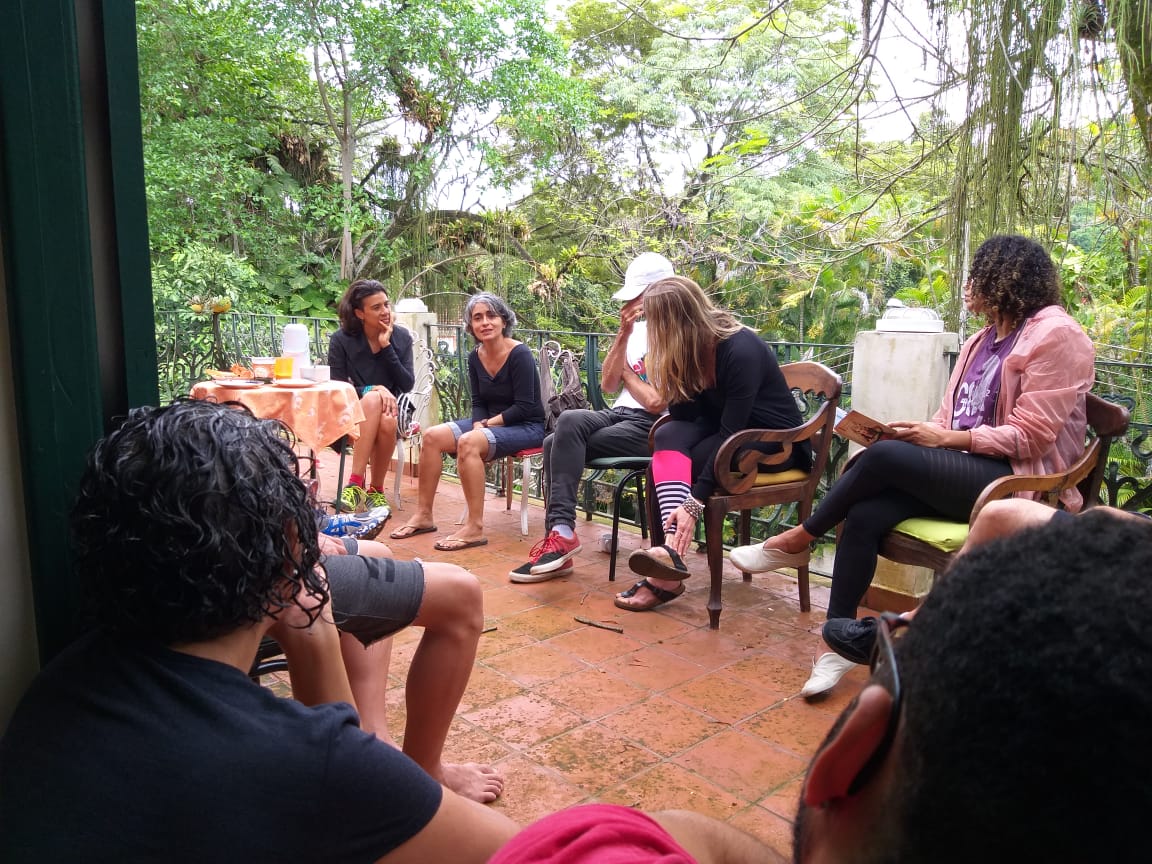
image 1
image 1
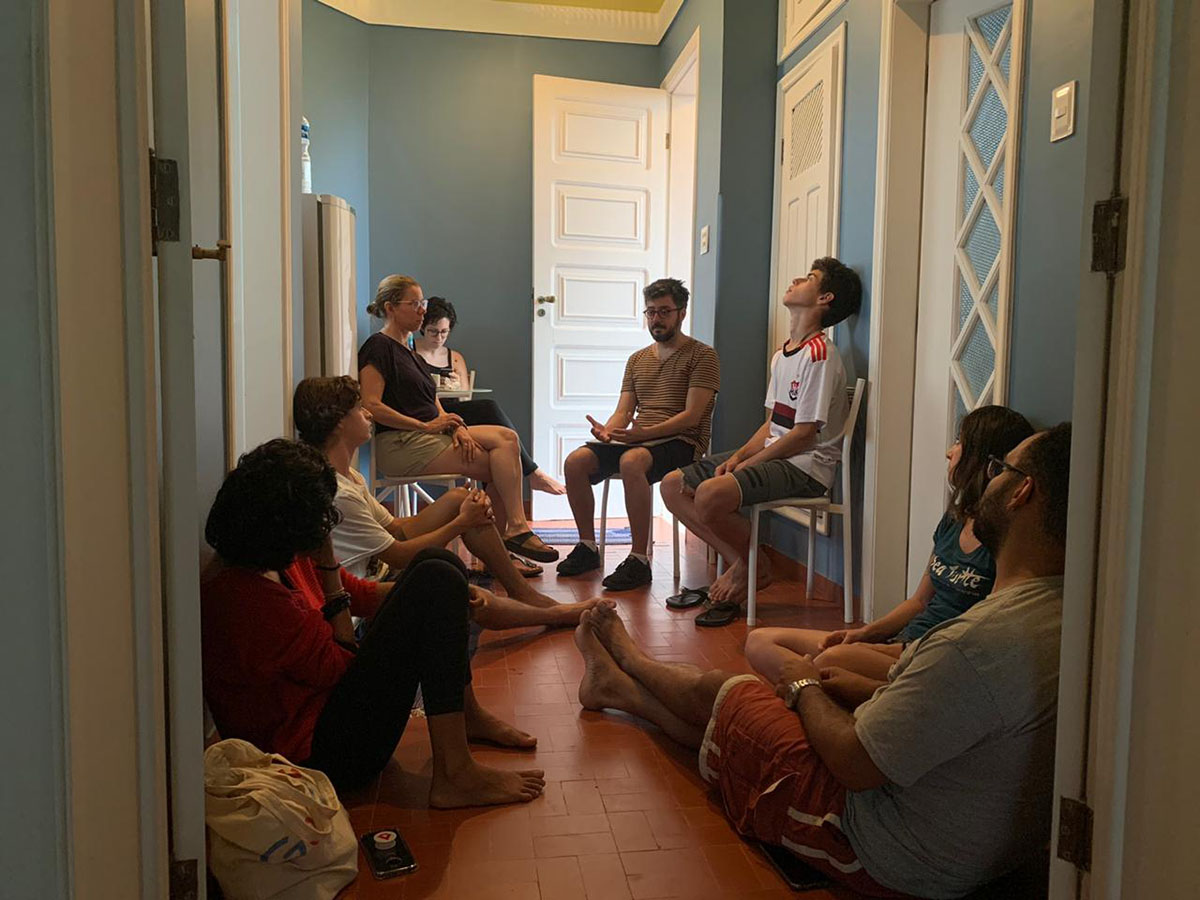
image 1

image 1
Nathalie Fari (guest artist)
How to approach an unknown place, or rather, how to incorporate a site under a crisis? A place called Paquetá - "pac" (paca) and "etá" (much) - a small island amid Guanabara Bay that has been given different pseudonyms since colonial times. Today this island lives between a distant past and a near future, amidst mythical landscapes and man-driven environmental problems, somewhere between trying to survive and building new narratives. Within this scenario, the proposal of a performative and somatic work emerged. With a focus on local issues, from the micro (our venue at Casa das Artes) to the macro (what we call the Anthropocene), my goal was to create bodily-environmental immersions through different exercises. Based on the site-specific concept and improvisations, as well as on body techniques such as yoga and the 5 rhythms (or "conscious dance"), these exercises aimed to deepen the relations created with both the group and the site. A common concern was to understand the dynamics of a place isolated from the world and, at the same time, imbricated by the ongoing climate changes. From this perspective, my body in contact with other bodies received different stimuli and experienced different ways of being in places. What still rings in my body is the movement of the breathing that we generate during the exercises, the inhaling and exhaling of the individual and collective body. For a few moments, we even managed to be one body, rooted on an island that just like every living organism, needs a deep breath, a reconnection to what it means to take care of oneself, of others, and of the places that surround us.
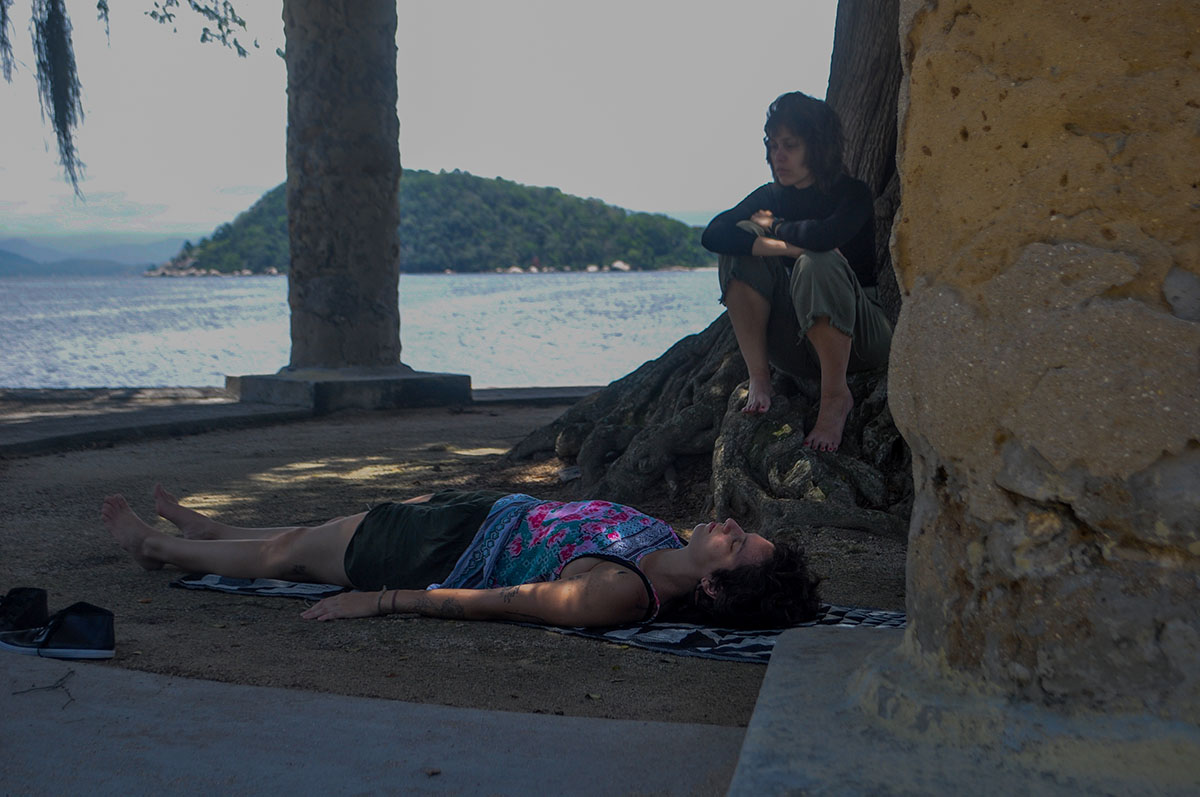
image 1
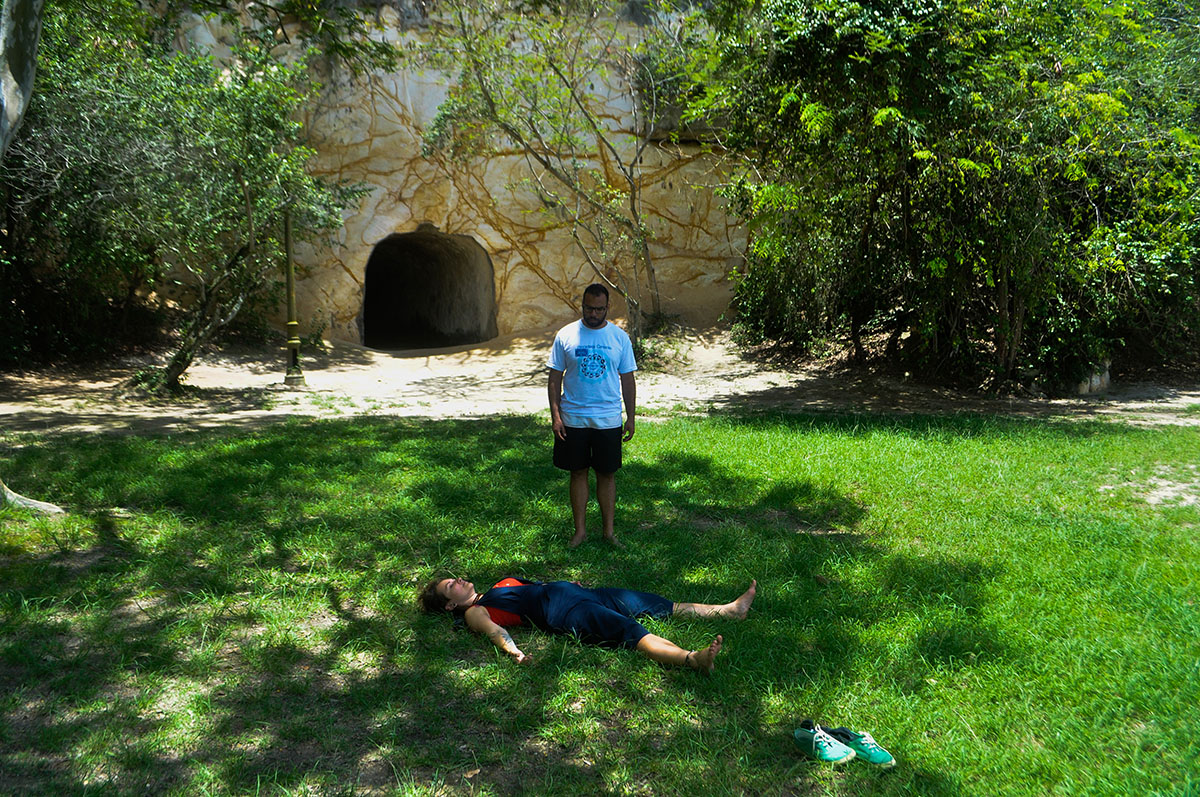
image 1
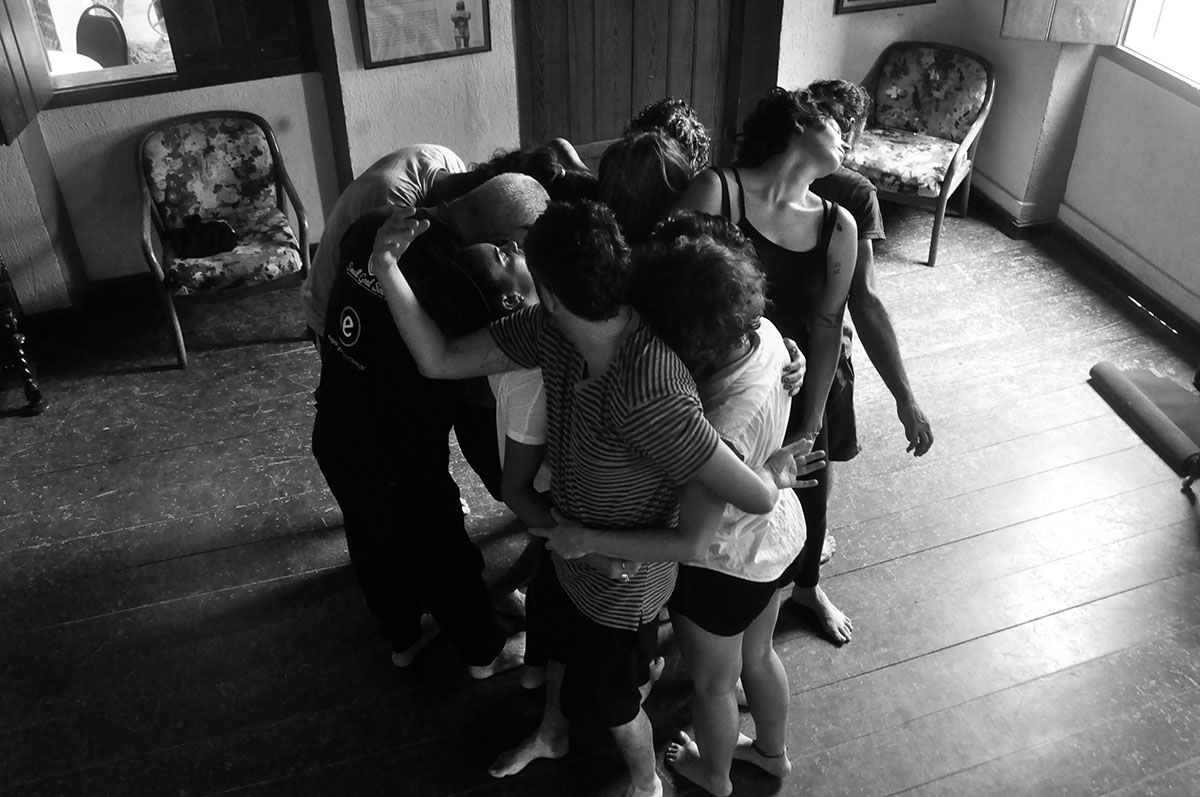
image 1

image 1
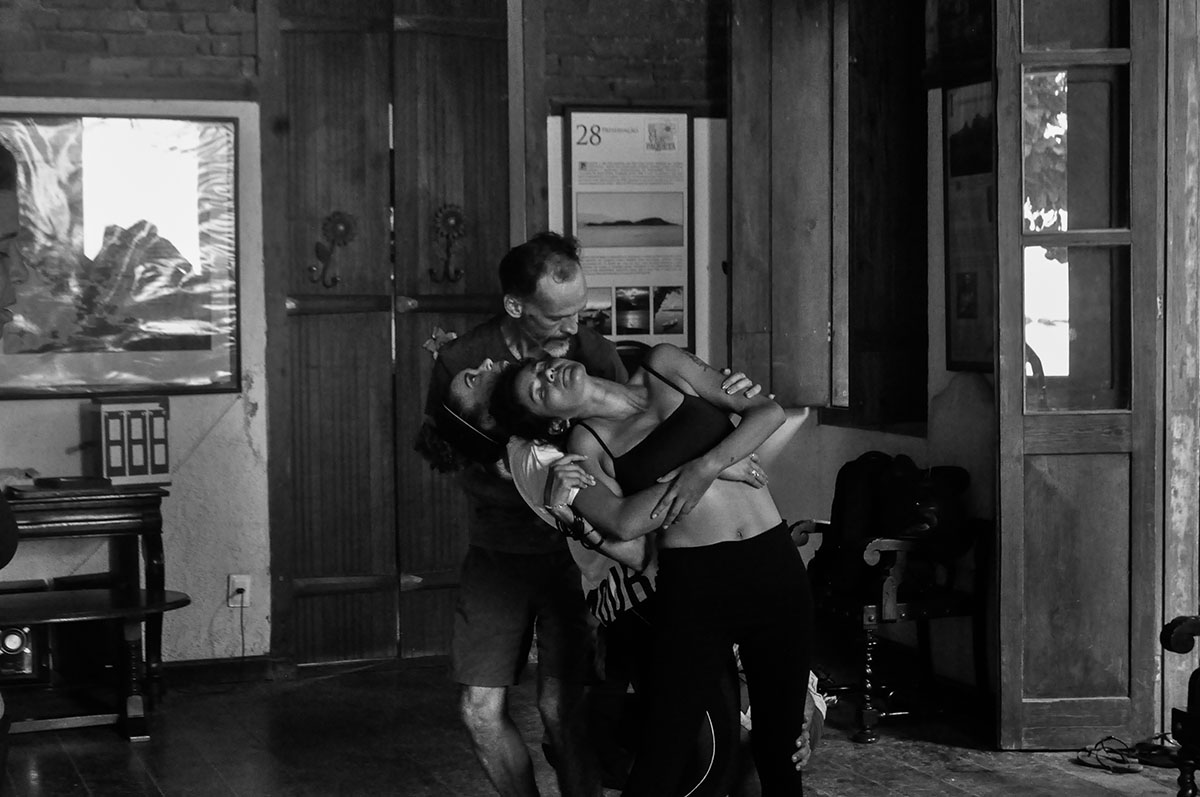
image 1
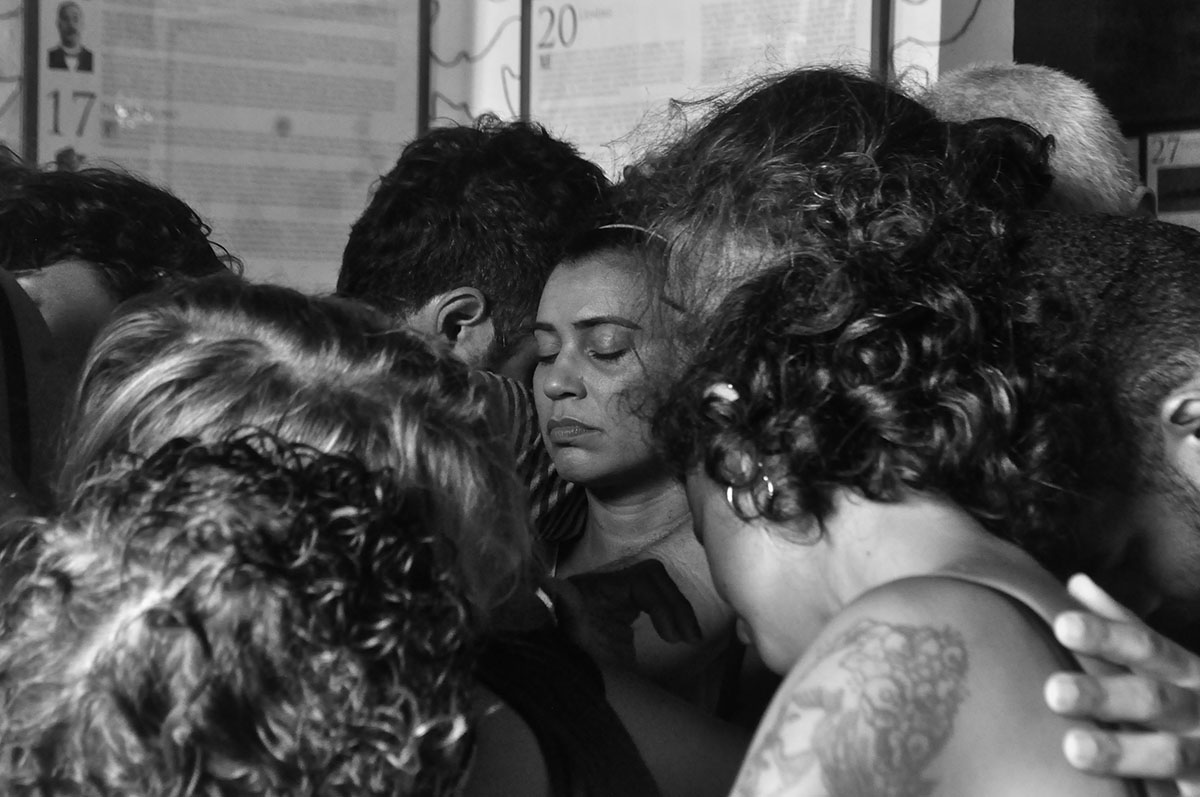
image 1
Guto Nobrega (guest artist)
Garbage is empty containers of consumed energy. They are discarded residues, stagnant energies, which do not transform and do not recover their initial potential. We could think of garbage in terms of information and entropy. Paradoxically, garbage is redundancy, yet, it is also informative to an improbable extent, like the plastic inside living organisms in the waters or in the beaks of birds. It is information that bothers us and threatens us with its absent presence. We do not consume nature but its industrialized by-products. We have to turn to the earth, to water, to air. Fire heals us, extracts our ills. Smoke rises with the winds. Water washes, and salt cleanses us. Our energies get recovered. The earth grounds us to connect us to the stars, to the cosmos, as we take root, like plants. Eat the plants. To reclaim harmony without loss, to maintain the subtle flow of life that passes through us. We must undress to return to nature, without damage or loss, without waste. There, where we will no longer be separated from anything.
Cesar Baio (guest artist)
During the residency in Paquetá, my interest was to discuss the relationship between the island's natural landscape, the objects thrown away at Guanabara Bay as trash, and the ships, platforms, and infrastructures installed there. As a principle of my intervention in that specific place, I assumed the intention of doing so by creating a horizontal relation of mutual learning with local inhabitants. From this project emerged the Obliterations proposition. In the Dictionary, obliterate means "to make something disappear or vanish, little by little, until no trace remains. The proposed action started by examining photos taken by the residents at the island where they live. These images were the catalysts for debates regarding the politics of landscape in the context of Paquetá. What do these images tell about the site and the people? What is shown, and what is hidden, within these landscapes? In which ways are the beaches and the sea intertwined with the discarded objects present on the sands and with the ships, platforms, and infrastructures installed in these Anthropocene landscapes? From this provocation, the residents of the island Alessandra Gomes, Daniele Mayor, Emanuel Barbosa, Francisco Campos, and Januário Campos embarked with me on walks along the beaches. The habitual glance at the horizon in search of the postcard landscape gave way to eyes turned to the floating garbage moored on the sand and to the possible ways of composition between those objects and the scenery seen from the island. If, to me, those landscapes referred to a series of connections between my readings about the Anthropocene, and the sensations triggered by drawings, paintings, and photographs I had encountered while researching the island, to my fellow walkers, they were the memory of distant and recent passages of their lives. The poetic gesture of obliterating, of "making disappear" an element of the landscape, revealed dimensions of reality that usually go unnoticed, either because they are submerged under the deep waters of the Bay, or because they are meaningful only to those who live there daily. Between what is visible and invisible, the work creates traces of what is unseen and shuffles the image's functions of register, memory, and invention.
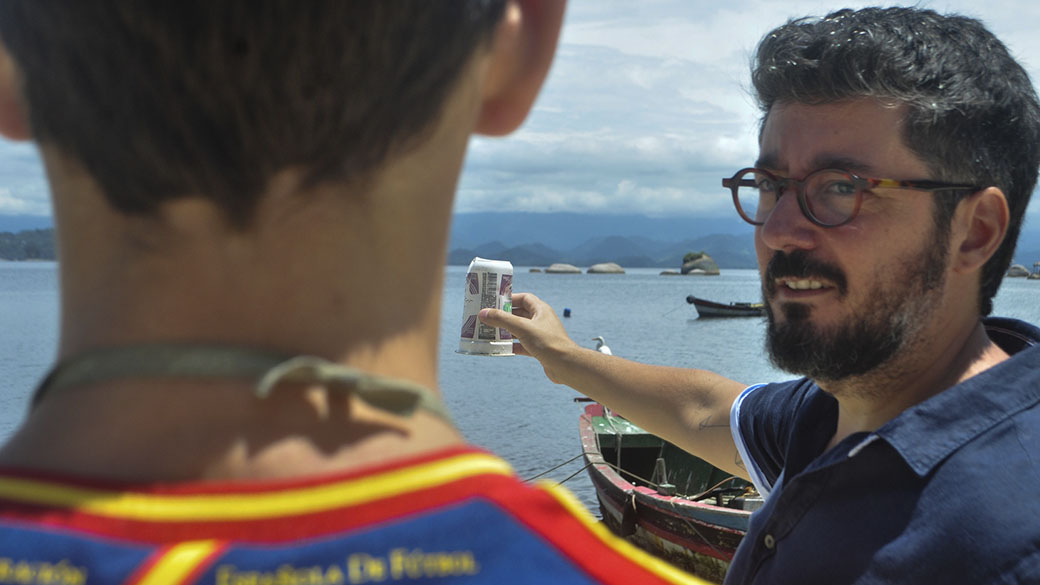
image 1
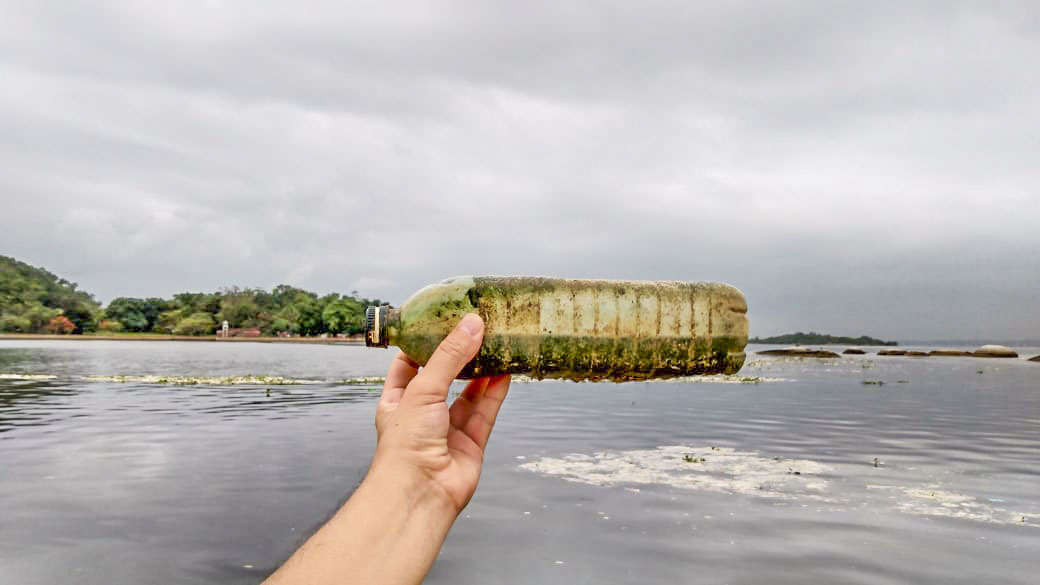
image 1
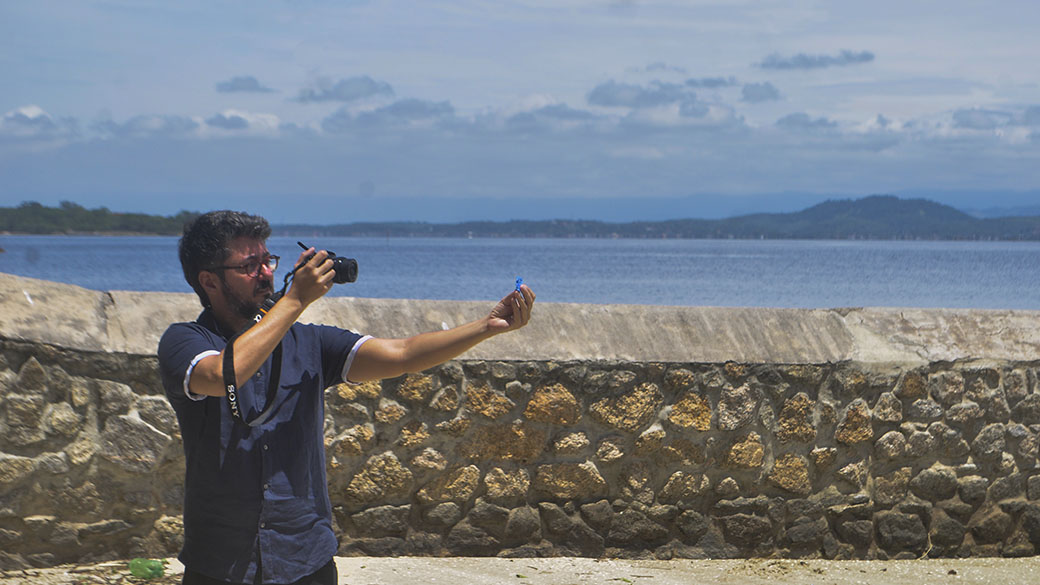
image 1

image 1
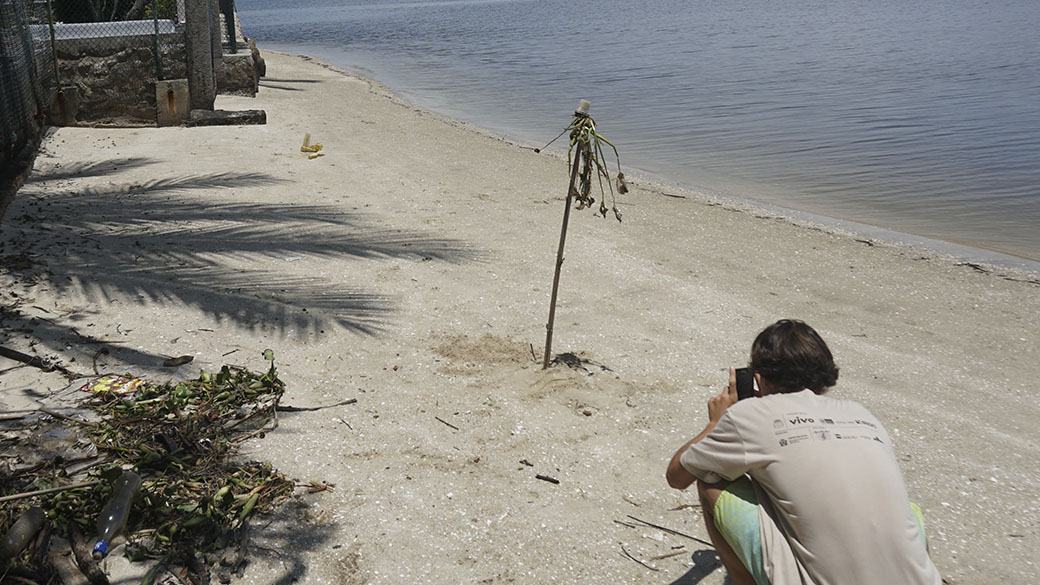
image 1
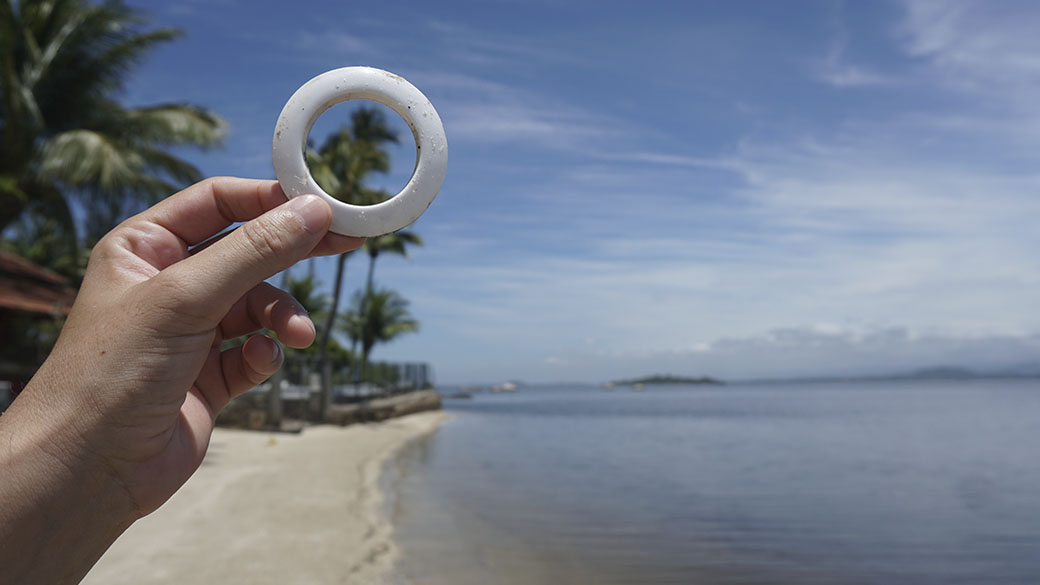
image 1
Patrícia Freire (guest artist)
This piece is inspired by an Indian spring celebration called "Holi Festival", a popular traditional manifestation that happens every year all over the country when people come out to the streets and dance throwing colorful powder and water at each other. My work celebrates the landscape to exalt the good that nature brings us. The colors that cover the trees show us their presence, their magnitude. The contours of their shadows on the ground evoke a sense of time that eludes our eyes, just as dust will crumble, leaving no trace. What remains is a memory of an experience in the landscape.
Paola Barreto – Dr. Fantasma (guest artist)
I landed in Paquetá without knowing what I was going to find. I tried not to idealize or project anything, starting from the idea that the island would tell me which path to take. As soon as I arrived, I decided to work along two lines of investigation. On the one hand, I collected vestiges, clues, traces, and signs from natural or manufactured objects that crossed my path and might become my allies in a potential creation from this territory - both physical and symbolic. On the other hand, at Casa das Artes' library, I found some publications about the island, its mythical stories, its official history, and the memories of travelers from different epochs. I was particularly interested in the wars between several indigenous groups (Tamoios, Tupinambás, and Temiminós) during the Portuguese invasion and what the island may have retained as a witness of this colonial period. So I organized my working days between reading, taking notes, and small detours around the island, in the company of Ilhéus and some of my colleague artists willing to face this game of fabulation departing from found objects with me. The search itself is always imbued with projected meanings, and the meanings acquired by each element in the collection are altered through invented narratives and confrontations between possible versions of the supposed origins of each object. At the end of the detours, I gathered a collection where the manufactured objects turned out to be less interesting than the natural ones - at least in the network of narratives we began to weave. In this dialogue across time and space, between humans and nature, I revisited previous investigations of works made with plants and embarked on a new conjecture: What could the trees of the island tell me? These trees are certainly grandchildren, great-grandchildren, or great-great-grandchildren of trees that may have witnessed many things... Do the grandmothers of the trees tell stories to their granddaughters, as mine does to me? What if we started seeing plants not only for the oxygen they produce but also for what they can teach us? If plants are capable of learning from experience and therefore possess memorizing mechanisms, is this memory inscribed in their bodies? That's how I picked the dried flowers from some palm trees. The idea was to use these flowers to create communicational devices, like experimental radios to make a channel that connects the past and the future. In their fossils?

Mari Moura (guest artist)
In Paquetá I carried out the performative action AnOther Place on site. The action was the attendance and displacement of the Minister (Mari Moura) through the streets of the island of Paquetá. I talked with the residents and passers-by about what they wanted for the constitution of another place to live. With a notebook in hand, I wrote down the ideas they gave me for the constitution of this "Other Place." The whole movement was broadcast live via Instagram, thus extending, via telematics, this construction of the sensible and broadening of the territory. With the island community, we have established a space of daily struggle in the constitution of a livable sensitive territory amidst the waters of Guanabara.

Daniel Puig (guest artist)
By the end of the Cosmoauditions active listening workshop offered on the Island, I had once more learned to listen to the world in a new way. It is the magic of creative, open, and curious human contact, of the search for something that tells us more about life and its living creatures. It is contagious, springs up where one does not expect it, and throws us to the pathways. A delicate sound web spread out in its microenvironment. Sprinkled on the waves of the sea. Hosted in a recording device in two channels, microphones at 90 degrees. Emanuel was talking about the apoitos, that word of the maritime lives that was missing in my vocabulary. Apoitar is to secure the boat with a concrete block tied to a rope and a buoy. At night, the buoy receives a lighted flame, covered by a bottle of water with the bottom cut out. The boat stays close by, attached by the rope, without ever running aground, like a mobile island... This is the raison d'être of the apoito: to secure the boat on the beach or at the fishing spots close to the islands, and prevent it from running aground, letting it dance, free, in the flows and tides. Suddenly, everything was apoito. The listening to the waves and noises, the non-return to their land, the conversations and practices walking around the sensitive territories, the unfolding of the collective and individual creation processes, life itself, in its coming and going, is like an island. Everything was apoito. That which remains to set you free.
Marcela Cavalini (guest artist)
In general, to inhabit is closely related to the feeling of being connected to the land, that is, to some territory that is important and relevant to the life of beings and things that coexist in it. But dwelling is not something static. To inhabit implies being present and alive in the relationship. This aspect repositions movement as a central condition for the bodies that share a territory, from their lived experiences, in the relationships they build and root themselves. When I move towards Paquetá it is because I want to share, with it and its human and non-human inhabitants, this moving territory, through dance and performance. To build and create a new territory that does not belong only to those who were already there, nor is exclusively promoted by my arrival. Rather, a terrain, a plane that permeates and makes us vibrate in this encounter intensified by magic and enchantment and, perhaps for this very reason, only happens there, with each of the elements that make up that place. The colonial historicity present in the buildings and the garbage pollution of the Guanabara waters, whose vestiges are present in the discourse of the residents around what affects the tourist face of the current Paquetá, launched me to the proposition of the Apocalipxon performance. Who are the trash-bodies that populate a certain abject and apocalyptic imaginary? How are they entangled with the marks of a necrocolonial project? How to cohabitate this moving territory? Comlurb's yard, which stores the garbage collected on the Island and the trash taken from the beaches and waters of Guanabara, presented itself as the setting/landscape to investigate these questions. I conducted my action there, amidst the collected materials and the people who collect them. With the support of the local management and the garbage collectors, among them Mr. Hélio, I had access to the history of that terrain and the data on garbage flux. All of that was part of the research and creation of Apocalipxon, performed at the Lab closing. In collaboration with the artists Emmanuel Barbosa and Daniel Puig, we added a sound layer to that landscape. An off-map ritual. To perform the tomorrow. Through the darkness. To inhabit the now. To be guided by the past. In respect for those who no longer exist here. To let oneself be an Island.

Sofia Mussolin (guest artist)
For the unfolding of the artistic action Reflections of the Bay, I proposed a silent and solitary walk to the participants, observing the displacement of their own bodies through a reflective surface paper. The action intended to rescale the position occupied by a body on the landscape, rethink the boundaries between internal/external, and perceive that what we look at is also looking at us. Thus, we broadened the notion of form and created possible definitions for the concept of coexisting. Within this proposal, we coexist. The activation of a different seeing and listening, which perceives the disturbed landscape and places itself as a practice of intimacy with other beings and their worlds, individually and collectively, reflects on the corporeal experience integrated into the territory. How do we humans relate to and "reflect" on Guanabara Bay? How does the Bay relate to and "reflect" on us? It is an invitation to fabricate new correlations in elaborating multi-species relational movements.

Lab 4 – Z42 Gallery | RJ
image 1
image 1
image 1
image 1
image 1
image 1
image 1
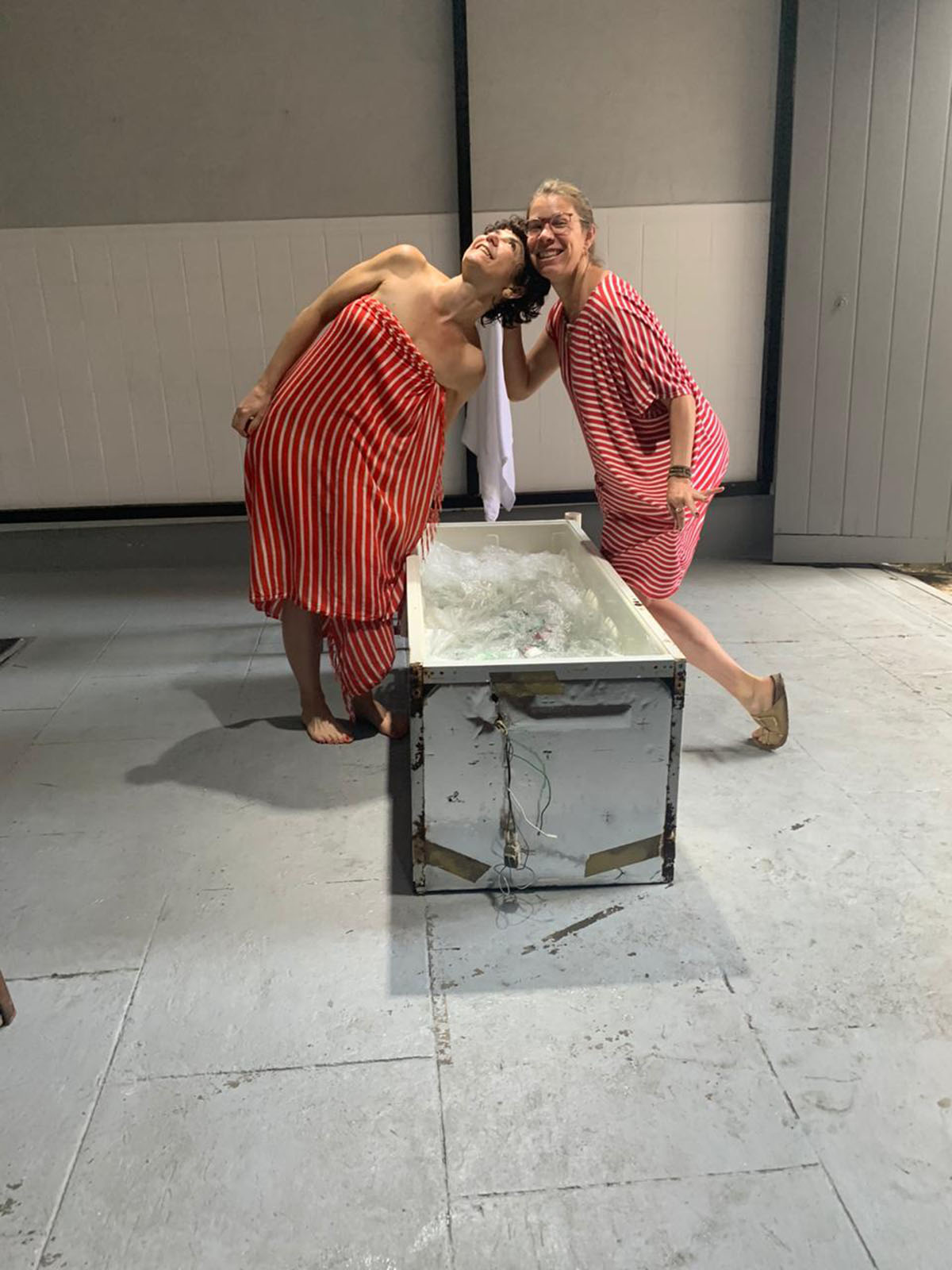
image 1
image 1
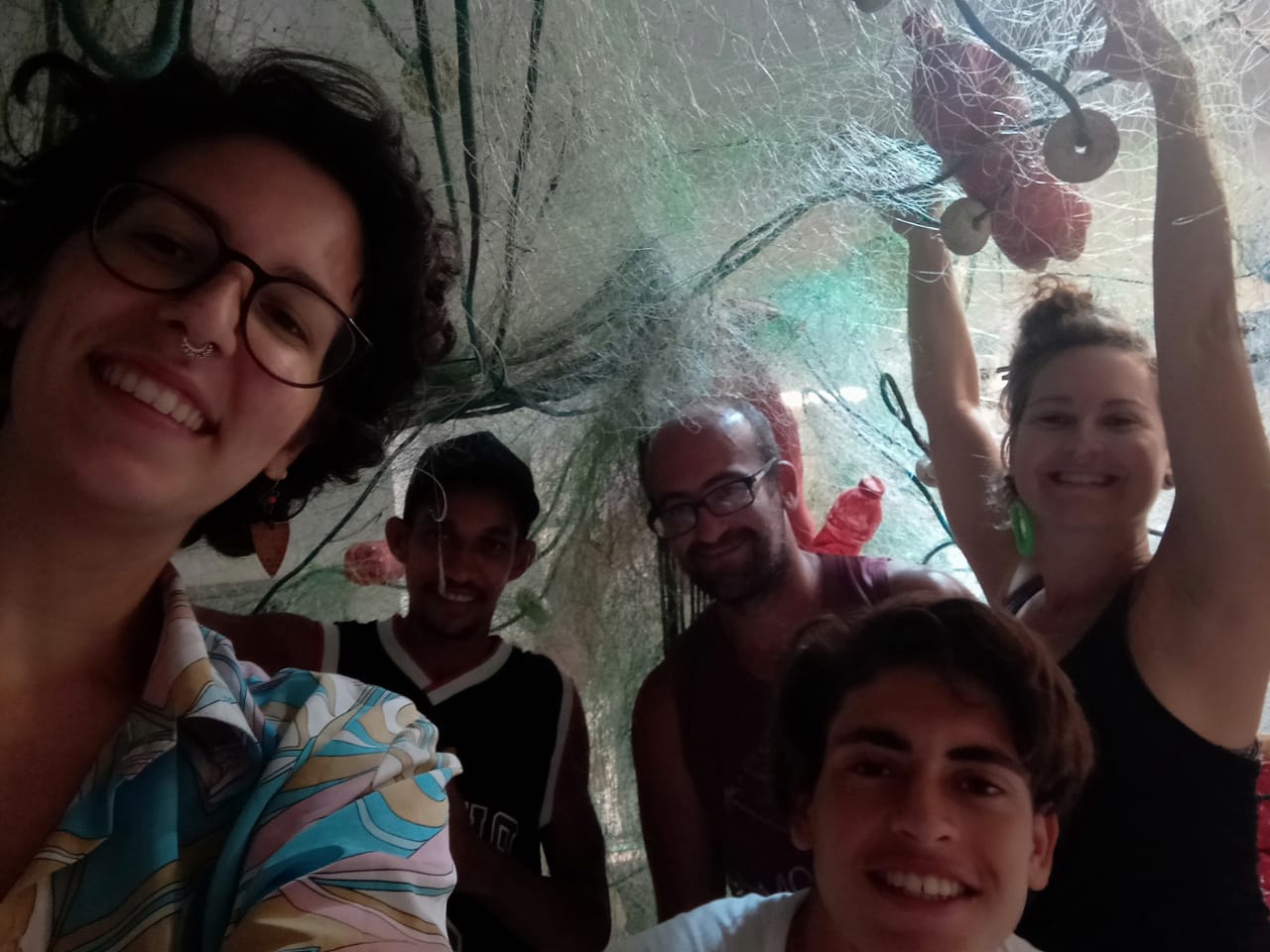
image 1
image 1
image 1
image 1
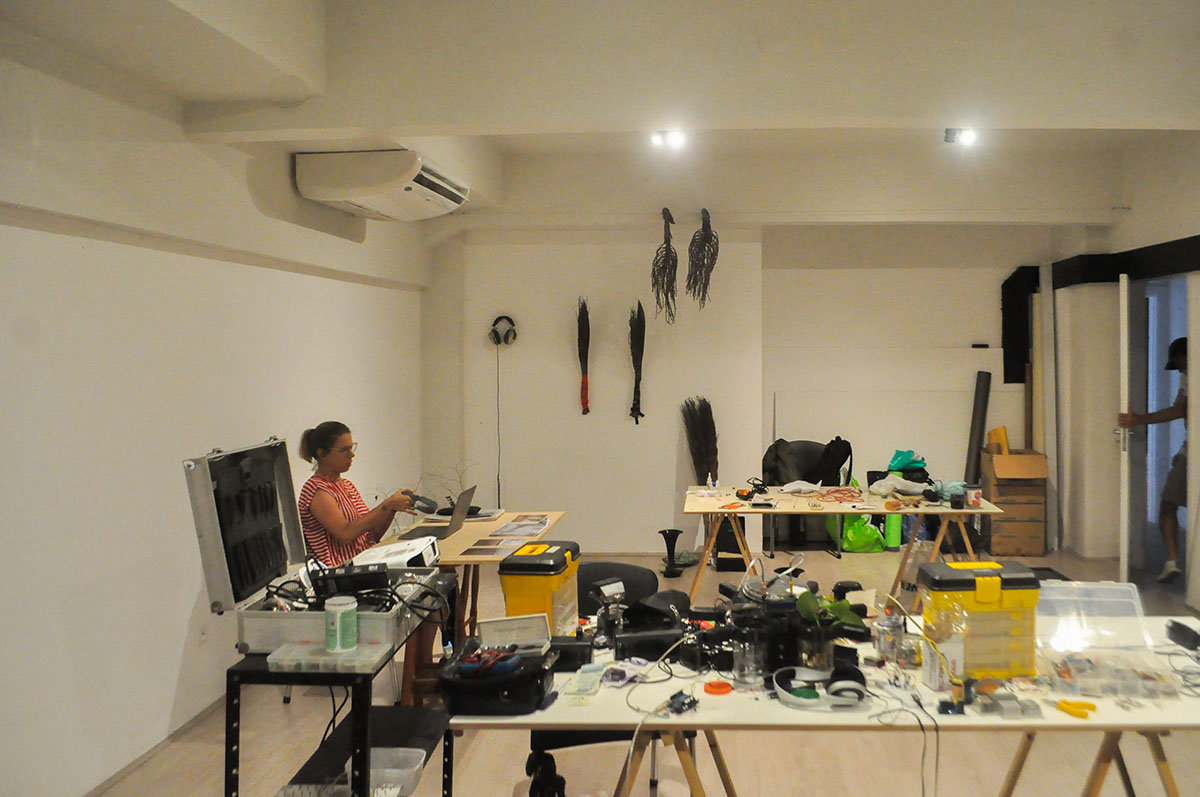
image 1

image 1
image 1

image 1

image 1
image 1
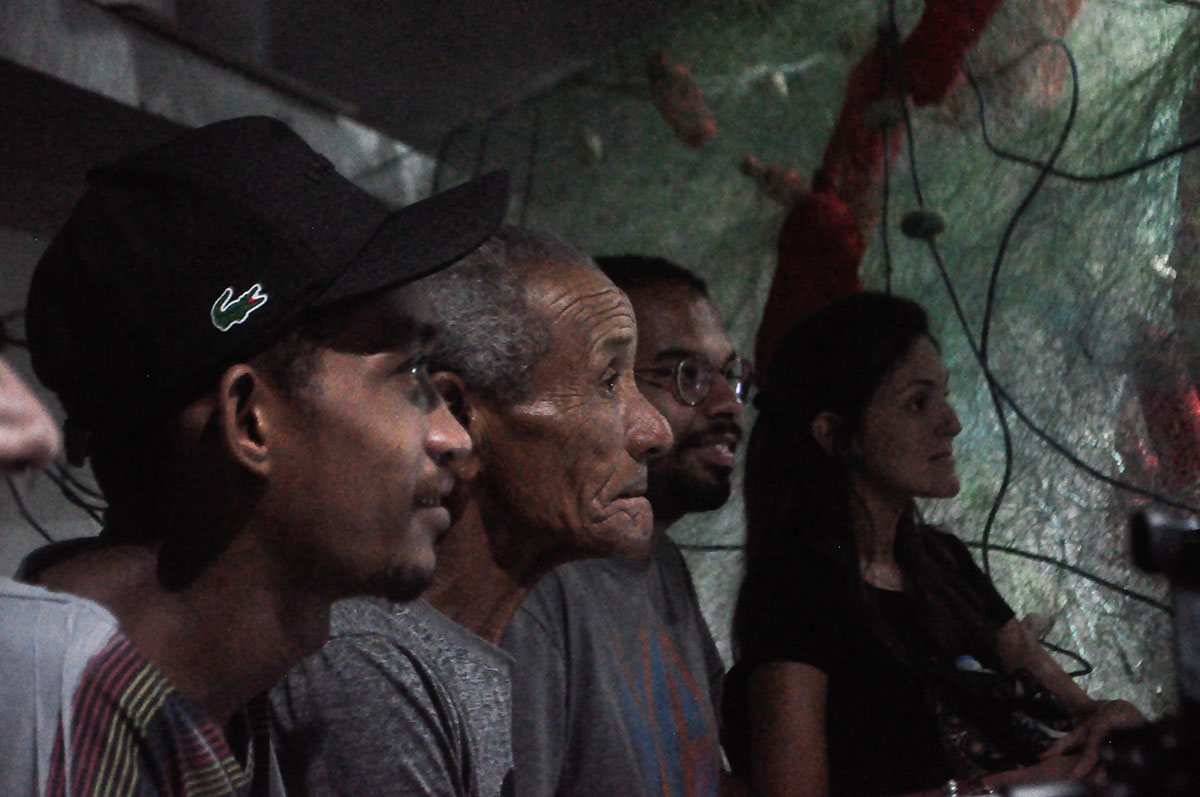
image 1

image 1
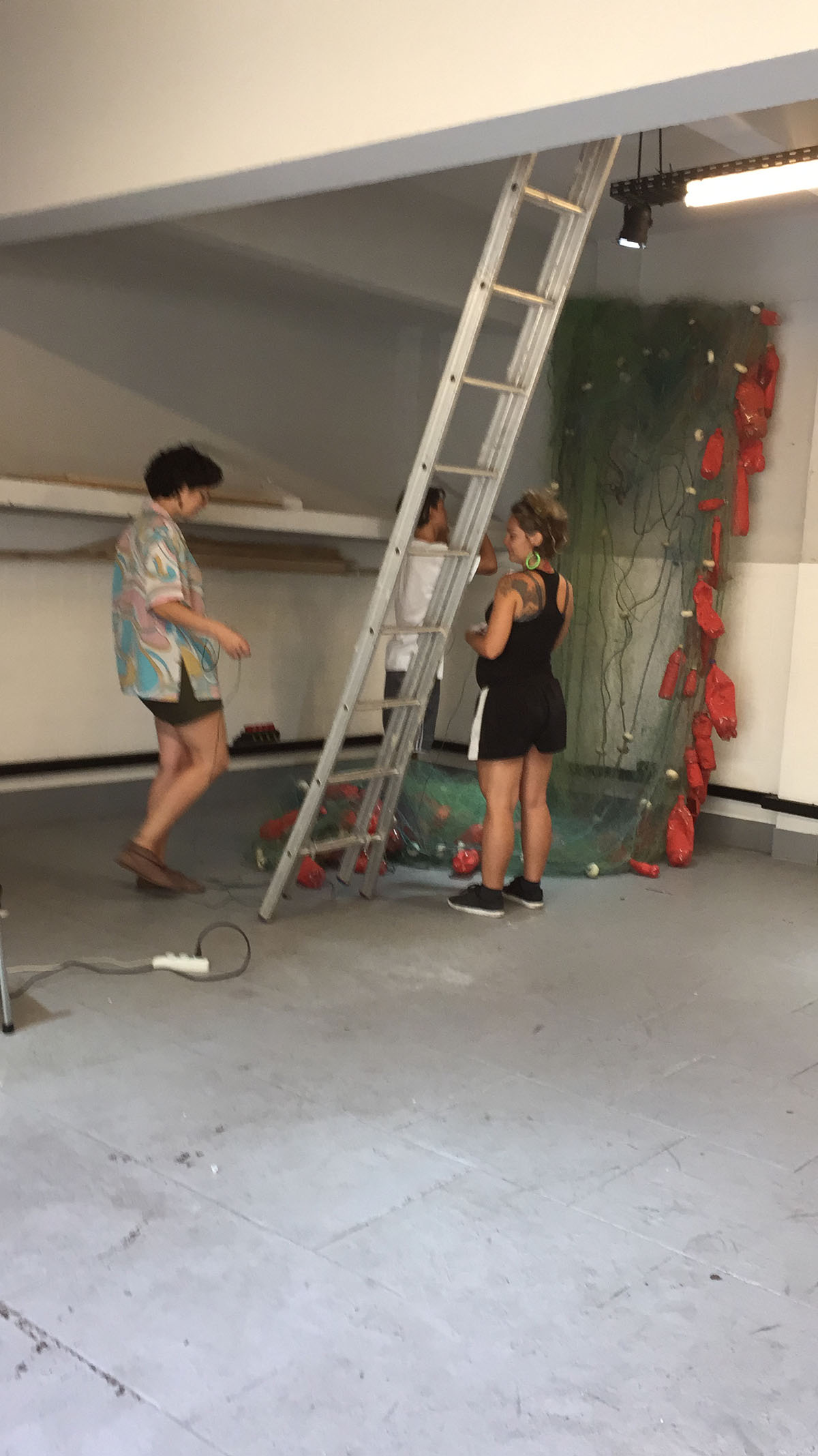
image 1
After a year of meetings, experiences, and immersion in Guanabara Bay's insular territories, we gathered at Galeria Z42, located in Cosme Velho, in Rio's south zone, in January 2020, for the collective creation and development of artistic works. It was the occasion for all of us to gather together, have a conversation about what we experienced, bring visibility to the processes, and share, with a wider audience, the lived experiences.
Exposição – Galeria Z42 | RJ
image 1
image 1
image 1
image 1
image 1
image 1
image 1
image 1
image 1
image 1
image 1
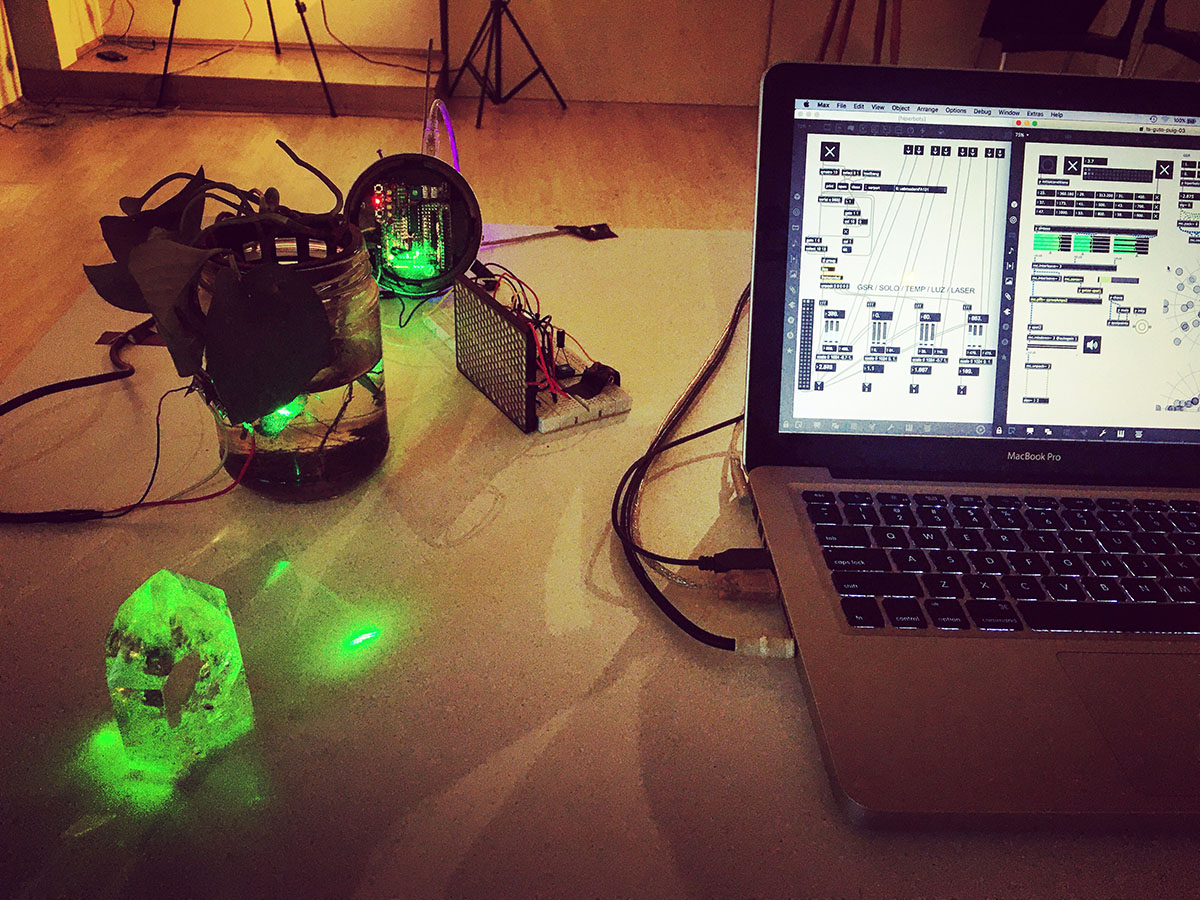
image 1
image 1
image 1
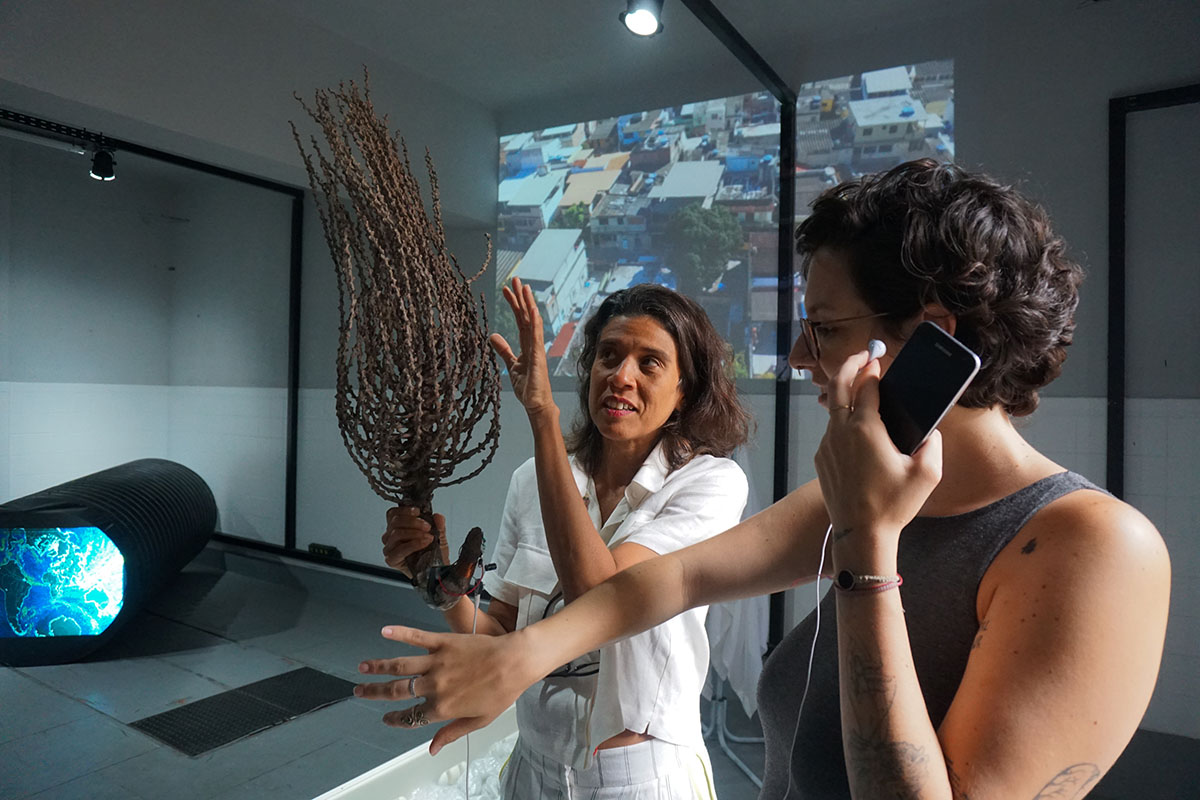
image 1

image 1
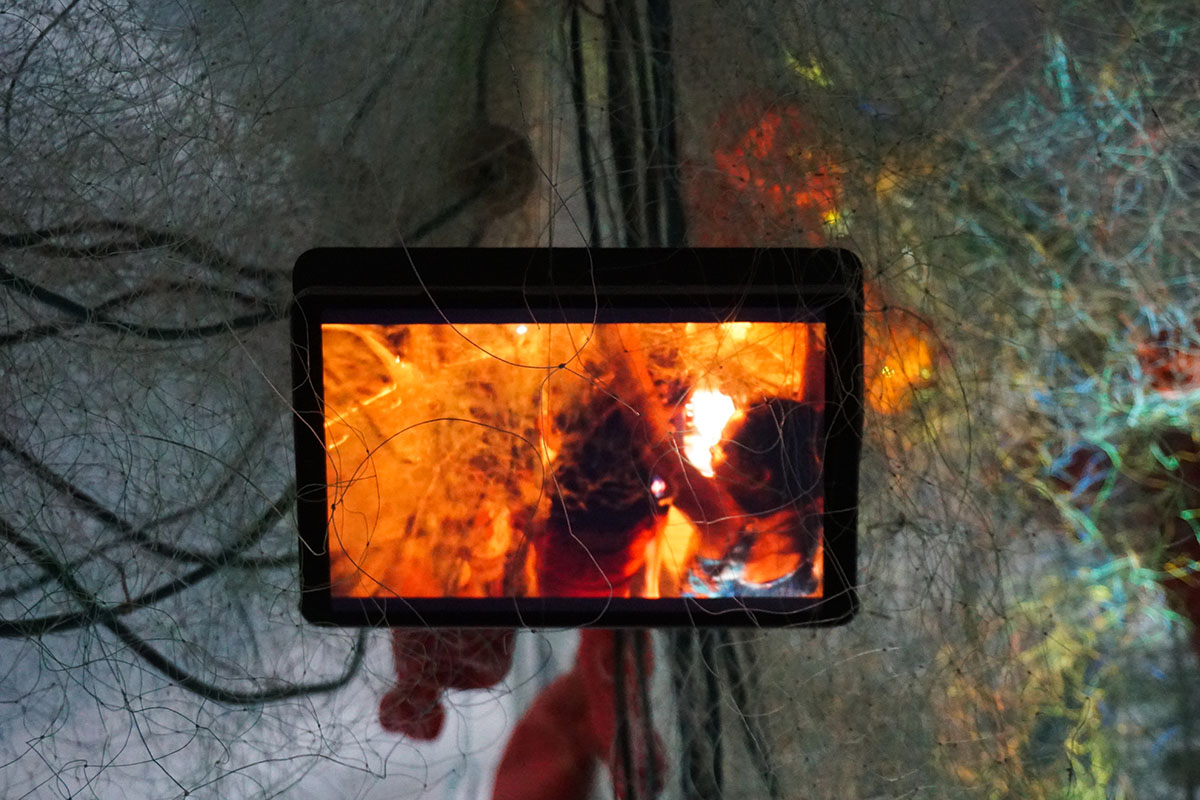
image 1
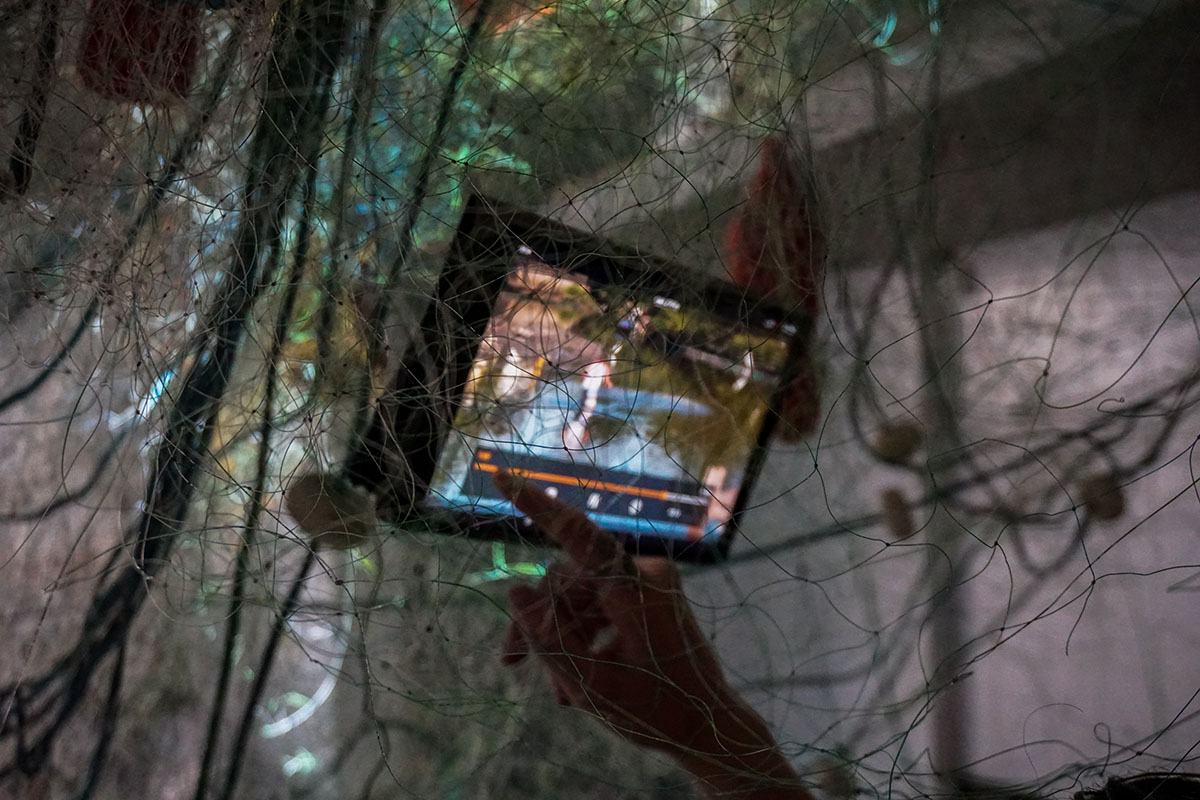
image 1
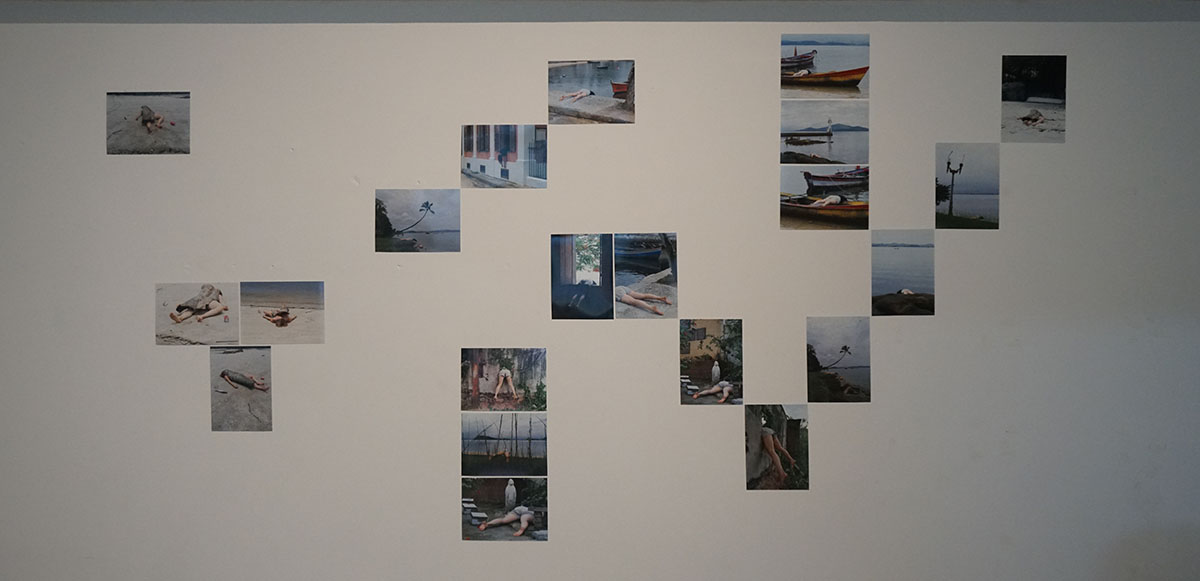
image 1
image 1
image 1
image 1
image 1
Videoduto Instalação Ruy Cesar Campos e Luiz Antônio-Pãozinho On January 18, 2000, 1.3 million liters of oil leaked into Guanabara Bay after a pipeline rupture in Duque de Caxias. As a sacrifice zone on behalf of progress, it is those who live off it and in it the ones who are sacrificed, many of whom are still struggling to this day to get their due compensation paid. The duct that integrates this video installation was found at the margin of Jequiá Mangrove in Colônia Z-10. In 2018, after floating amidst the dance between wind, sea currents, and microplastics from Guanabara Bay, the duct made its way into the mangrove, damaging fishermen's boats until it found another transitory purpose and was employed for an audiovisual essay. In 2019, the Jequiá River was one of the hotspots of exposure of denunciations of oil leakage from ships. Mr.Geraldo, one of the oldest fishermen in Colônia Z-10, interviewed by one of the youngest and most respected fishermen of the community during the making of Videoduct, tells us how back in 1975, the first massive oil spill in Guanabara Bay promoted a devastating fire. ... 1975. 1997. 2000. 2019. Guanabara Bay and its forgotten strata of petropolitical disasters.
Feeling like a FISH Sensorial Installation Walmeri Ribeiro, Daniel Puig, Thiago Caiçara, and Luiz Antônio-Pãozinho The sensorial installation Feeling like a FISH emerged from the encounter with one of the oldest fishermen of Colônia Z-10, Mr. Geraldo, and his invitation to join him on a fishing day at Guanabara Bay. In the words of the experienced and thoughtful fisherman, when describing the difficulties of artisanal fishing given the pollution of the Bay, he told us: "The fish comes already wrapped with all that garbage." This sentence that echoed in our bodies, and was evident to our naked eyes, then became the stimulus for creating this sensorial installation project. Made up of a refrigerator carcass, discarded in the Jequiá mangrove vegetation, the plastic waste produced by the participating artists that had been collected, and sounds captured from the bottom and the surface of the waters of Guanabara Bay, Feeling like a FISH invites the spectator/participant to become a performer and experience, for as long as they wish or can stand it, the sensations produced by the pollution of these waters in the bodies of fish and marine animals, as well as in our own, as humans. This is an artwork-invitation to feel, break habits, and reconnect with what we commonly call Nature.
Sorceress Installation and Performance Marcela Cavallini, Sofia Mussolin, and Colônia Z-10 residents Sorceress is the name given to a type of net (made of 3 meshes) used by the fishermen of Guanabara Bay. In this work, the collective weaving of the mesh evokes feminine power and imagination as power and visualization fields to connect with the environmental problems that permeate the daily life of people living and surviving at Colônia Z-10 and Guanabara Bay. Inspired by Mr. Geraldo's words: "those noble fish, like Robalo and Linguado, that have their own houses and live at the bottom of the mangrove," we held a body-environment workshop, we collected nets, images, and stories during a process of wanderer hearing, we also collected plastic bottles and braided them, creating our great serpent Sorceress. We embodied this sign and appeared in the midst of the mangrove on a boat, in a single, collective body, entangled by the fishnet-snake. After that, we began a performative walk down the colony streets. Our serpent Sorceress, this scale-fishnet installed at Z42 gallery, is an invitation to penetrate it, to smell its scent and feel its weight, to leave one's body submerged and get used to the new environment, to question our daily reality and its emergences, and to compose the action held in the fishermen's community, embodying it.
Wiretaps for light and water Installation Guto Nóbrega and Daniel Puig The installation Wiretaps for light and water is the fruitful outcome of a happy encounter of ideas and affinities between Guto Nóbrega's research on communication based on light, water, and organic life and Daniel Puig's inventive sonics. Initially, we desired to explore how water, as a medium, could inform a laser beam about the microscopic movements of organic matter originating from aquatic plants or, more specifically, movement from the plant's roots. The idea was to run a laser beam through a glass jar containing an aqueous medium and the plant, refract this same beam through a quartz crystal, and focus it on a light sensor. With Daniel's help, we assembled a sound synthesis system on MAX/MSP, a platform for interactive media creation especially appealing to sound artists due to the interface's huge creative potential, where laser beam modulations caused by the displacement of organic matter through water could be heard. We work with complex systems, be they of mathematical, sonic, or organic nature - an investigation in this field gives us a lot of room for chaos and improvisation, fundamental pieces for the emergence of new sonic and visual forms.
Obliterations Alessandra Gomes, Cesar Baio, Daniele Mayor, Emanuel Barbosa, Francisco Campos, and Januário Campos To obliterate: To make a thing disappear or vanish, little by little until there is no trace of it.. Obliterations started from an exercise to observe and reinvent the landscape. How to examine the tensions between the idyllic landscape of Paquetá Island, which historically attracted the gaze of painters, photographers, writers, tourists, and local inhabitants, and the large-scale human interventions in Guanabara Bay, instituted by unplanned urbanization, industrial mega-installations, and rampant pollution? Obliterações parte de um exercício de observação e reinvenção da paisagem. Como examinar as tensões que se estabelecem entre a paisagem idílica da ilha de Paquetá, que historicamente atraiu o olhar de pintores, fotógrafos, escritores, turistas e habitantes do local, e as intervenções humanas de larga escala na Baía de Guanabara, instauradas pela urbanização descontrolada, pelas megainstalações industriais e pela poluição descontrolada? Obliterations photographic series discusses what is seen and what is overlooked by our senses when we encounter a landscape that effectively represents the Anthropocene. In this work, floating trash objects that wash up on beaches brought by the tides are used to hide certain elements of the landscape. Paradoxically, the poetic gesture of "making an element of the landscape disappear" ends up revealing dimensions of reality that usually go unnoticed, either because they are submerged under the bay's waters, by the disregard in the visitor's gaze, or because they can only be accessed by the affective memory of those who live in that place. Somewhere between what is visible and invisible, the work creates traces of what is not seen and ends up shuffling the image's functions of register, memory, and invention.
Searching for a lost nature Photography Nathalie Fari The photographic series Searching for a Lost Nature emerged from a performative lab realized by artist Nathalie Fari during the artistic residency in Paquetá. Having the processes of documentation as a basis for the creation of performative moments, as well as ways of narration, this series problematizes the iland's environmental problems from a fictional dimension; creating a post-apocalyptic scenario in which the island has become uninhabitable due to climate changes. The only thing that remains is a series of bodies, lying in the same position at different spots on the island, frozen as if time had stopped, as if there was still a chance of recovery, the resurgence of a lost nature, of all kinds of human and non-human life...
Ask the trees Installation Paola Barreto - Dr. Fantasma – in collaboration with the Ilhéus Ask the trees is an installation composed of dried palm tree flowers collected on the island associated with copper coils and audio amplifiers, which I did as my contribution to Z42 gallery. The flowers, although no longer alive, hold memory and history like young fossils. If we could hear them, what would they have to tell us? Considering that we all, humans and non-humans, are witnessing what we call the change of a geological era, I presented some prototypes of multi-mediunic devices associating technologies that connect different forms of energy with our capacity to imagine and dream together. Thus it is as if the dried flower antennae actually enabled us to have a conversation, putting us in touch with voices that are audible only through these devices, which combine electronic with organic elements. Guto Nóbrega brought some interesting provocations to unfold the research with the apparatus, pointing to the importance of gauging which band of the spectrum these flower antennas would be syntonizing, as well as the need to create parameters to understand what, in fact, we are listening to: commercial radios, natural frequencies or voices from beyond?
[Dis]affections Office Photography and Graphic Processes Alessandro Paiva [Dis]affections Office configures itself as alternative cartography of Guanabara Bay. Composed of photographic images, texts - with quotes from authors such as Deborah Danowski, Isabelle Stengers, Felix Guattari, and Eduardo Viveiros de Castro, whom we studied during the process -, a small notebook that accompanied me during the labs, containing stories and notes, as well as information regarding contamination, pollution, sewage, and plastic, related to Guanabara Bay, published in journalistic, scientific and cultural websites. The exhibited piece crosses these data, proposing semantic dialogues and a diagram/landscape with the complexity of this territory called Guanabara Bay.
Ministry of Sensitive Territories Cabinet Performance Mari Moura MITESE's cabinet aims to perform the ministerial dispatches through the following activities: 1. materially install the work office; 2. meet the artists and collaborators involved in the Sensitive Territories project, aiming at the proposal and performance of collective artistic actions; 3. socialize with the Gallery frequenters to explain what MITESE is and what the actions of the ministry are; 4. issue and publish an investiture ordinance for the advisors appointed during the phases of the project at Colônia Z-10 and Paquetá Island; 5. broadcast live on Instagram's virtual space, the interventions performed. 6. present the elaboration of the MITESE performance booklet, where the performance protocols of AnOther Place, performed by Mari Moura, would be described.
Veiled Landscapes Patrícia Freire Veiled Landscapes brings together a series of watercolor paintings I created based on my sensations and relations with the various landscapes that compose Guanabara Bay. For this series, I challenged myself to create paintings on A4 sheets of paper, proposing a performance, live in the gallery, together with the water and the paint in contact with the paper surface. A process of unveiling and sharing landscapes that were only part of my imagination, my sensations, and perceptions of this veiled territory.
Performative Research - Guapimirim | Quilombo do Feital | Colônia Z-9 - Magé
Yet, in 2020, we conducted an immersion with a smaller group of artists as part of a new performative mapping in the mangrove area of the Guapimirim APA (ICMBio), located in the northeastern part of the bay, the popular Guanabara recess. Guided by biologist Juliana Fukuda, we crossed the waters of the non-polluted rivers Guapi-Macacu and Guaraí, which outfalls into Guanabara Bay. There are 60 km of preserved mangroves within the limits of the APA, part of which is remnant, but most of it is a result of reforestation. A few kilometers away, an imminent threat of contamination and destruction, the petrochemical complex of the State of Rio de Janeiro-COMPERJ, is installed between the municipalities of Itaboraí, Guapimirim, and Cachoeiras de Macacu. Between an imminent danger and the beauty of the rivers, mangroves, fauna, and flora, we ignited a desire to meet the caiçara and quilombola communities that inhabit that region. With the activities interrupted due to the COVID-19 pandemic, it was only by the end of the year that we were able to visit the communities of Quilombo do Feital and the artisanal fishermen of Magé - Colônia Z-9 for the first time.
Lab - Quilombo do Feital | Magé-RJ
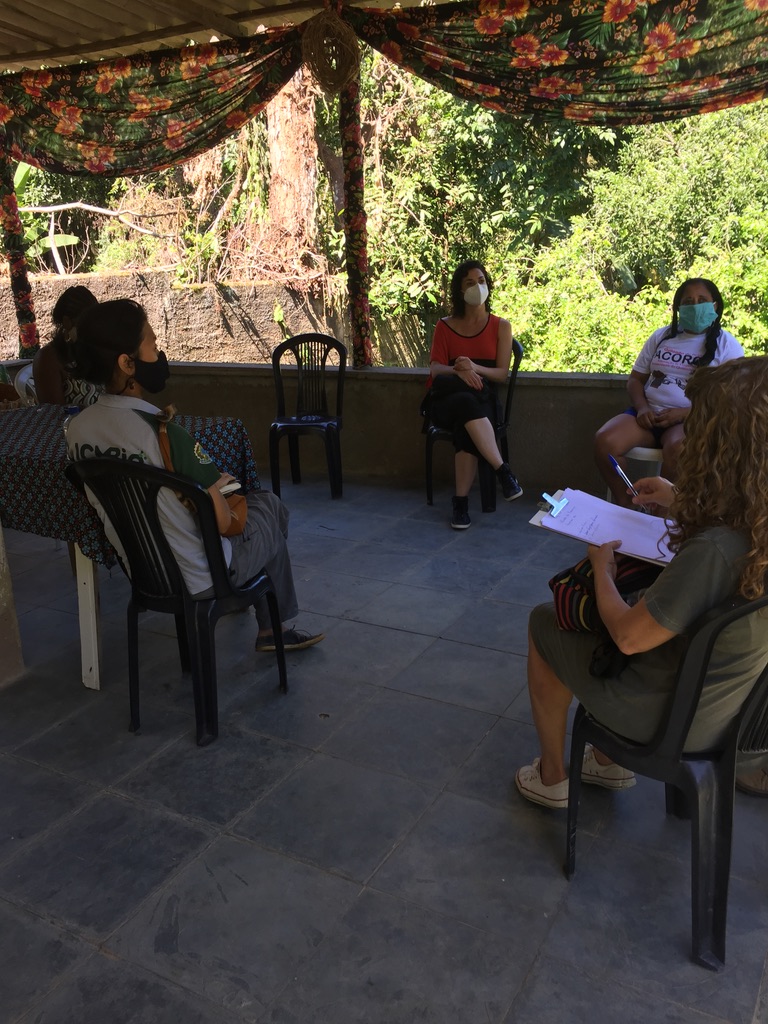
image 1
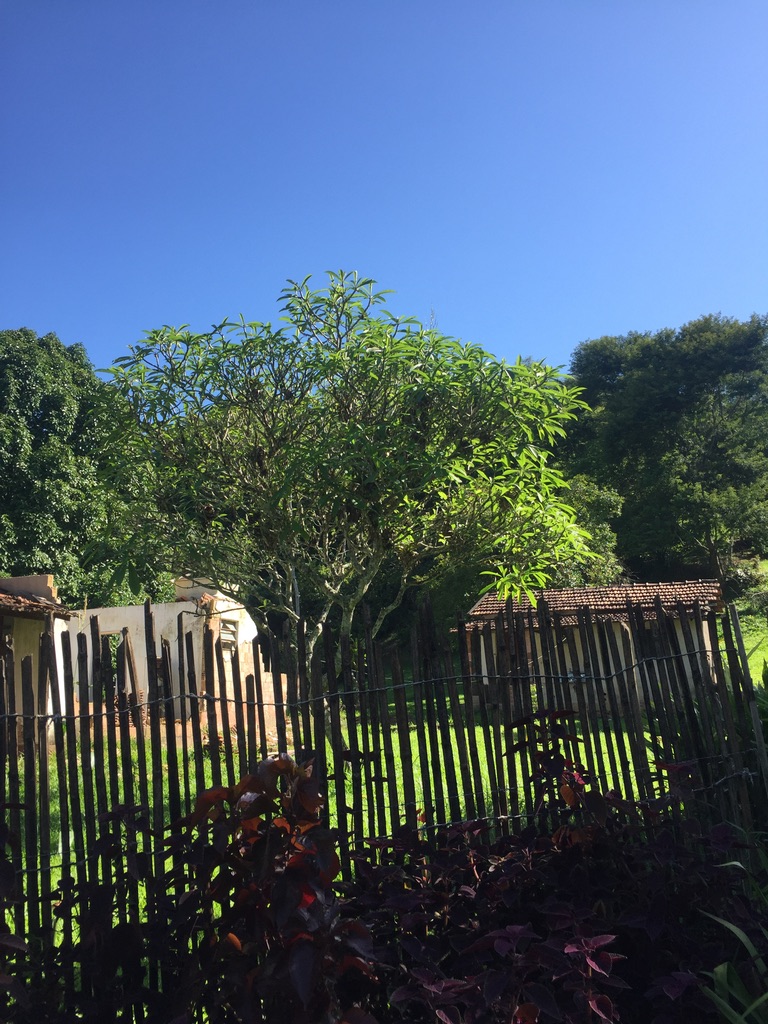
image 1
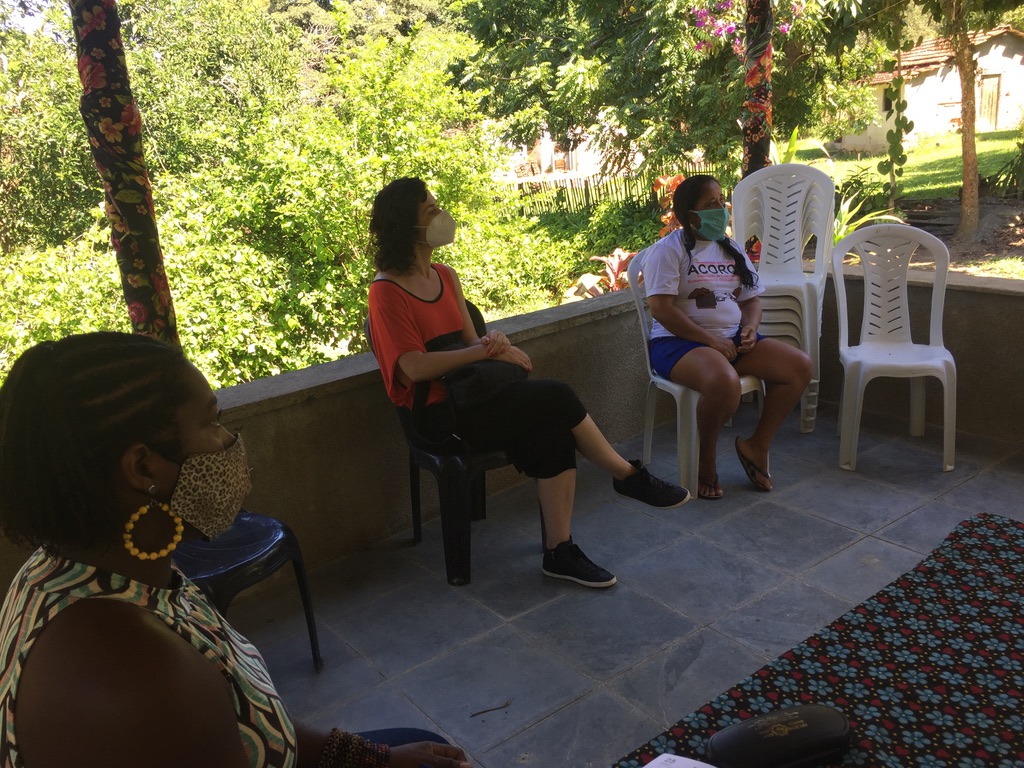
image 1
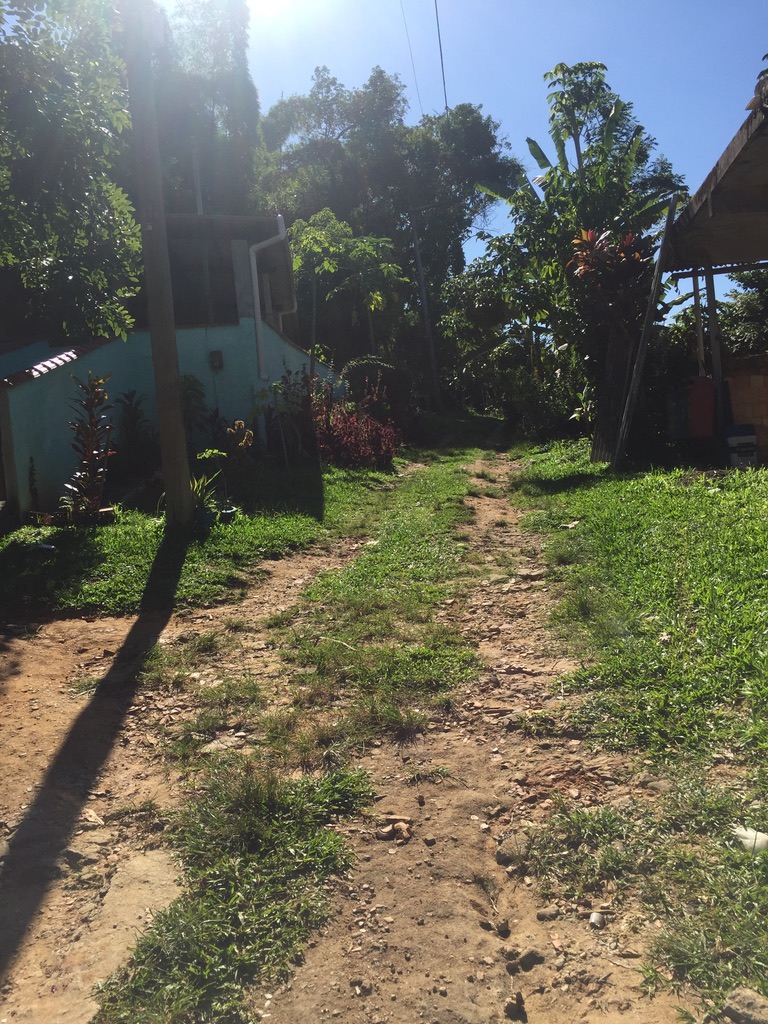
image 1
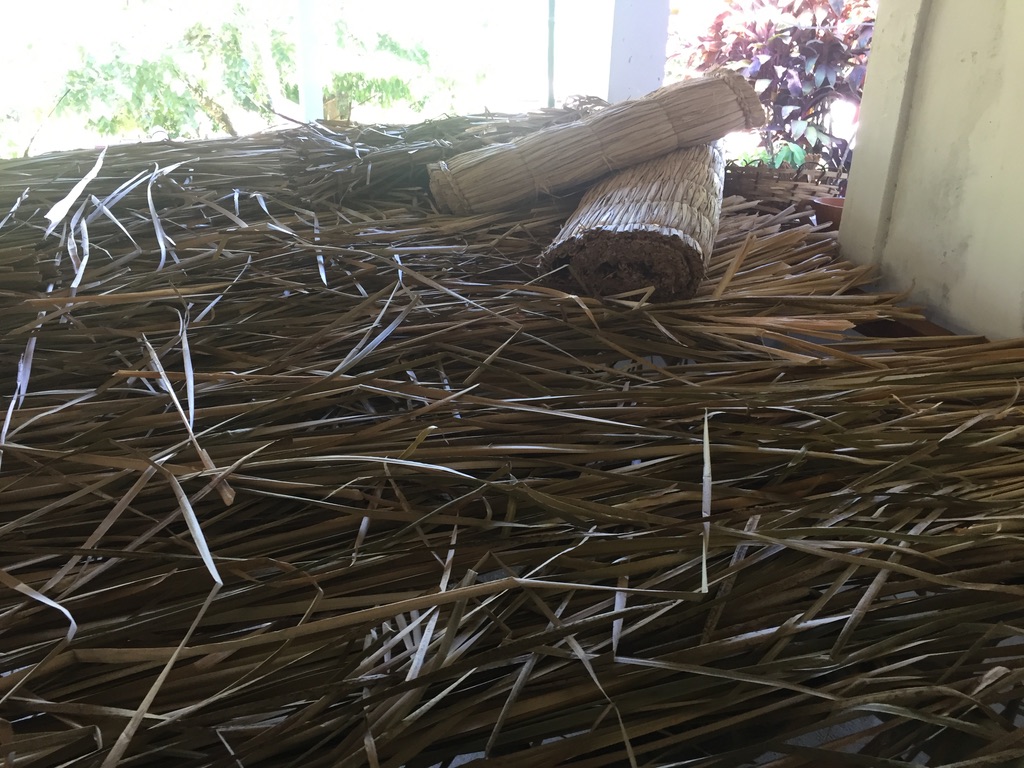
image 1
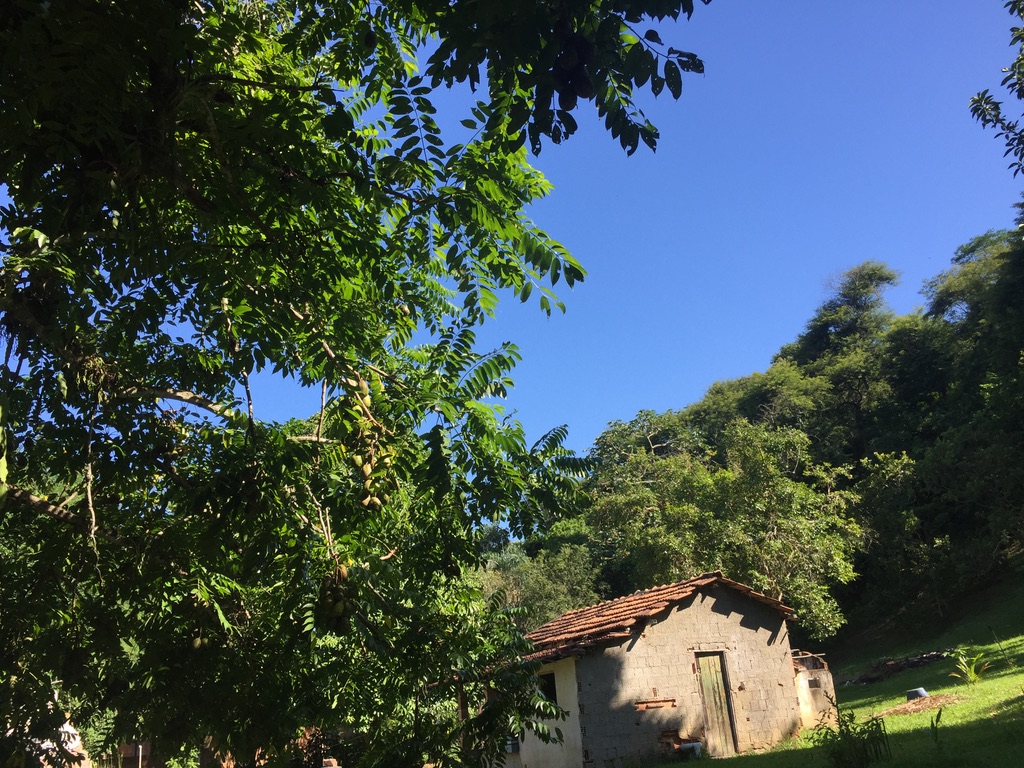
image 1

image 1
image 1
image 1
image 1
Welcomed by a group of Quilombola women, led by Valdirene, we got to know the stories of crab fishing conducted by the women of the Quilombo, the cultivation and processing of achiote, and straw handicrafts. Being a sacrifice zone, this is another territory in dispute on the shores of Guanabara. Together we drew some possible lines of action and discussed the relevance of the work done together with women, youth, and children from the Quilombo. We traced collective routes. However, with the health and social crisis in Brazil, the Sensitive Territories' on-site activities near the communities had to be interrupted. The reality of contamination, death, poverty, and hunger in many communities aggravated. Meanwhile, we continue in a mediated relationship with the communities (whenever possible, due to the lack of good quality internet), awaiting the moment to return to conviviality or to create other modes of living together. Our itineraries had to be reevaluated and abandoned. The urgencies were yet others, but the ongoing communication and the continuity of the interaction, enabled by the Prince Claus Fund's support, allowed for the redrawing of future activities, which, in their own time, begin to unfold.
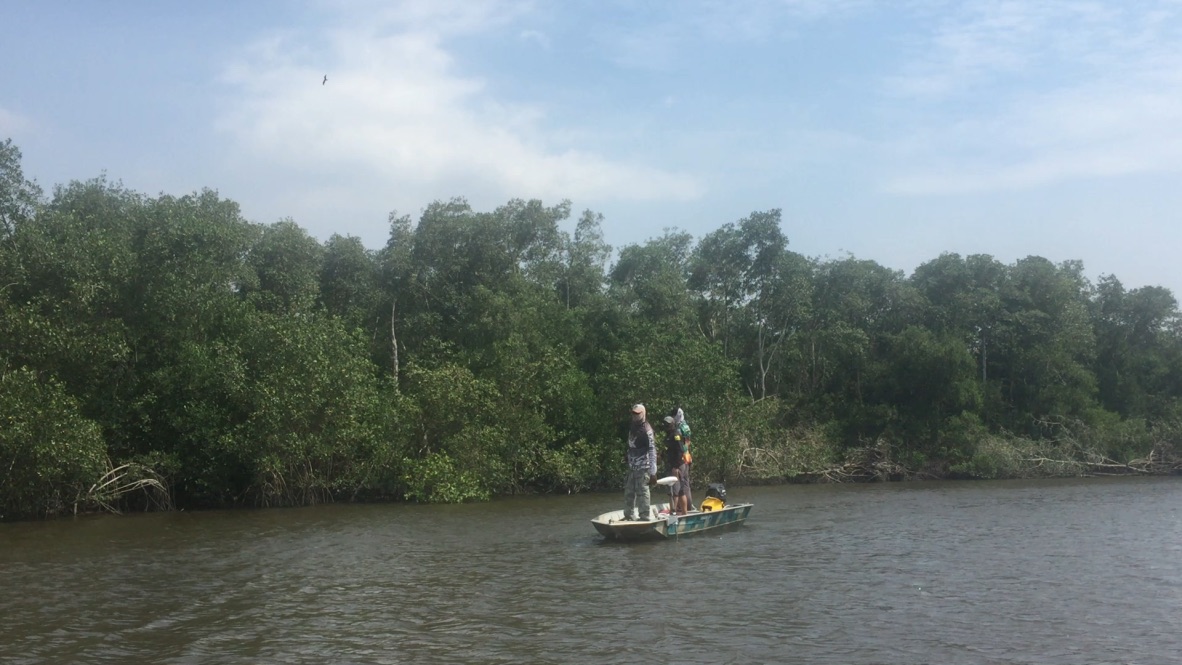
image 1
image 1
image 1
image 1
image 1
image 1
image 1
Ilha Seca - Insular Petropolitics Territories
In 2021, faced with new efforts and the uncertainty regarding new projects with the communities, I invited a group of artist-researchers and the fisherman and environmentalist Thiago Caiçara to embark on a new project at Ilha Seca, an island abandoned by Texaco in the '80s, located near Colônia Z-10 in Governador Island, which is regarded by the community as a leisure area, since it is one of the few remaining islands not inhabited nor "privatized" by petroleum industry yet.
The Island had caught our attention from the first performative mapping done in 2019, but the perils of venturing onto an "abandoned" and under dispute island, as well as the urgencies we saw inside the communities, kept us waiting for the appropriate moment to act. After inviting Thiago, we mobilized a group of fishermen from the colony and set off toward the island. The starting idea presented to the group of researchers was an inquiry into new modes of conviviality and cohabitation, not only with human communities but especially also with non-human communities. From the old dock port, now in ruins, we can see the whole petroleum complex system at Guanabara Bay, on the shores of the beaches... litter, mountains of garbage of all sorts. Nevertheless, as we entered the small island, we learned its greatness and strength as a territory of resistance. A forest-city. For two days, we inhabit Ilha Seca in the pursuit of traces, vestiges, and stimuli. The search for possibilities of new ways of coexistence and reinvention could be a metaphor, but it isn't. With this small piece of land surrounded by the waters of Guanabara Bay, we were able to feel the power of what it is to resist and exist. Permeated by vestiges and remnants of its historical uses, the island "abandoned" by the Texaco oil company in the 1980s today is completely taken over by a nature that reinvents itself and occupies and transforms the insular space. The marks of its exploitation are there, from the indigenous groups to the Portuguese colonization, from the colony to the oil industry and the petropolitical system, from the petroleum to the trees, birds, woods, fungi, animals, and some visiting humans who enjoy it as a space for leisure, research, and creation.
"It is simply by existing that plants globally modify the world, without even moving (...) Being for them means world-making" Emanuelle Coccia

image 1
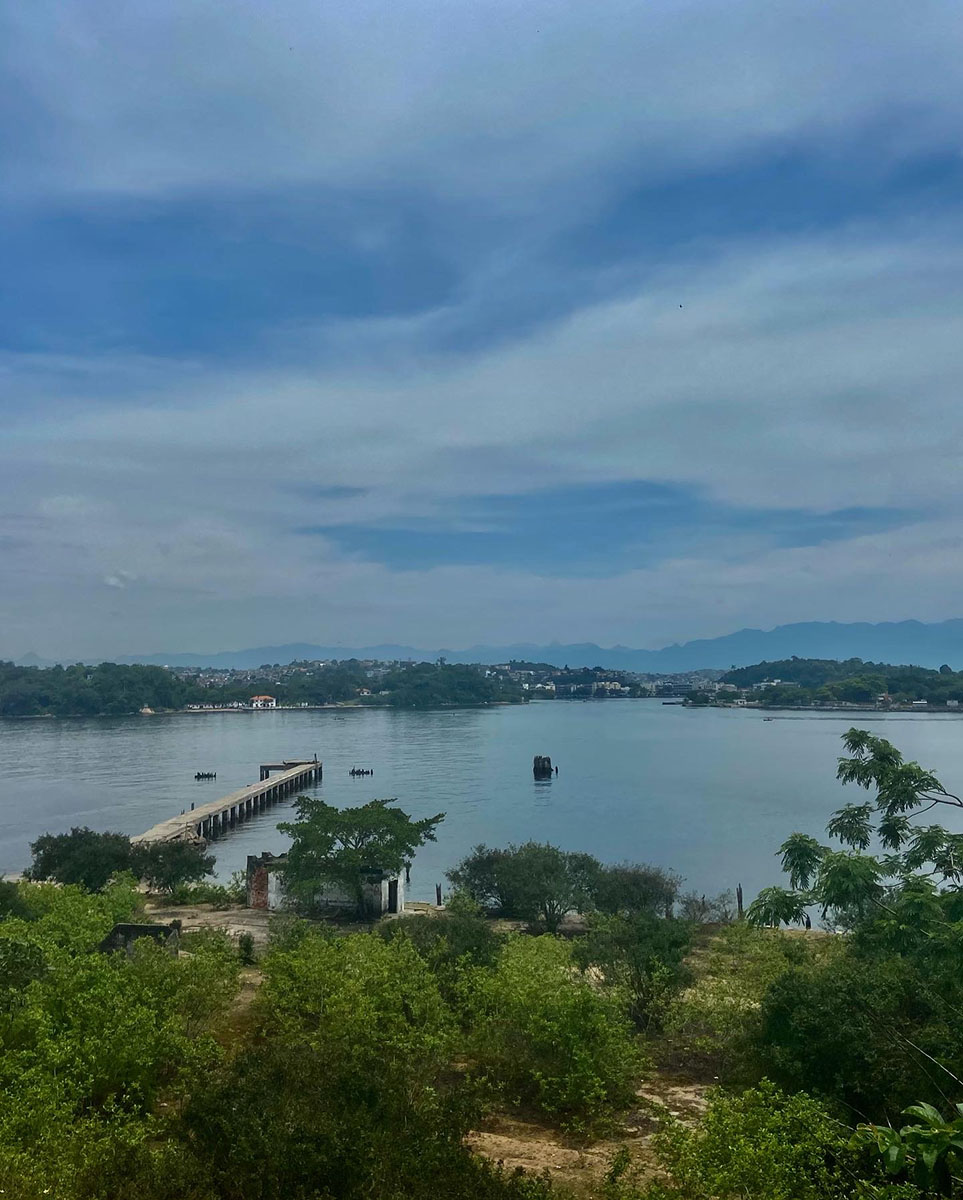
image 1
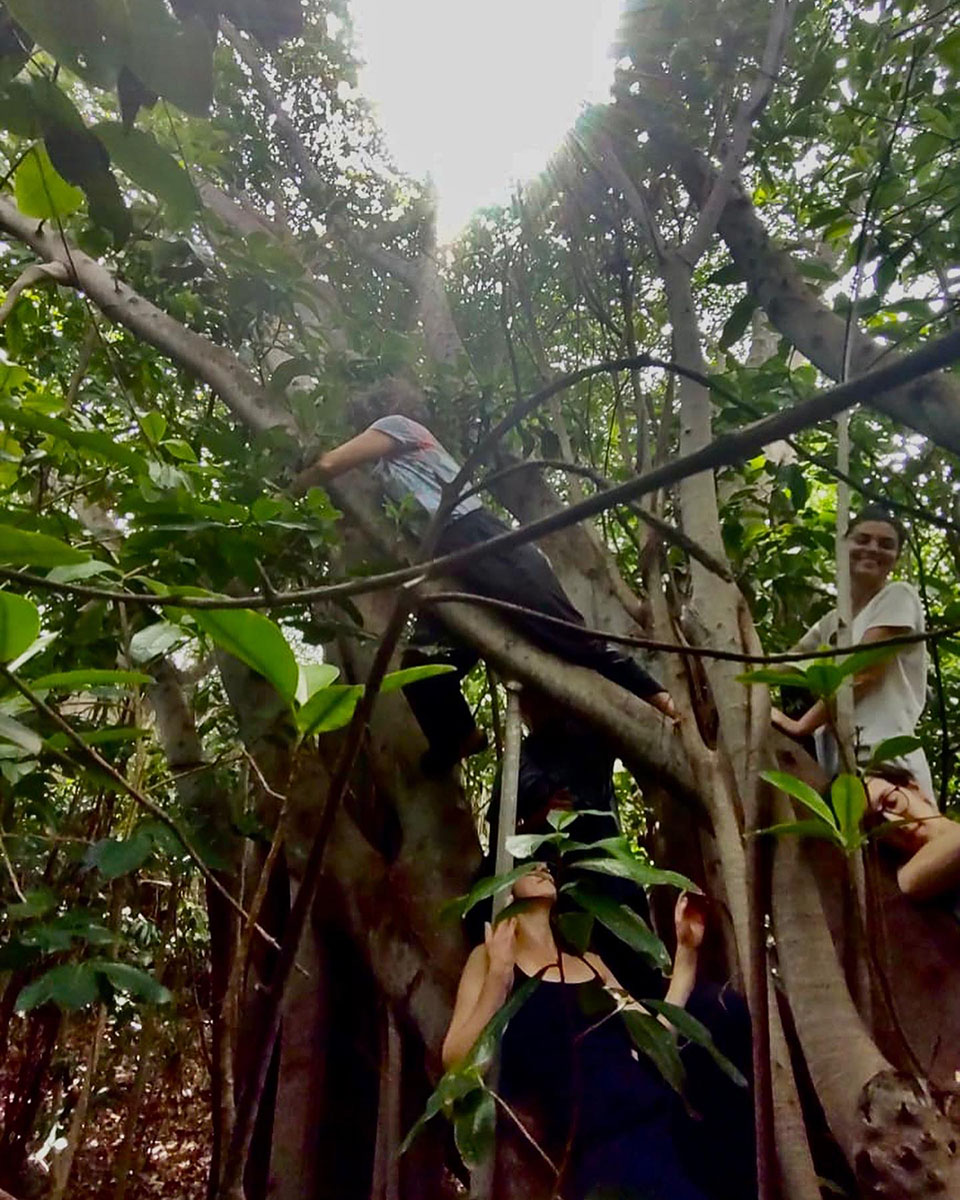
image 1

image 1

image 1

image 1

image 1

image 1
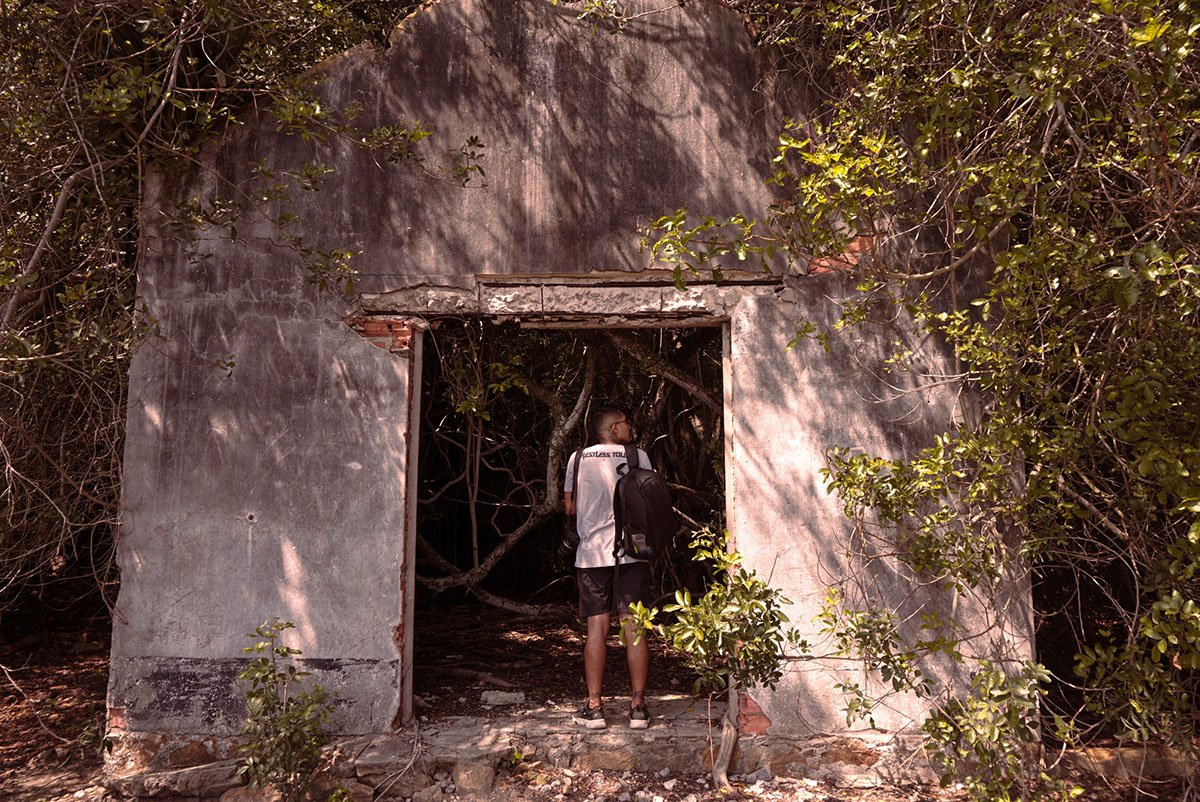
image 1

image 1

image 1

image 1
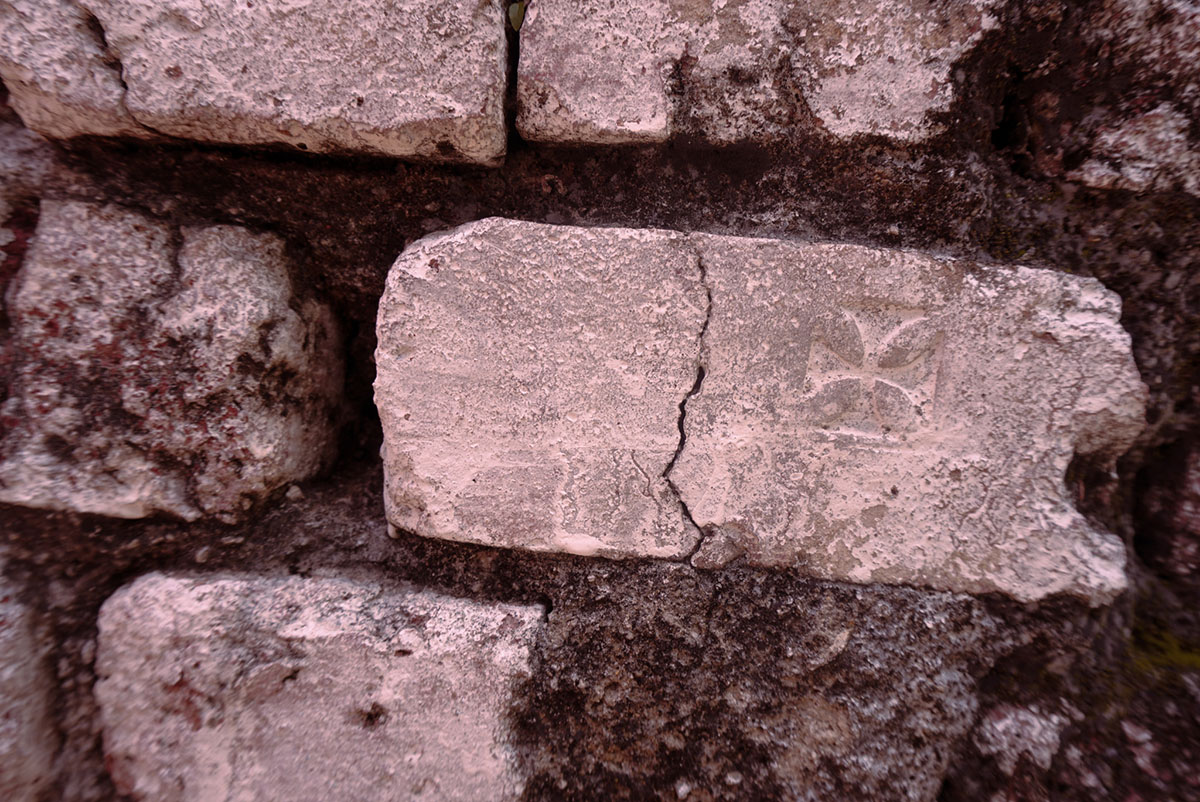
image 1
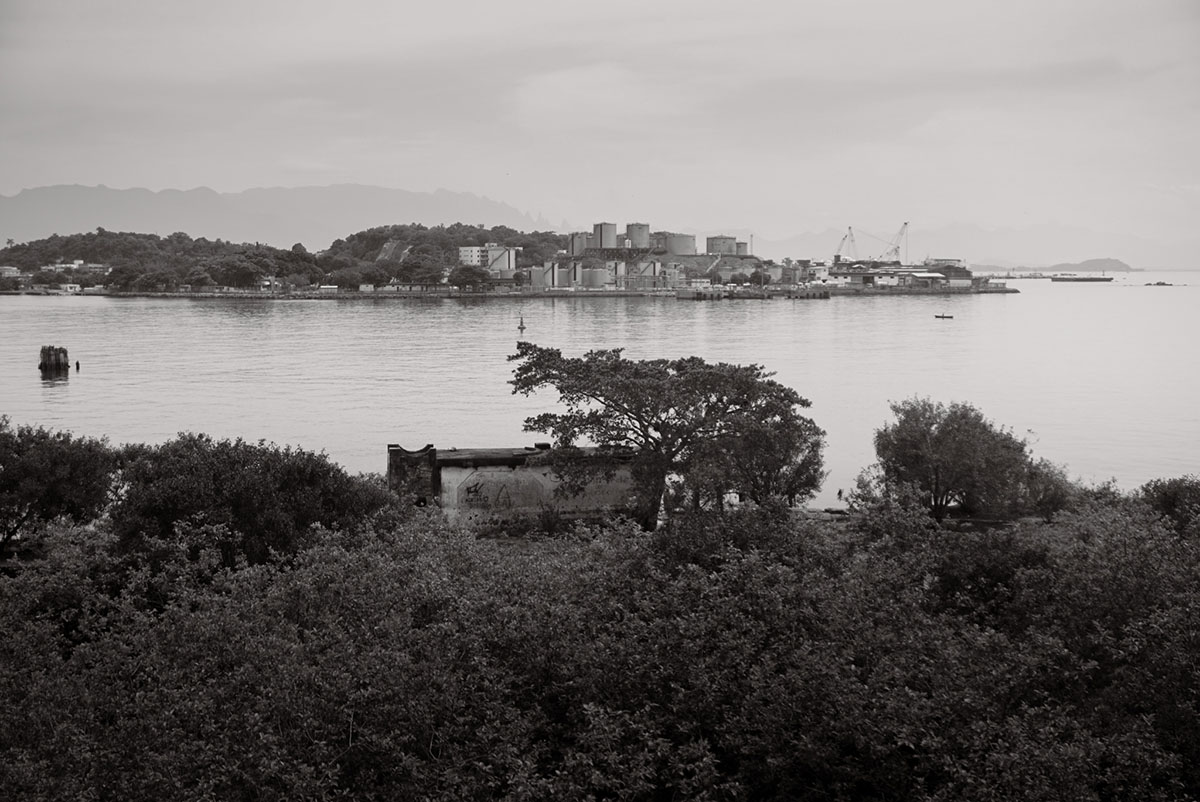
image 1

image 1
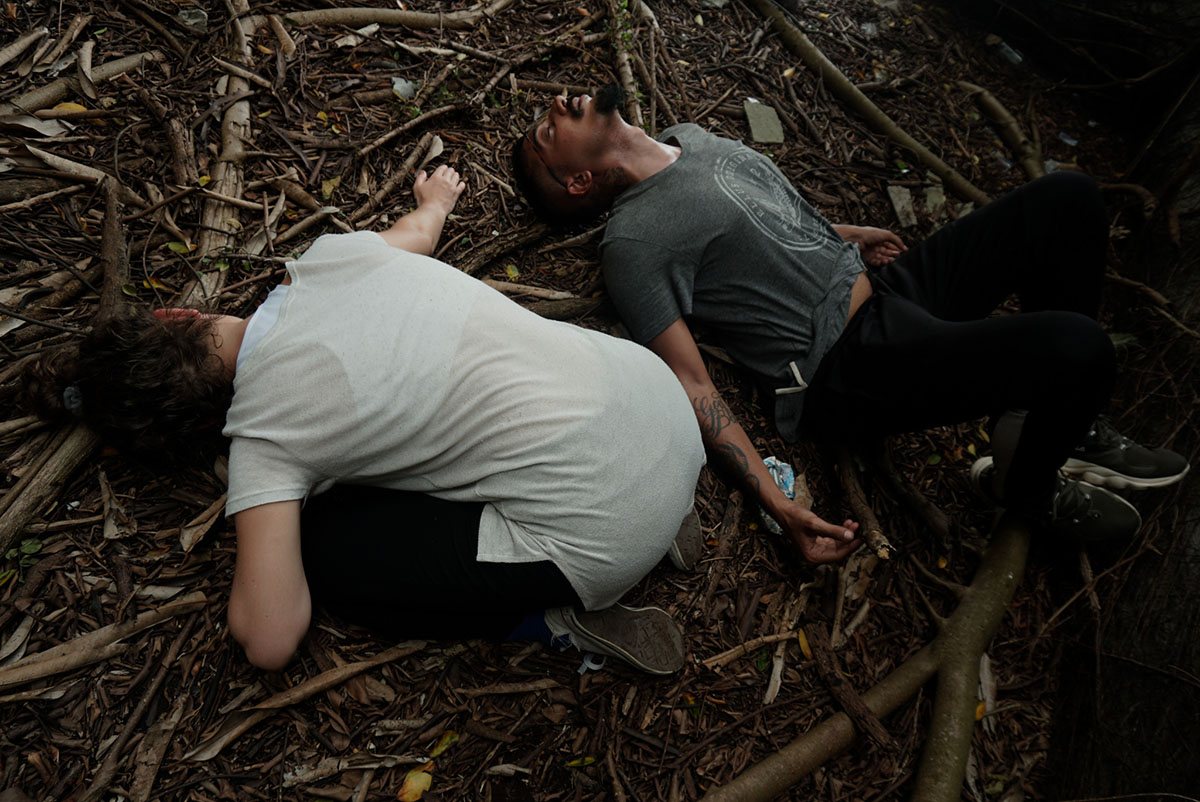
image 1
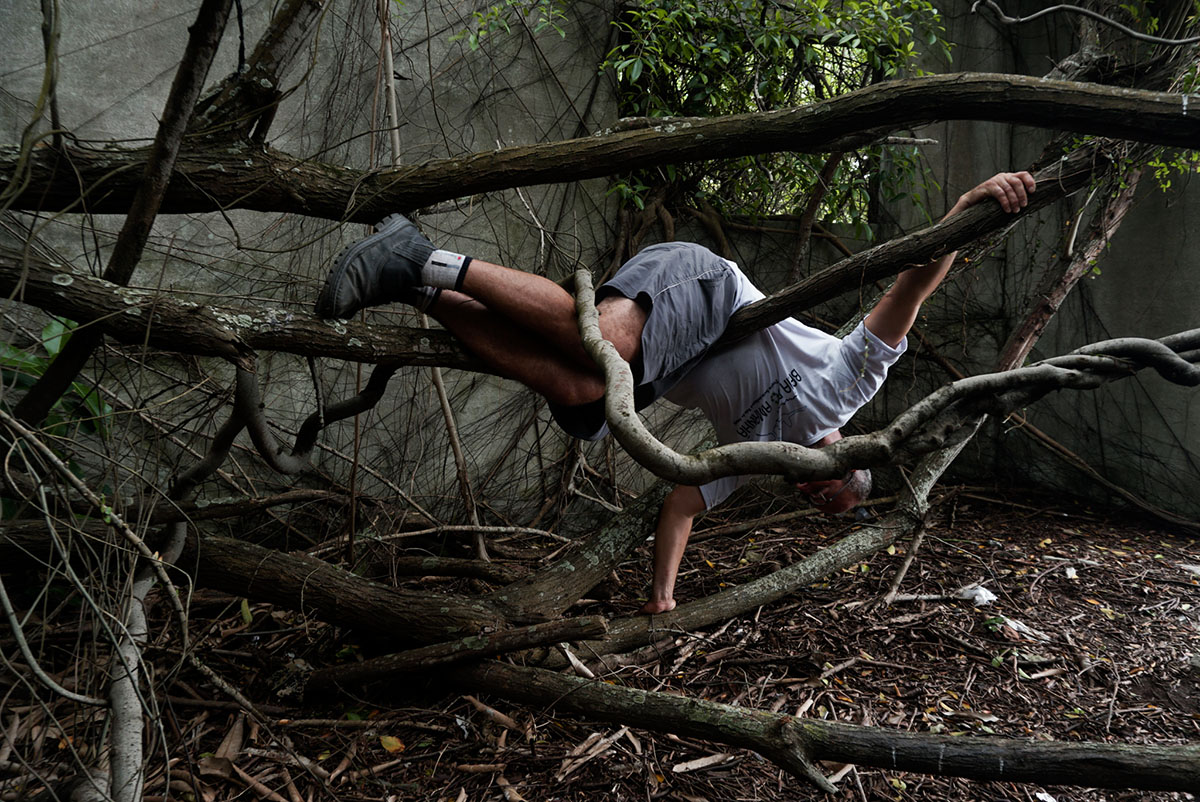
image 1
(Mrs. Glória - Colônia Z-10 dweller) "We live in a water basin"
Sofia Mussolin Imagine a sphere of water with handfuls of earth emerging from this watery body, filled with sentient beings creating/destroying their surroundings and consequently interfering with their own lives. Just like the concept by researcher Anna Tsing, in this sensitive investigation, we follow the lifelines. The waters and the other small islands of Guanabara Bay are accounted as important parts of that world and its ecology. Ilha Seca appears as part of this archipelago, an accumulation of land sediments that emerges in the middle of the sea and tells us a perspective of the history of this water basin in which we live. Its body, today, is regulated in another temporality and worlds co-constructed, at the same time, in space and in the flesh. The immersion of our own visiting bodies is also invited to symbiosis-with, facilitating the transformation of this landscape into familiar territory, in which we perceive the elements that surround us as living agents. By altering our perception of the world and questioning our gaze, the sense of vulnerability has surrounded us with pressing questions: As humans, how much are we willing to give in order to maintain a multispecies relationship? Can we mutate our relation to other worlds through association, where we can "converge and coexist" to get through a climate crisis, a pandemic? Thickening the questions pertinent to the Age in which we are existing through artistic practice that connects bodies and cultivates actions and thoughts that puncture the exploration logic of territories and lives enables the restoration of horizons and refuges. The multispecies ruins between what has been left as human traces and what has been occupied by the environment on the Island is the resistance drive. Perhaps this is the greatest lesson of this great water basin. Life not only adapts and is transformed but is also transformed by that which transforms it.
Ana Clara Mattoso What emerges from a ruined territory? The question echoes and returns. It always comes back differently. Each time it returns, images of beings unfamiliar to me emerge: insects, plants, fungi, and humans. Beings in interaction roam through the ruins and inhabit as a daily creation, a particular ecosystem. Situated. In November 2021, we composed together with the lives that constitute Ilha Seca, an abandoned island in Guanabara Bay, this collective space-time, in which our group participated collecting impressions, images, experiences, and fragments of what get's degraded there. Degradation, in this case, is not synonymous with ending but with a constant state of reinvention of matter. I wandered through the destroyed buildings of the old Texaco factory, one of the symbols of the oil industry, searching for life. The life that slithers vigorously through the fissures of the extractivism that devastates our lands. There, I collected images. Images that are archival but also fabulate the visit of a group of artist-researchers to this island where contamination spreads, transforming ruins into the forest.

We began the Sensitive Territories | Amazonian Rivers project in the region called Baixo-Tapajós, located in Pará State.
Read More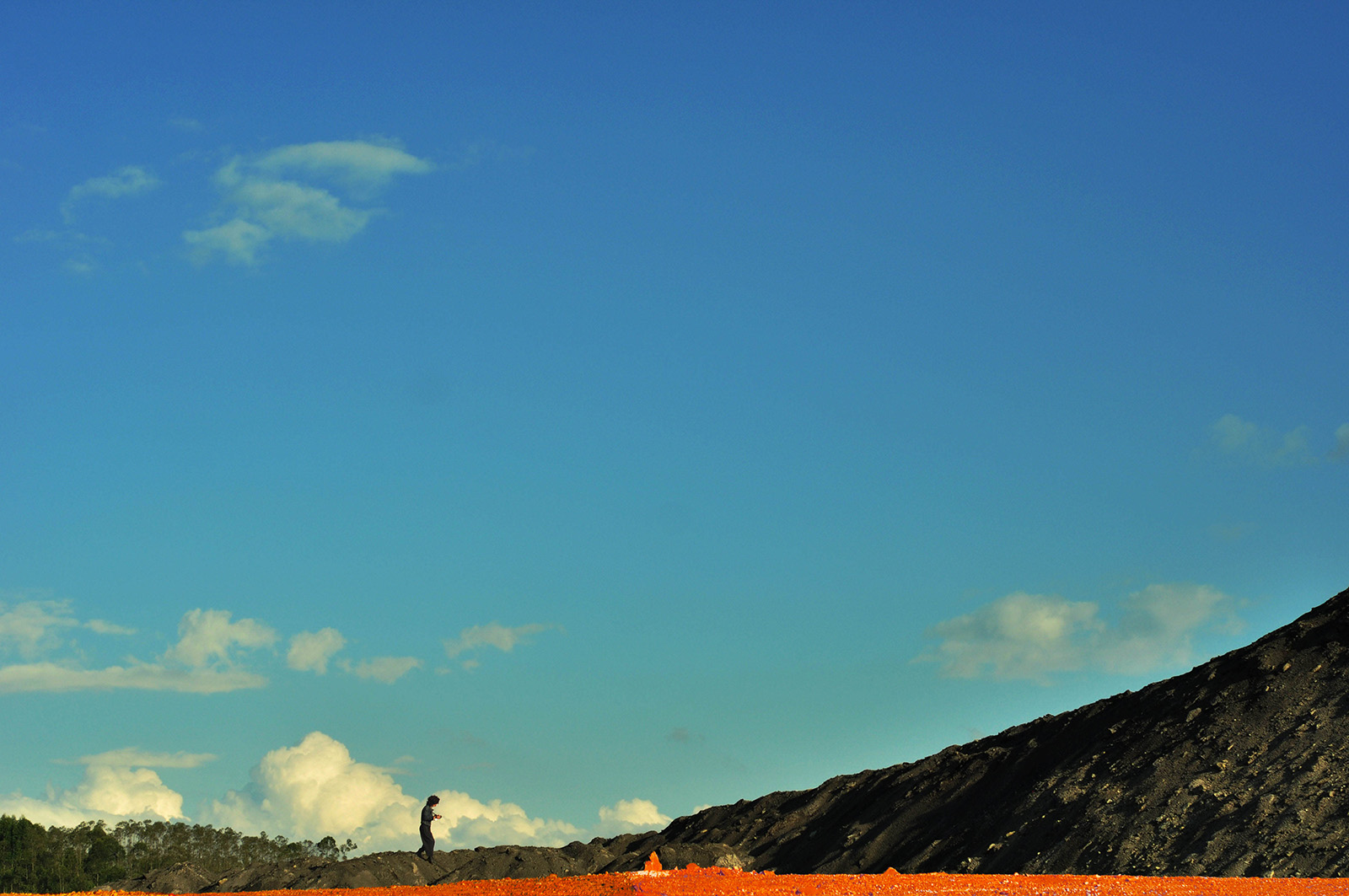
More than 500 years mark the arrival of colonization in Latin America. Since then, Latin American territories, acknowledged for their mineral wealth, have been exploited and suffocated by extractive activities.
Read More
Amid a global scenario of crises, catastrophes, and climate emergencies, art and its capacity for affection, potentializing the encounter of human and non-human bodies, becomes the central axis of this research-creation.
Read More